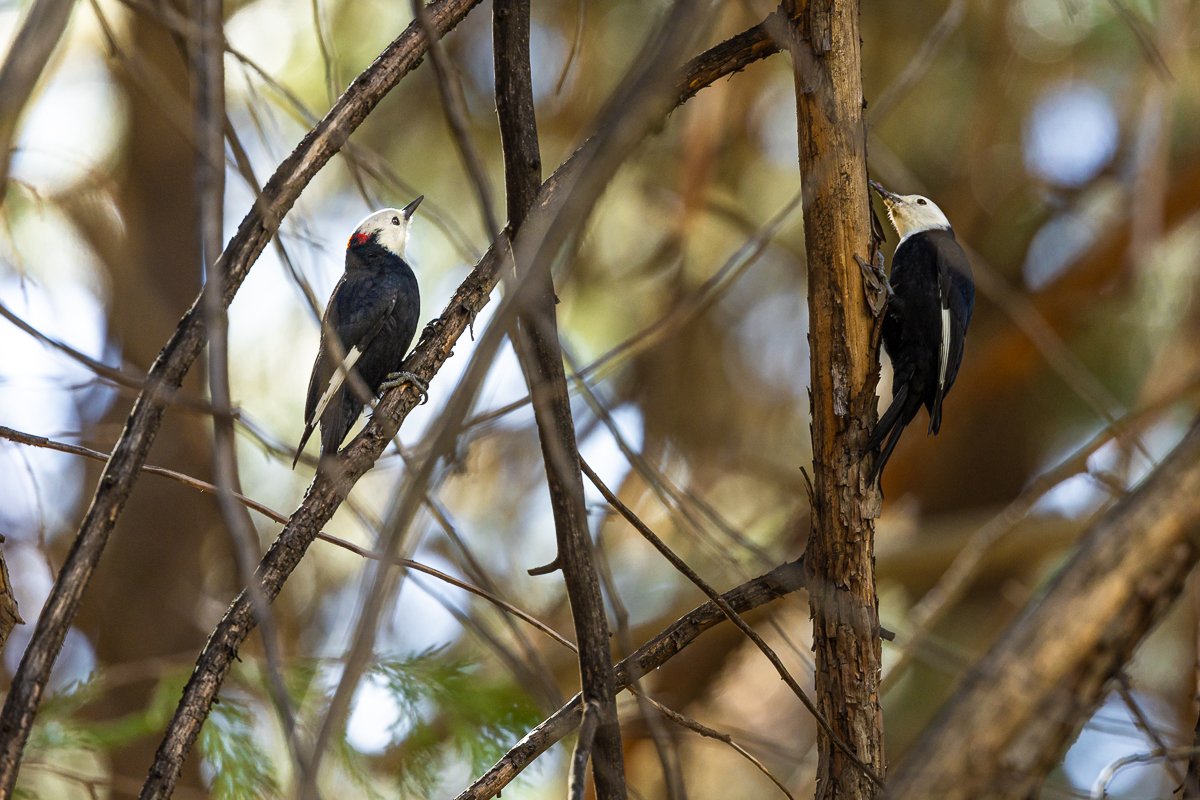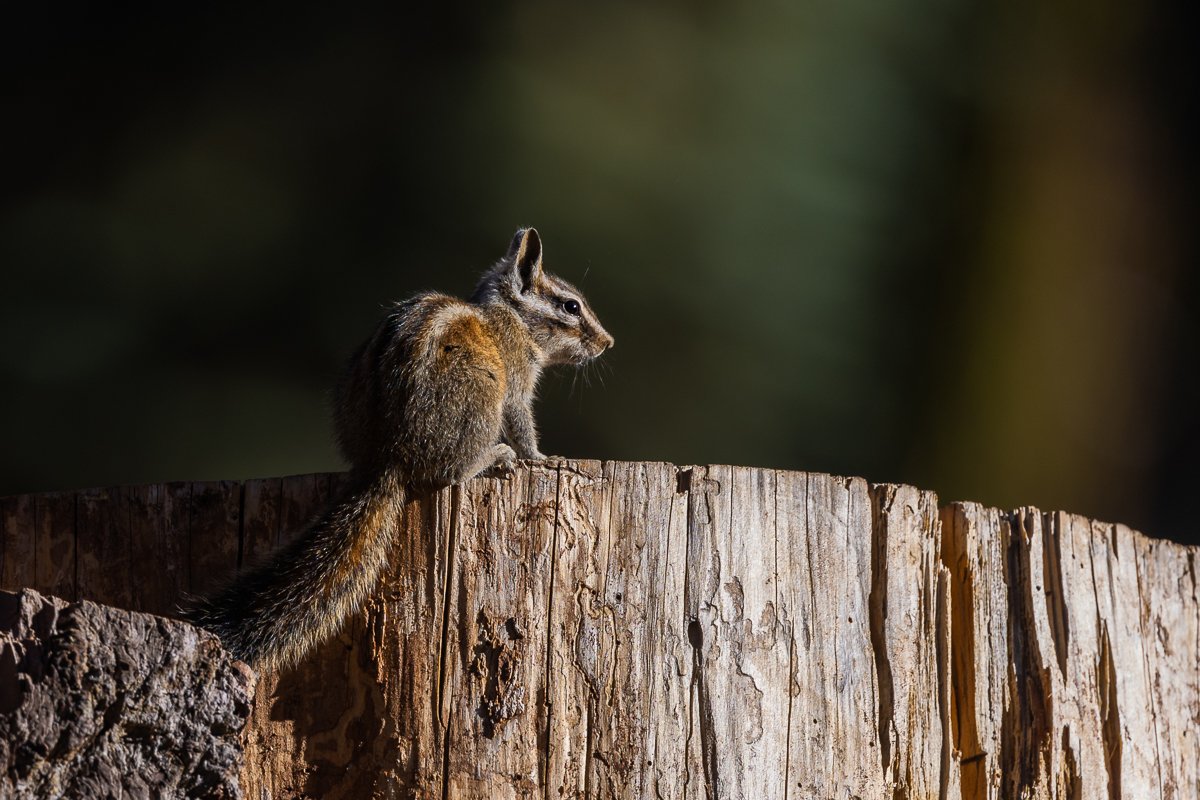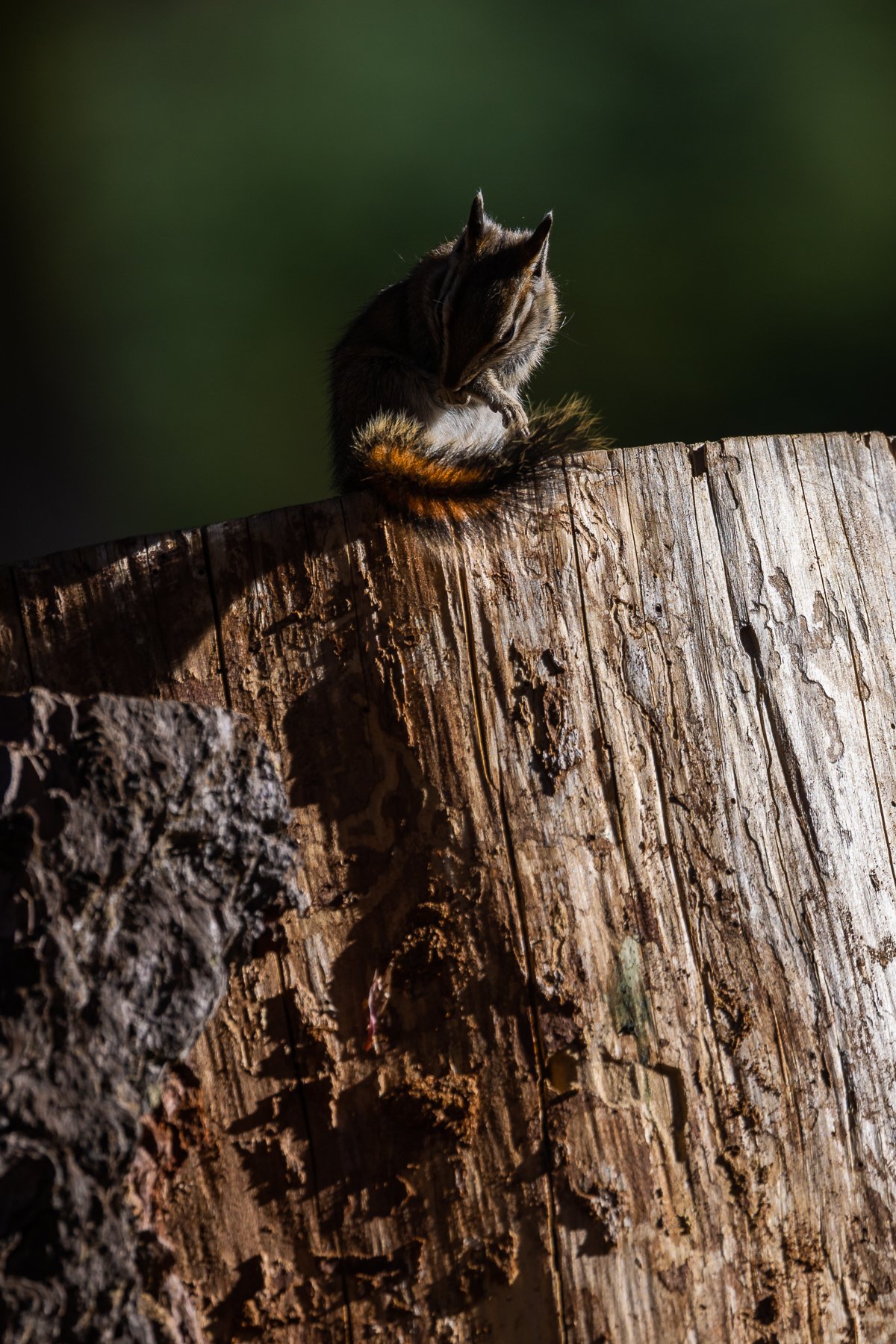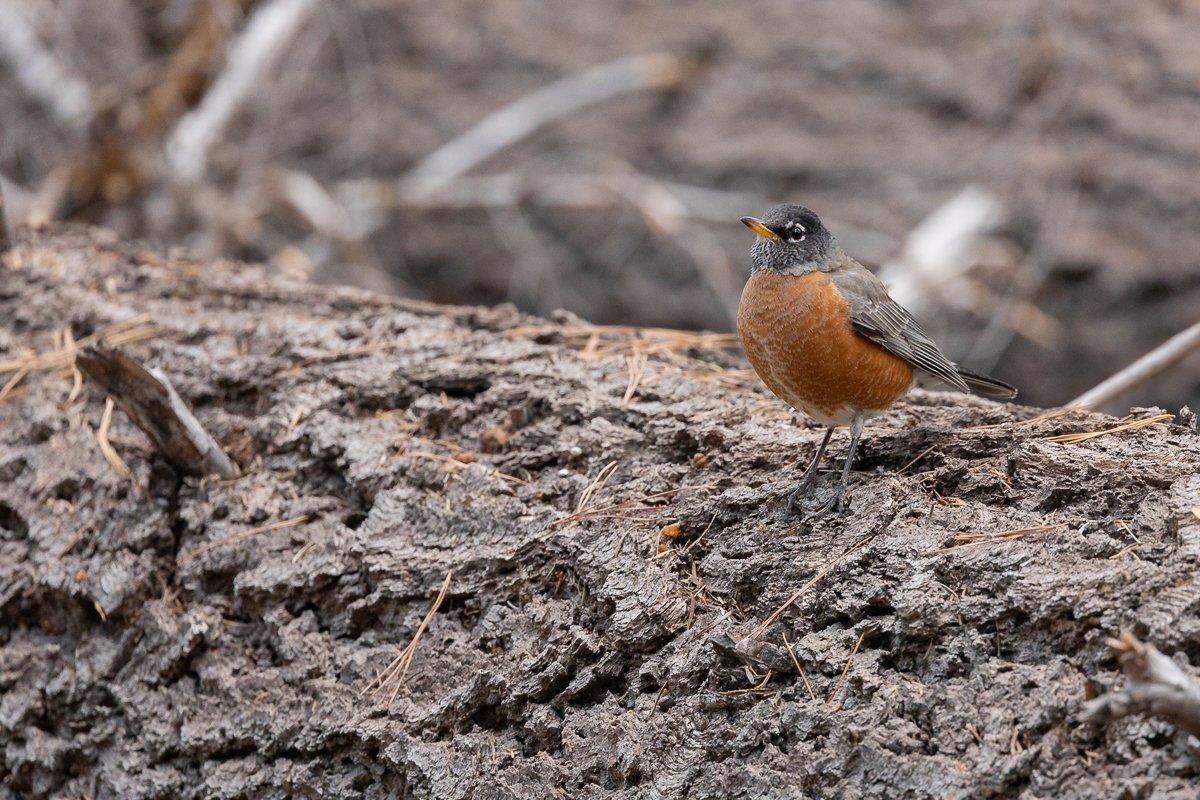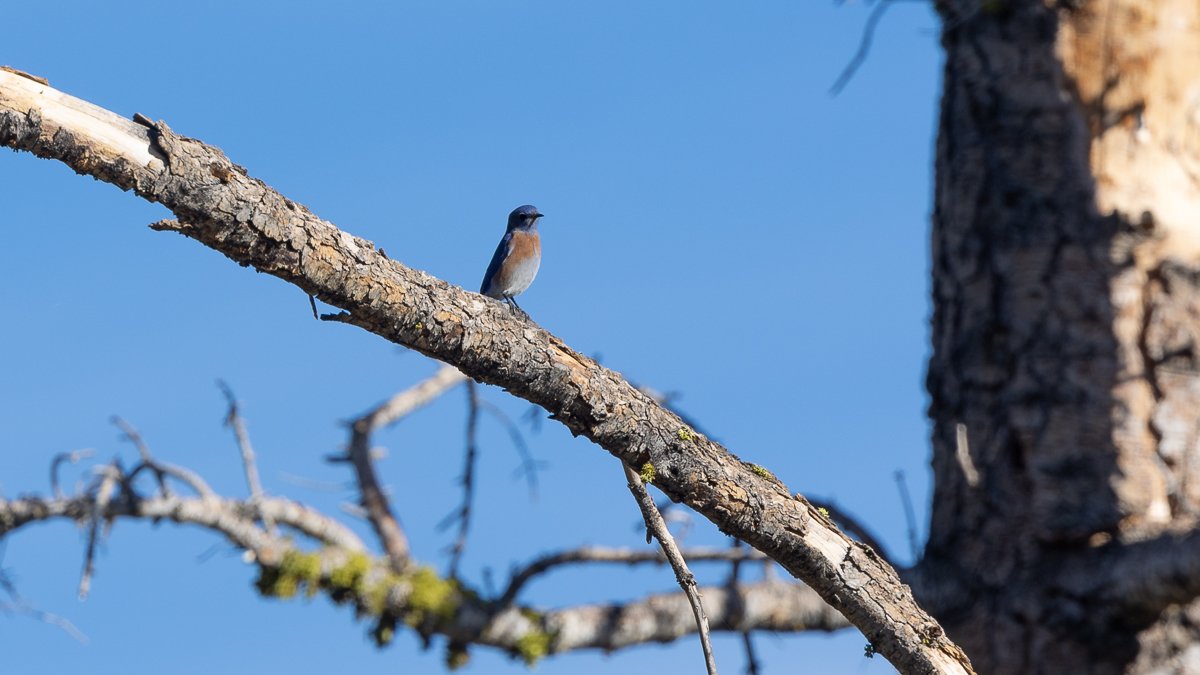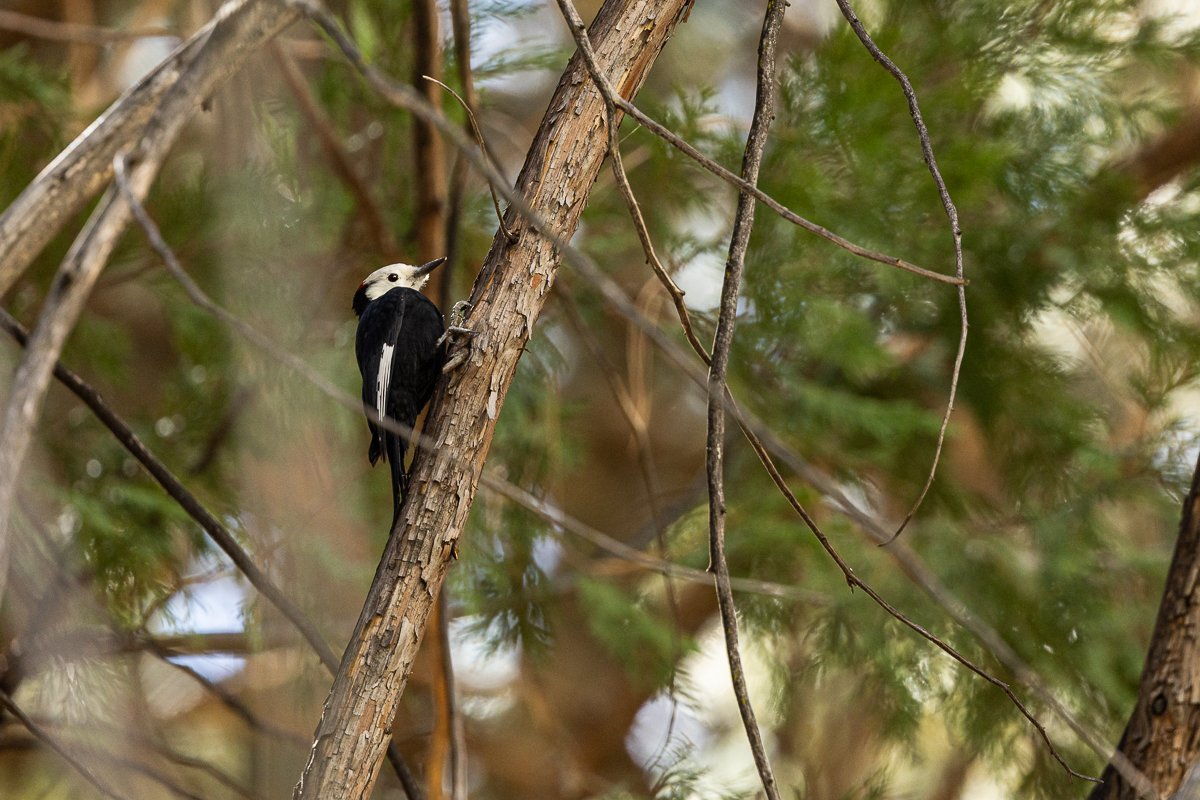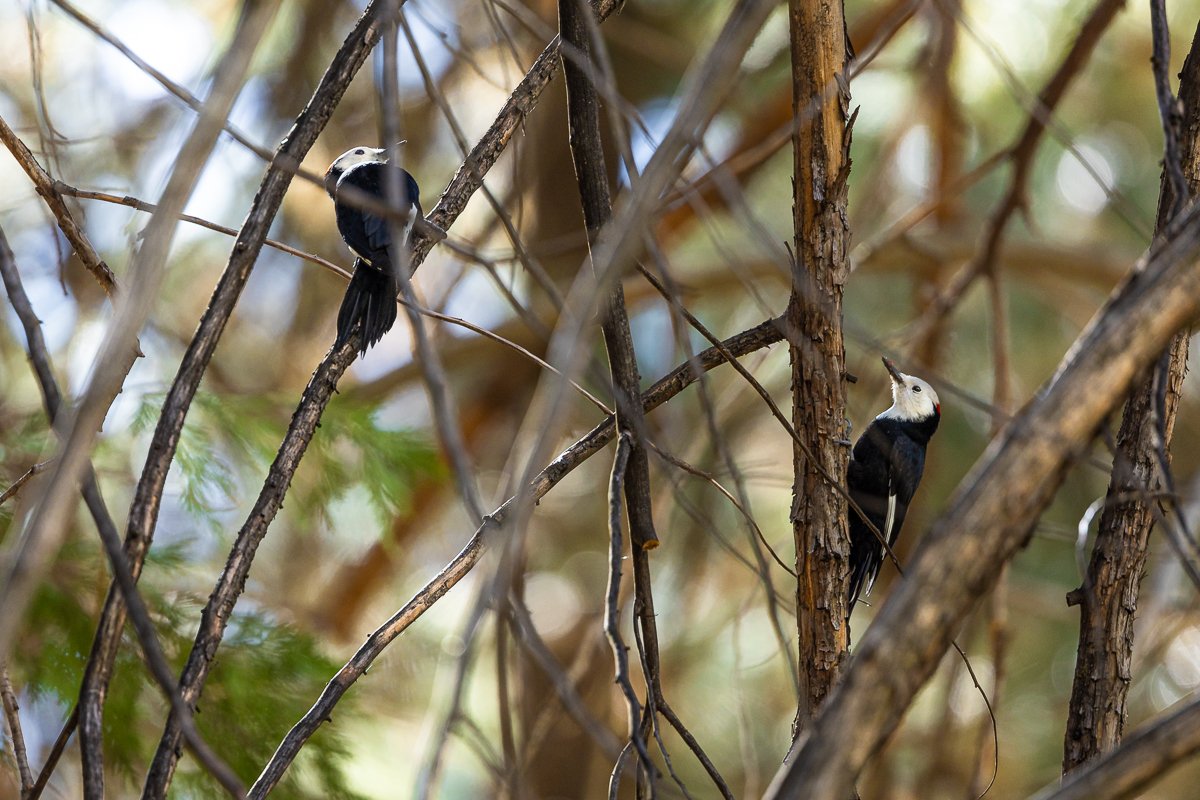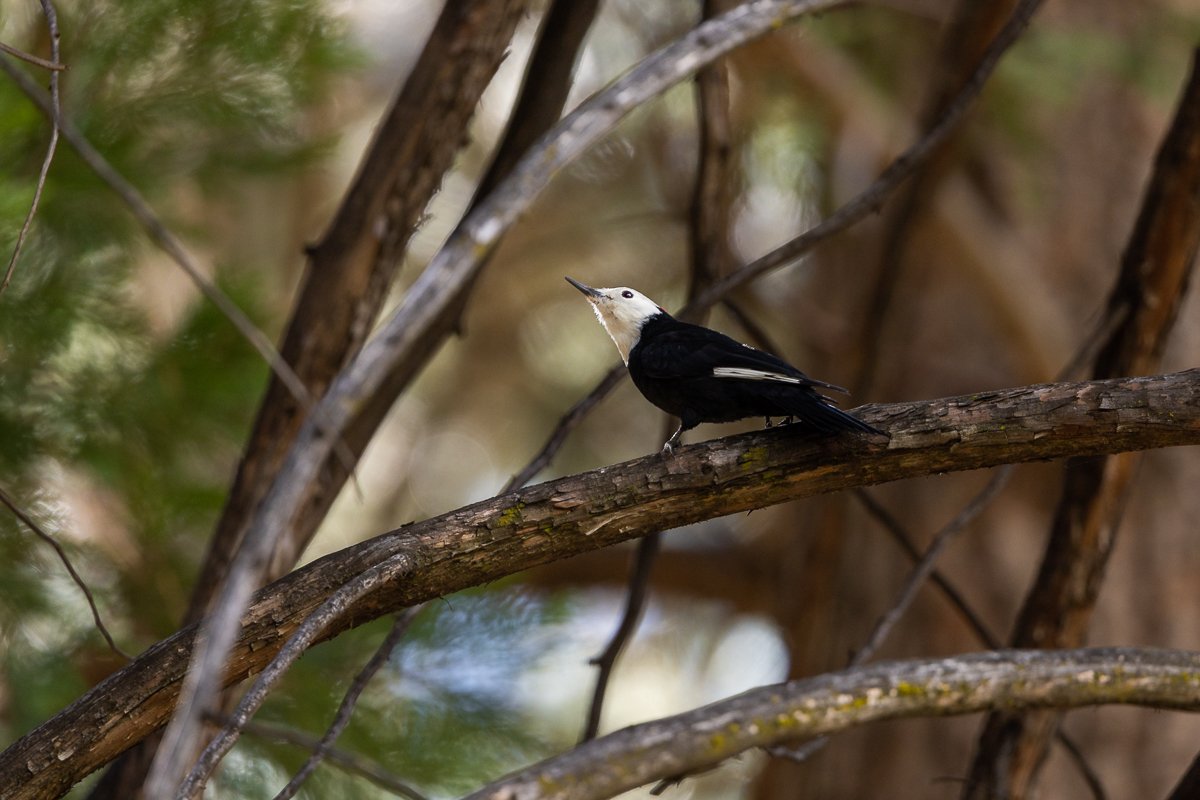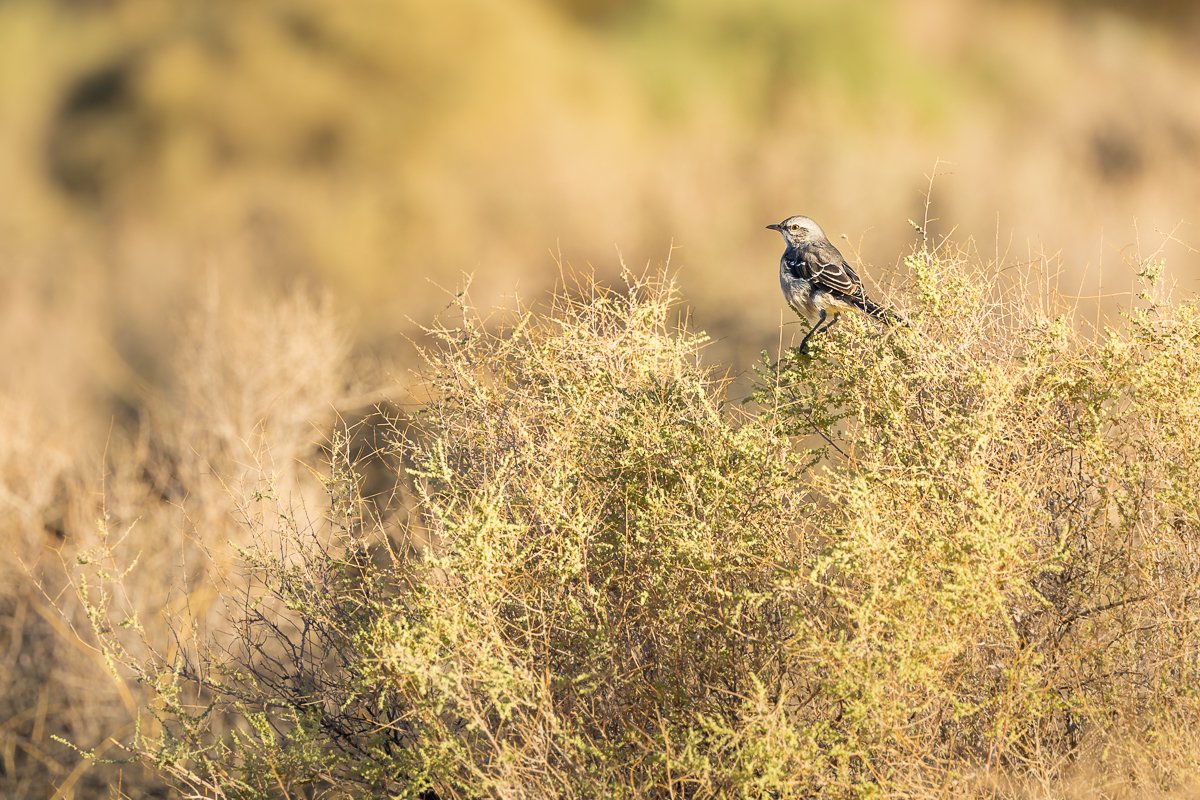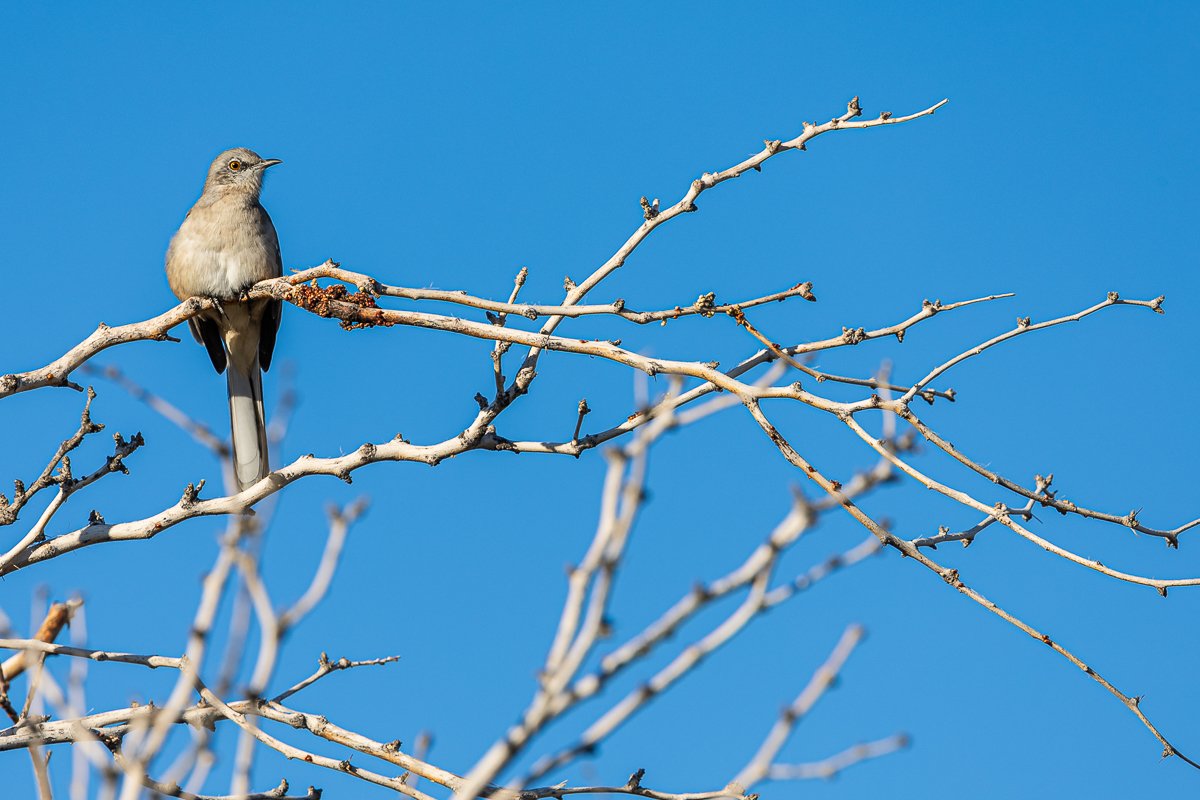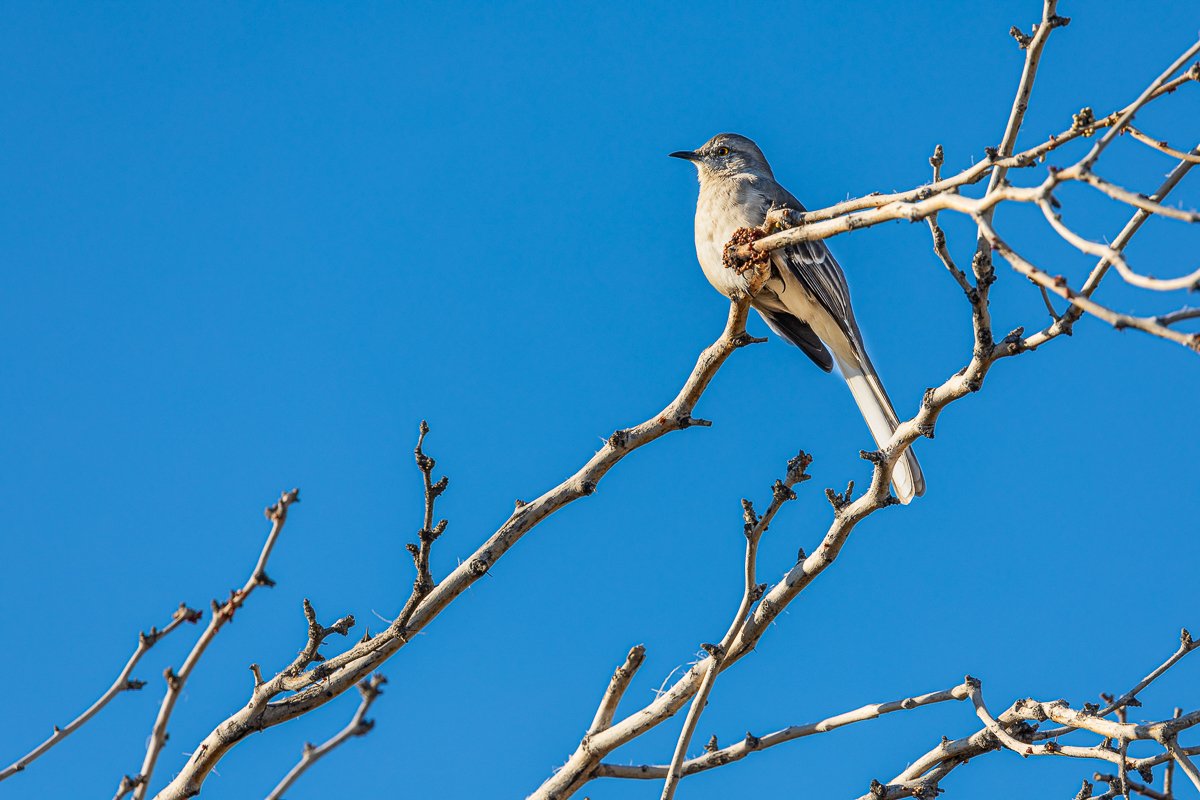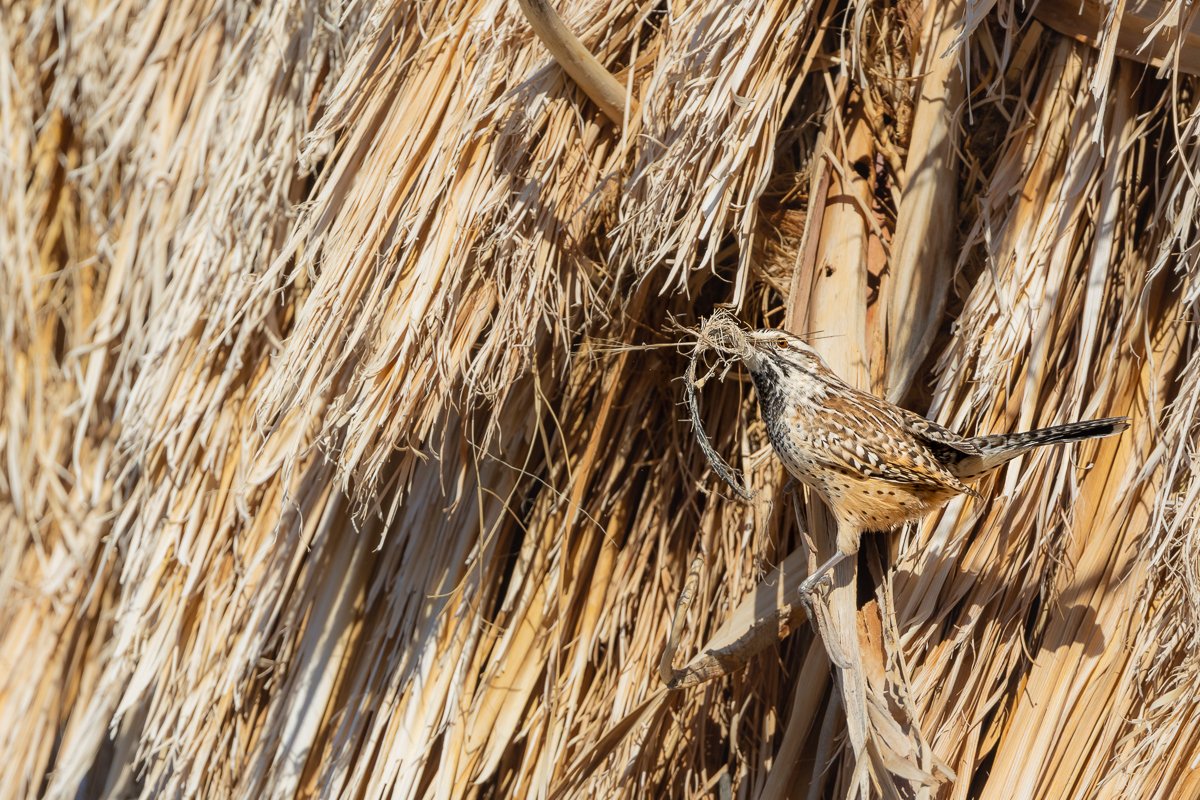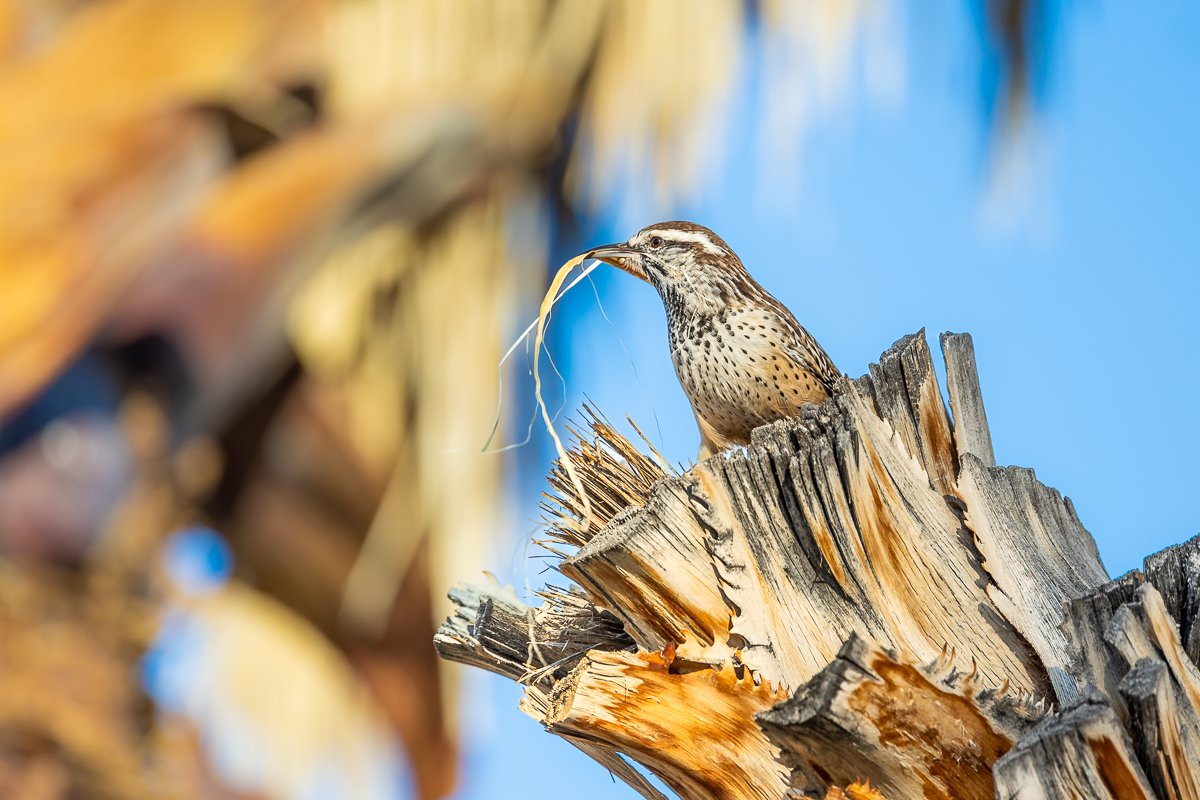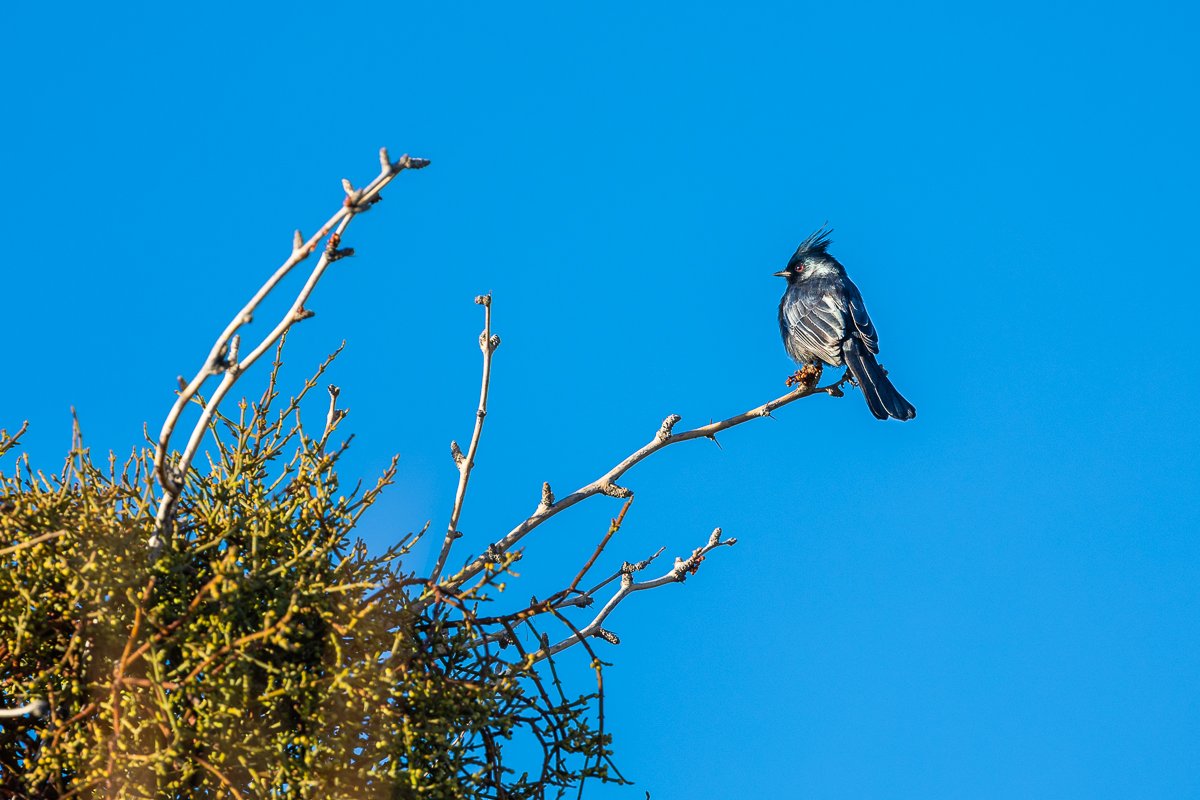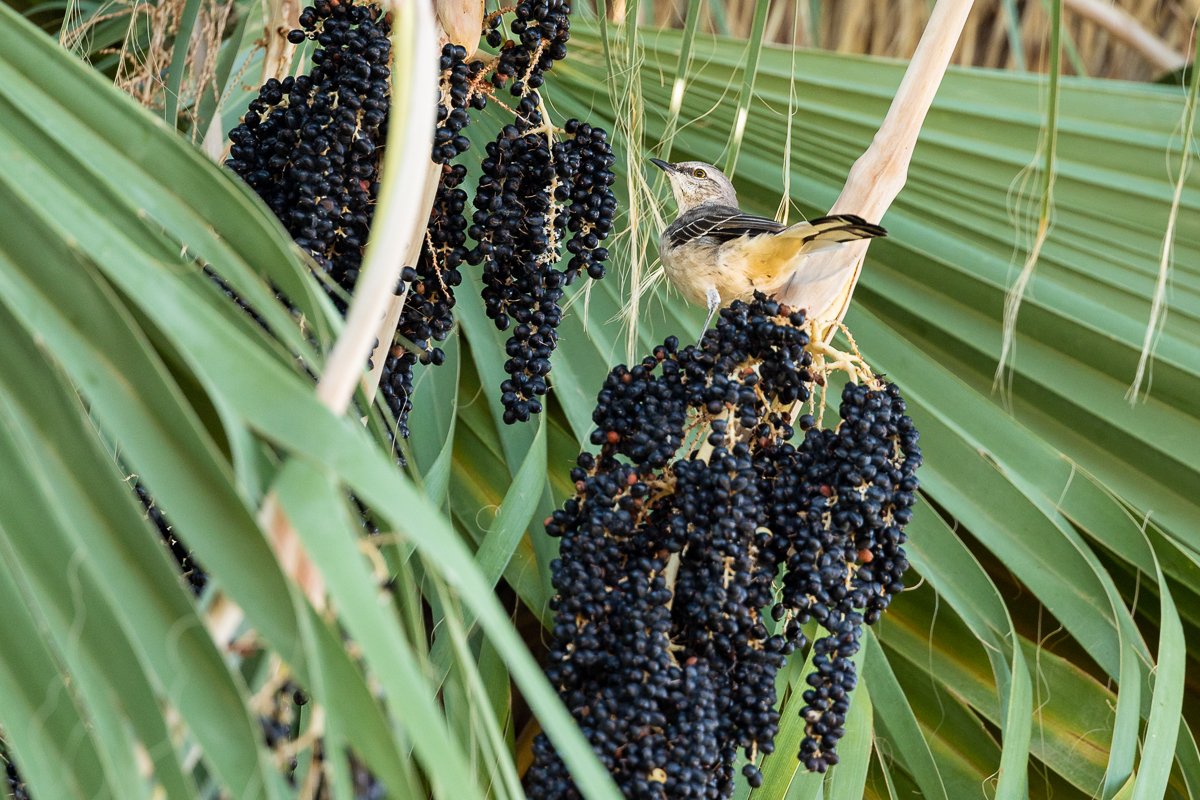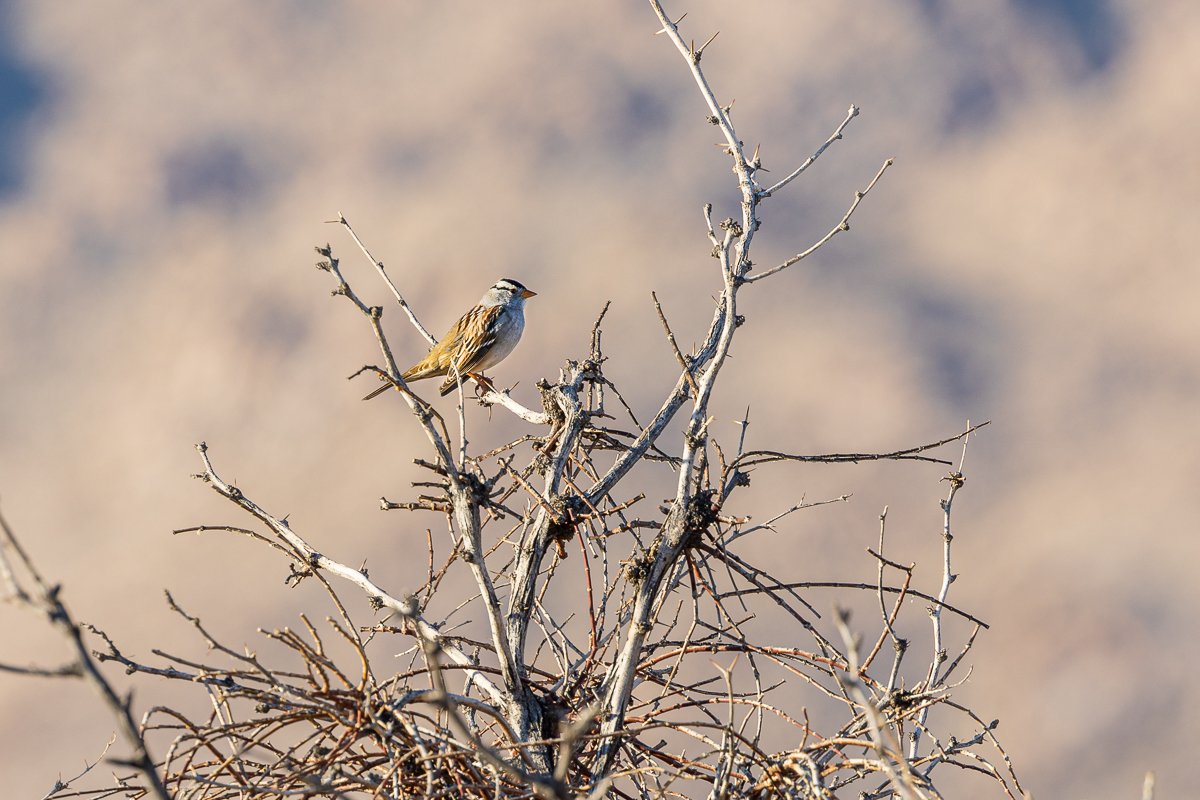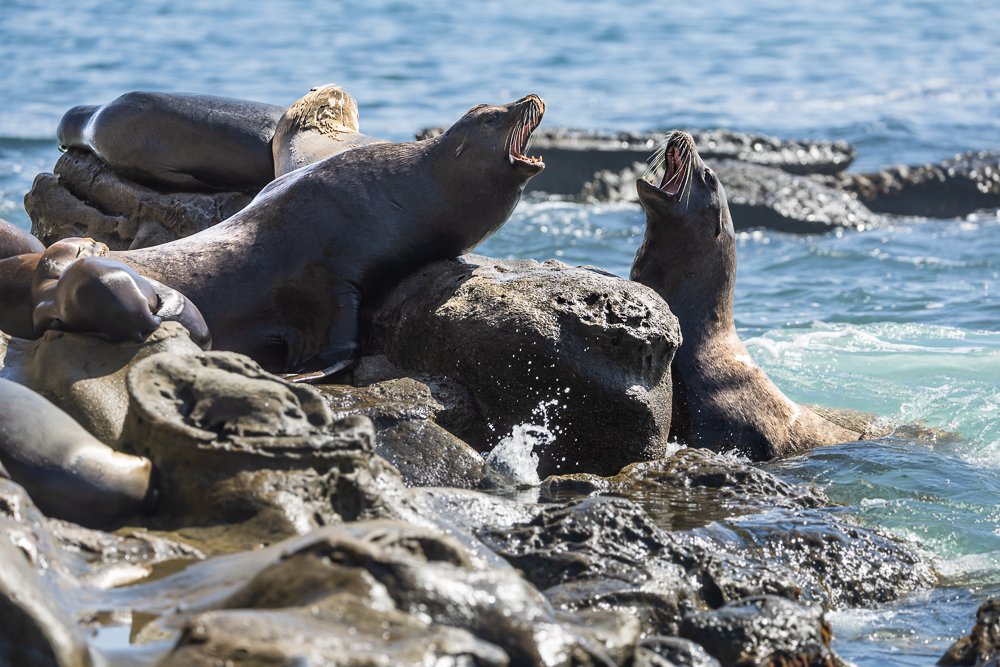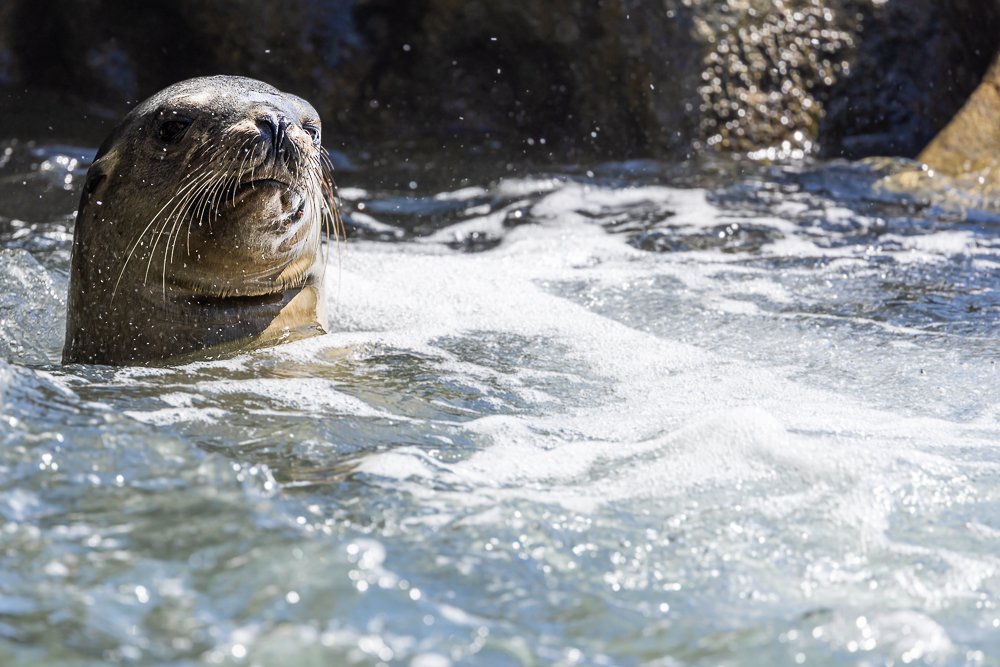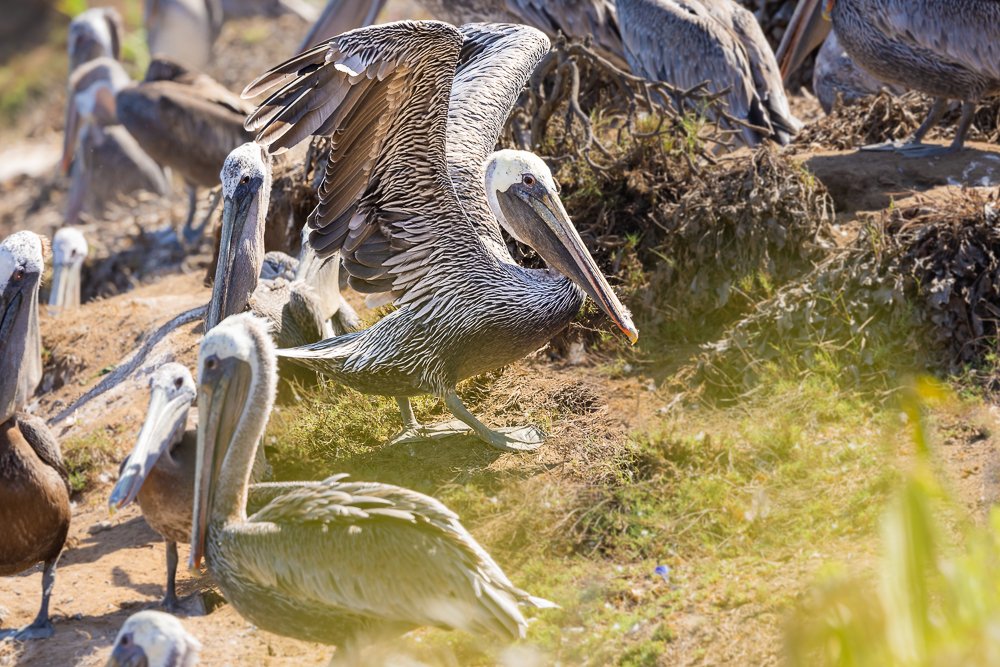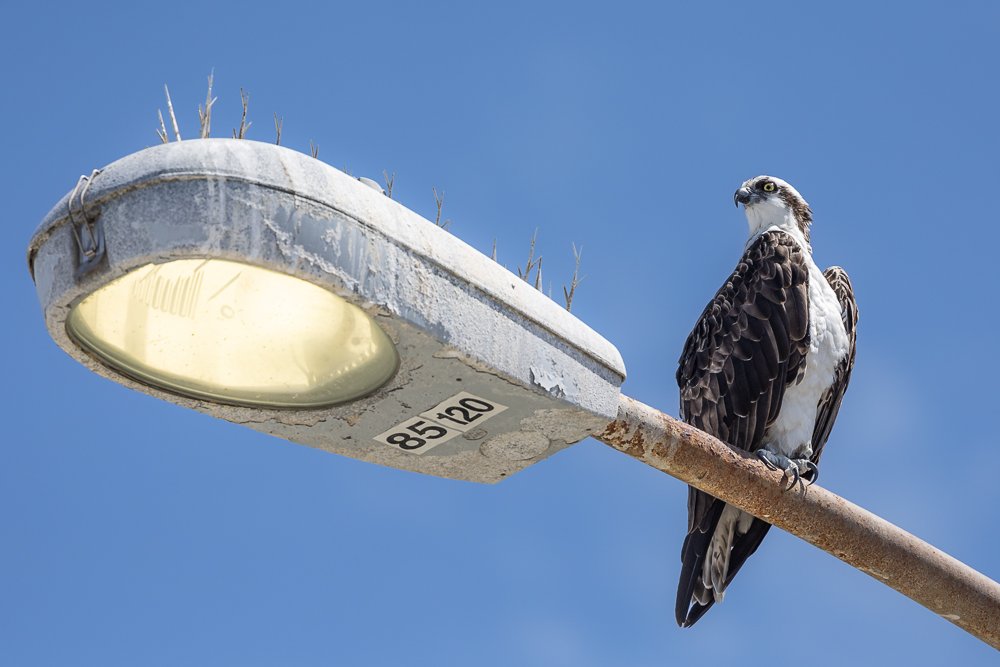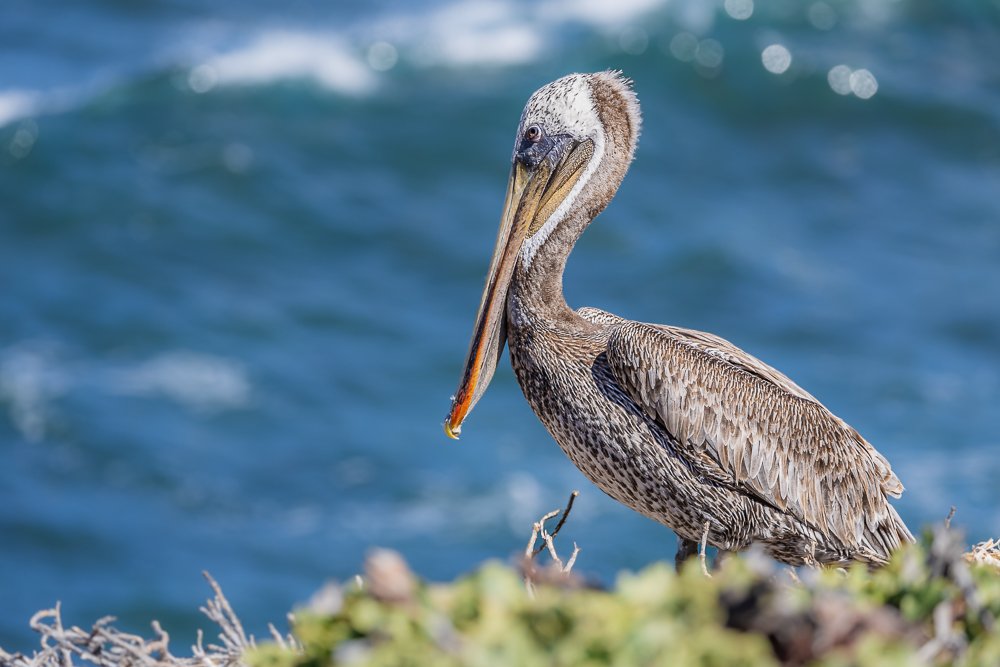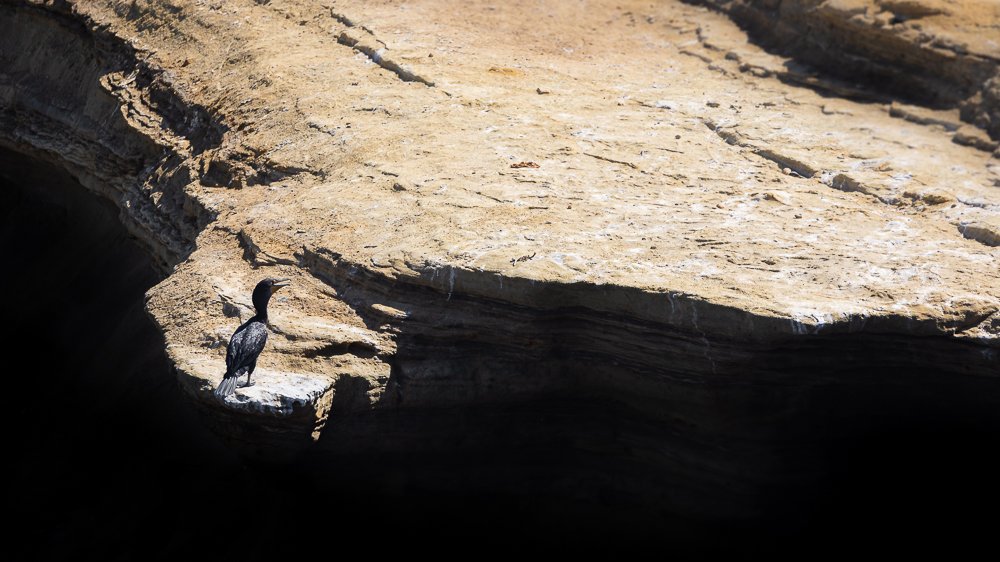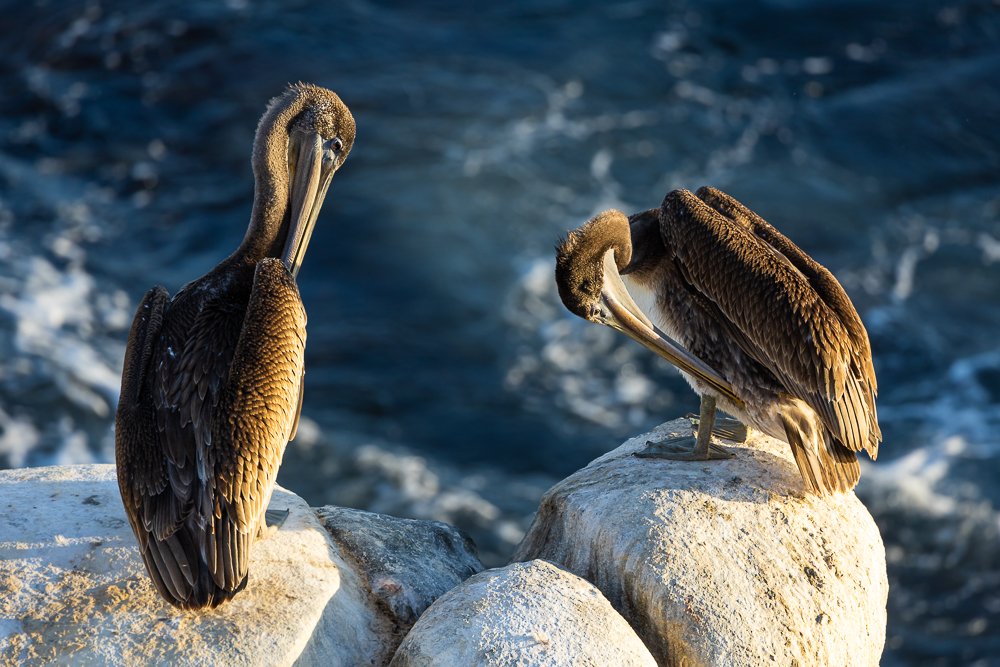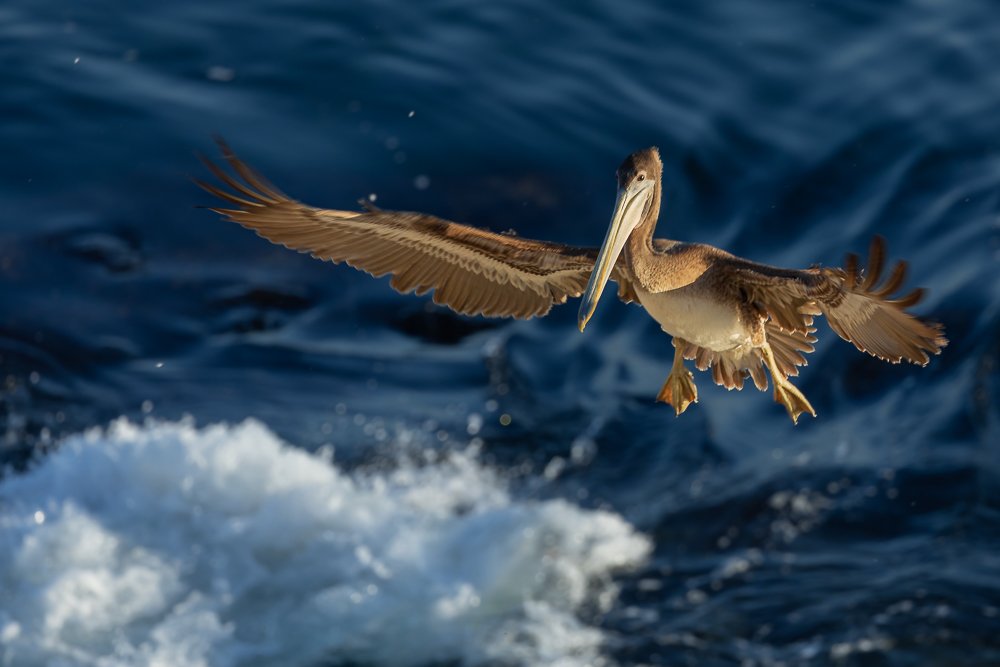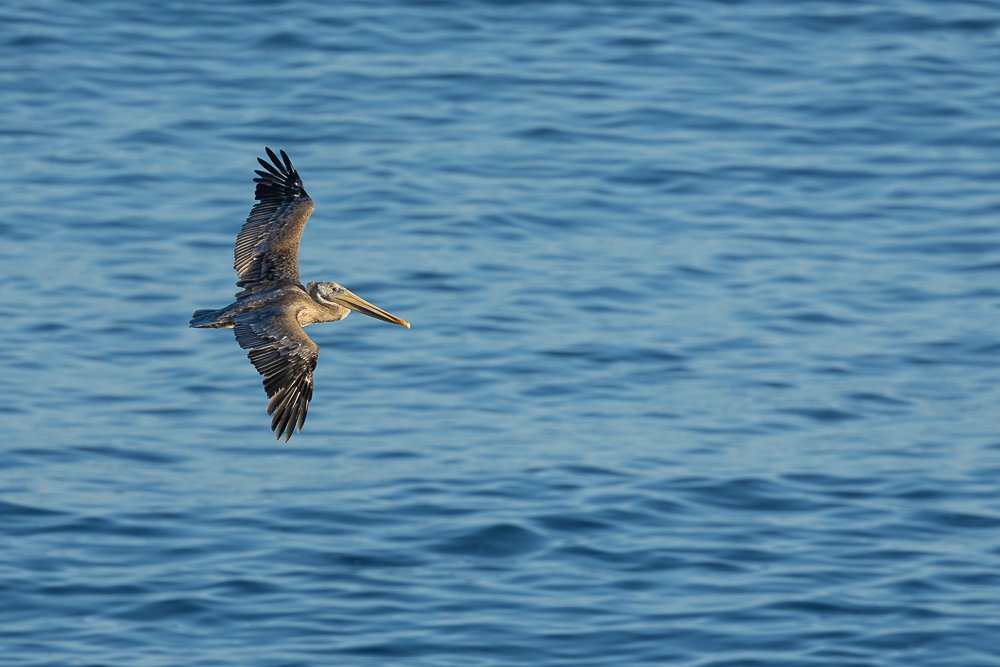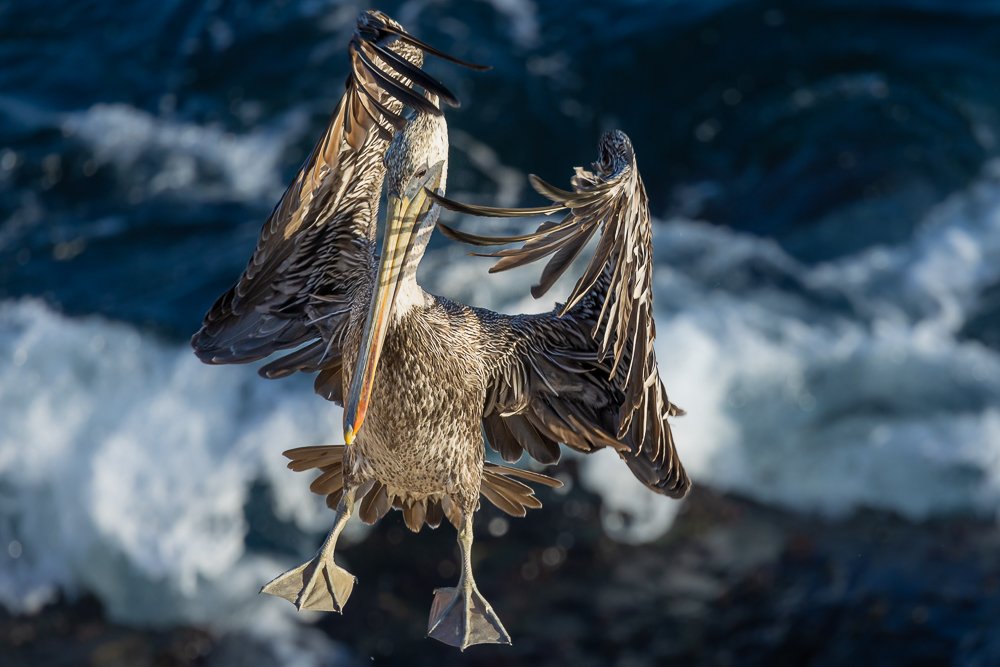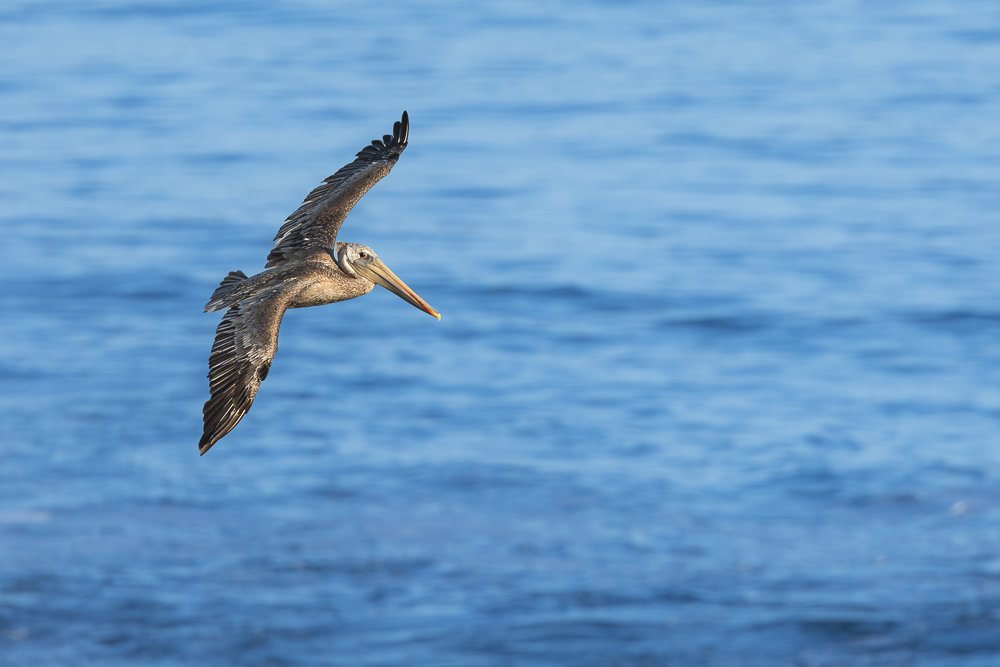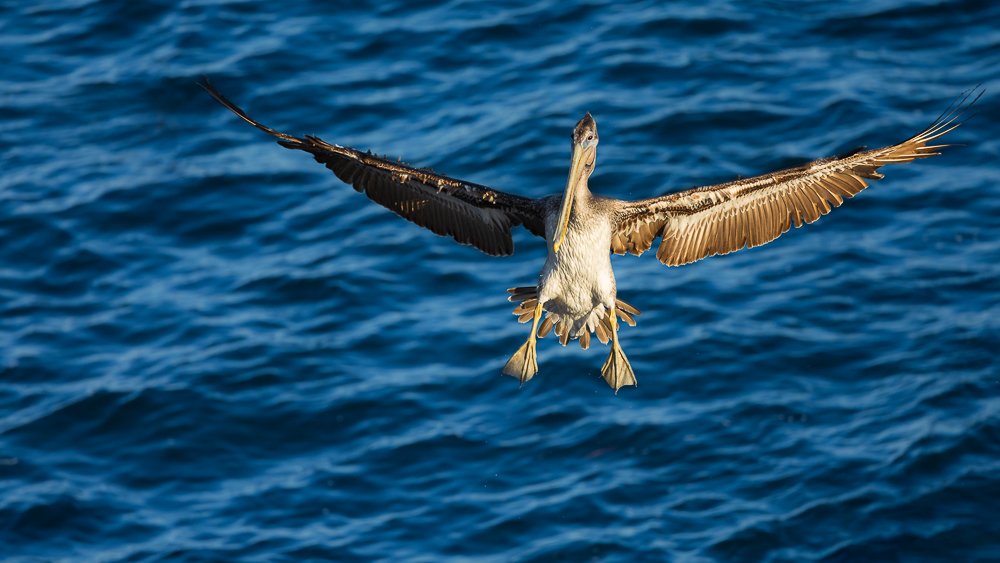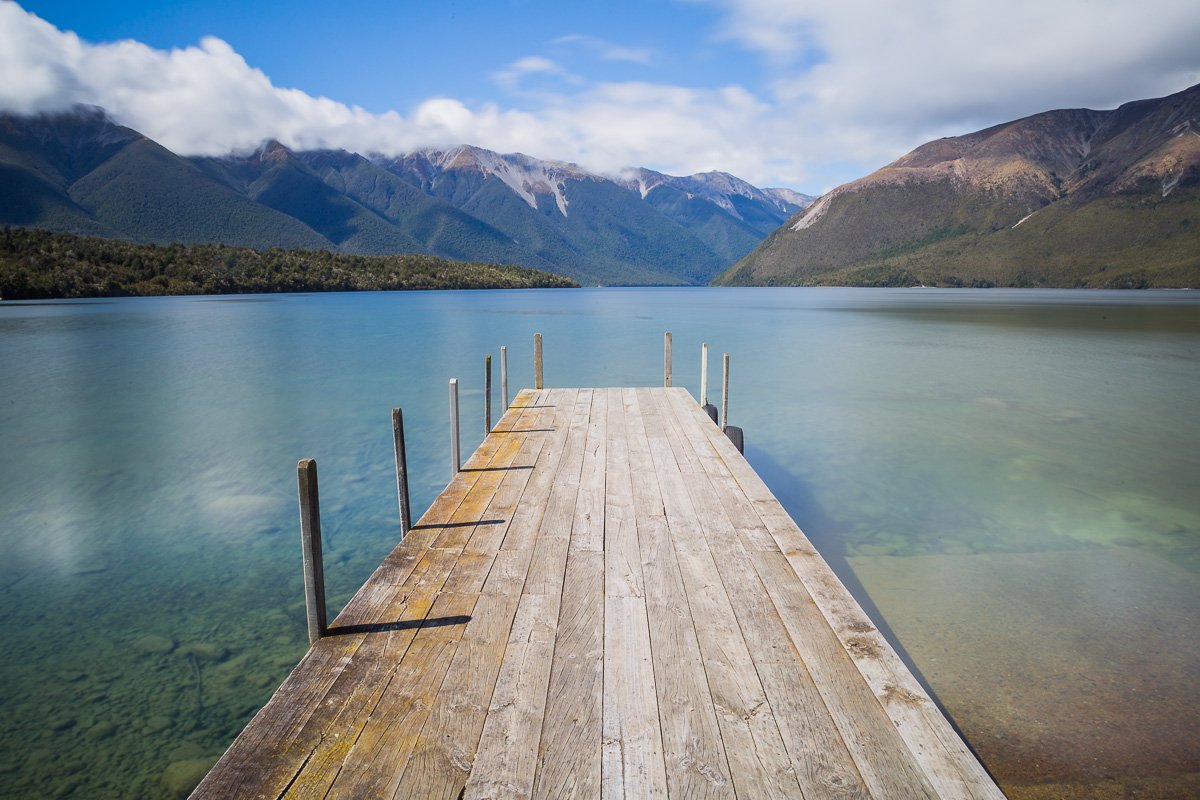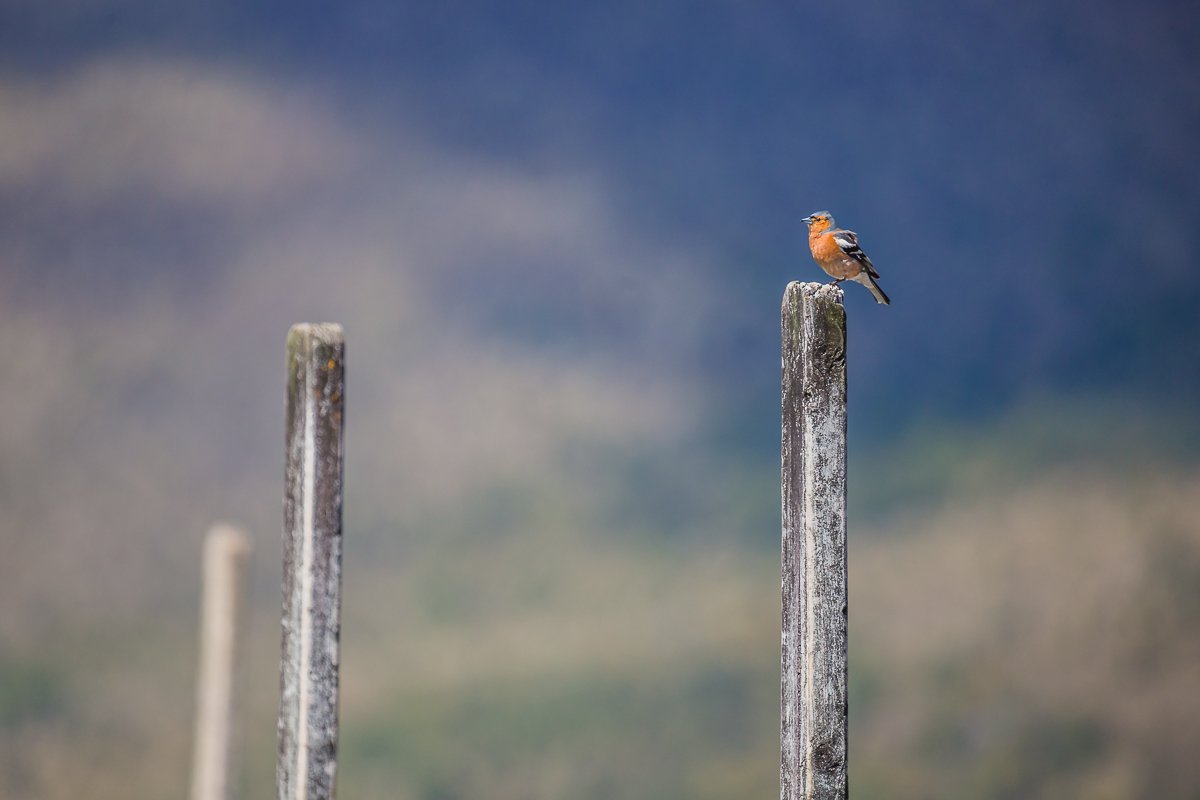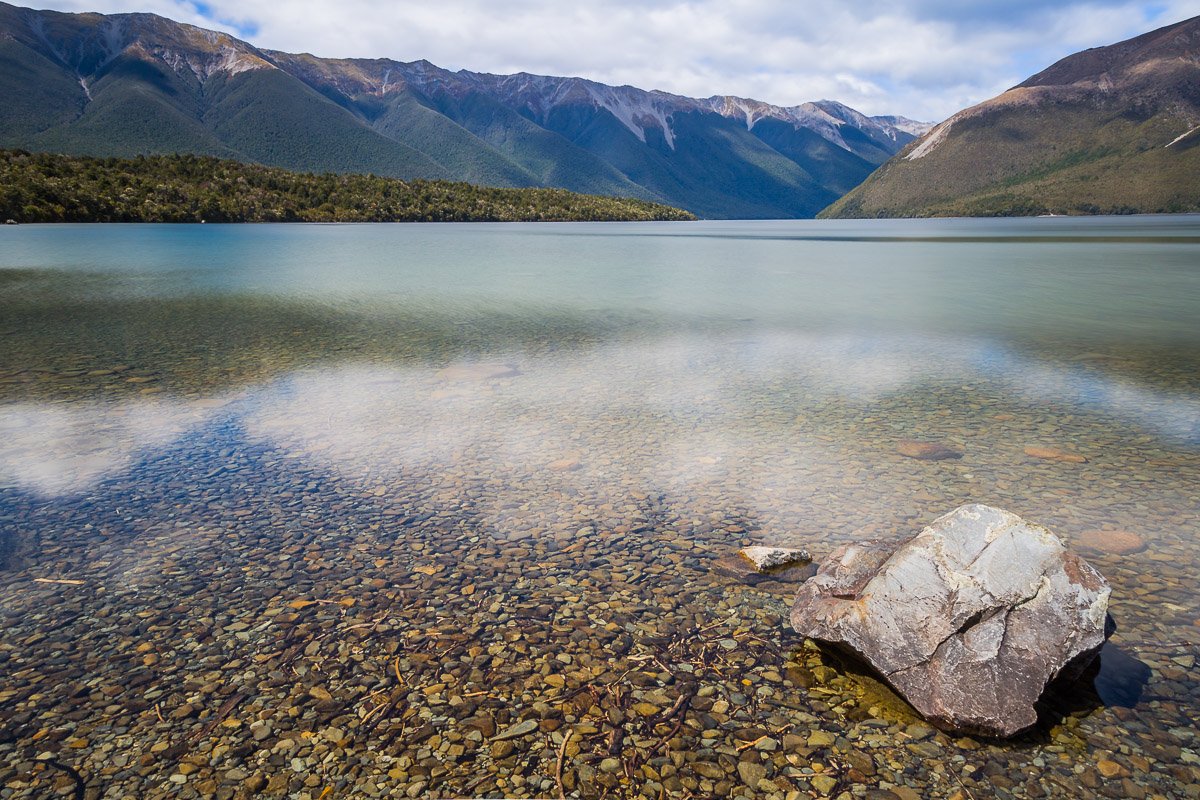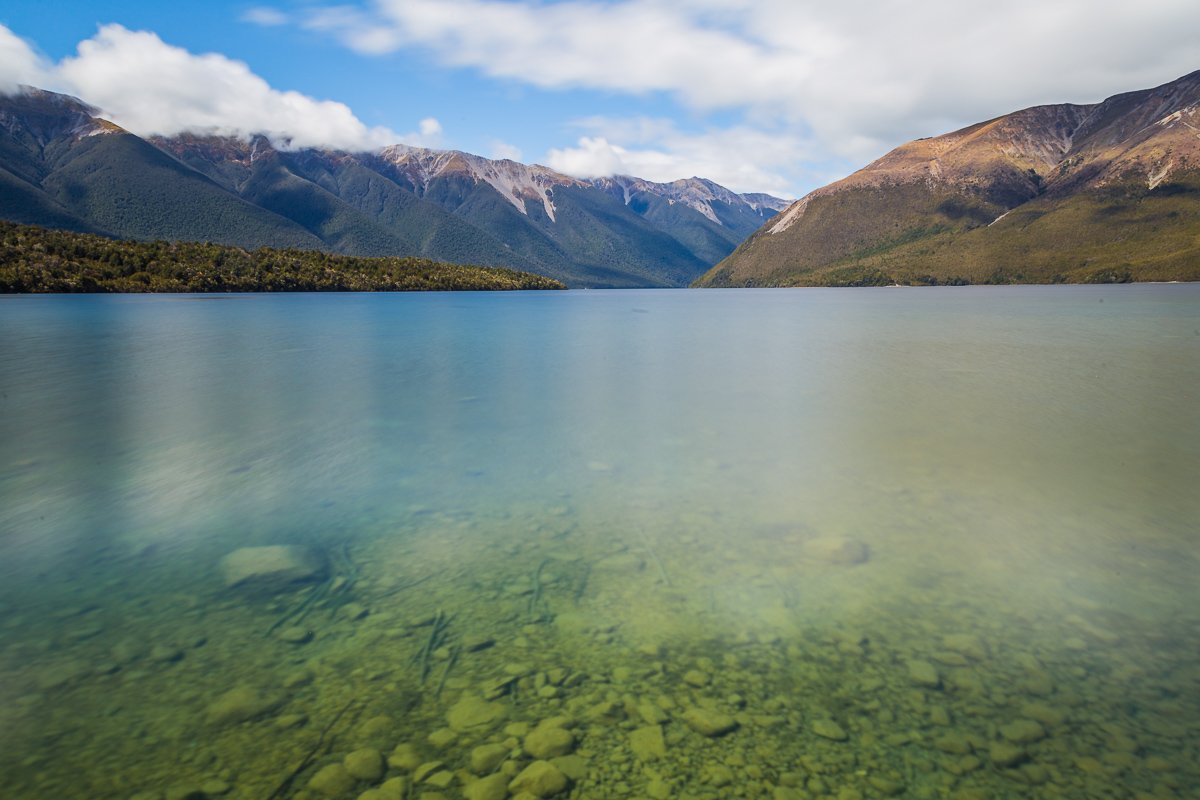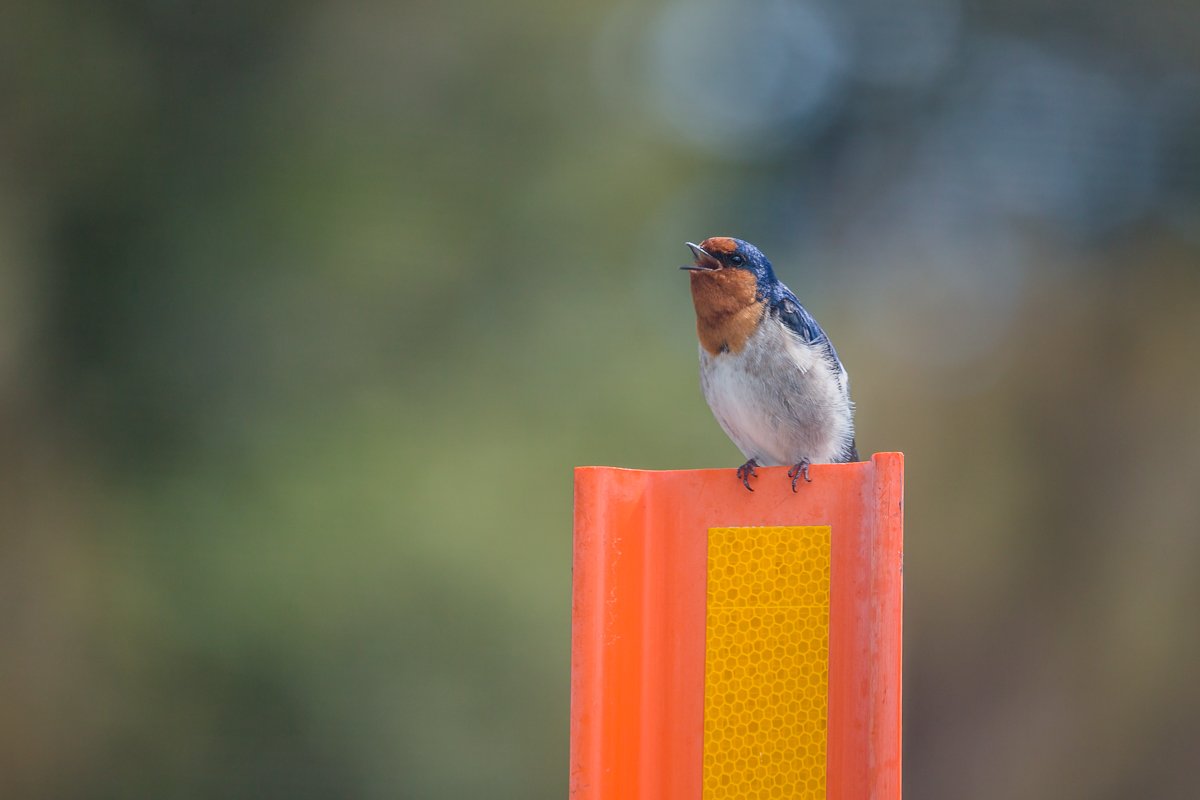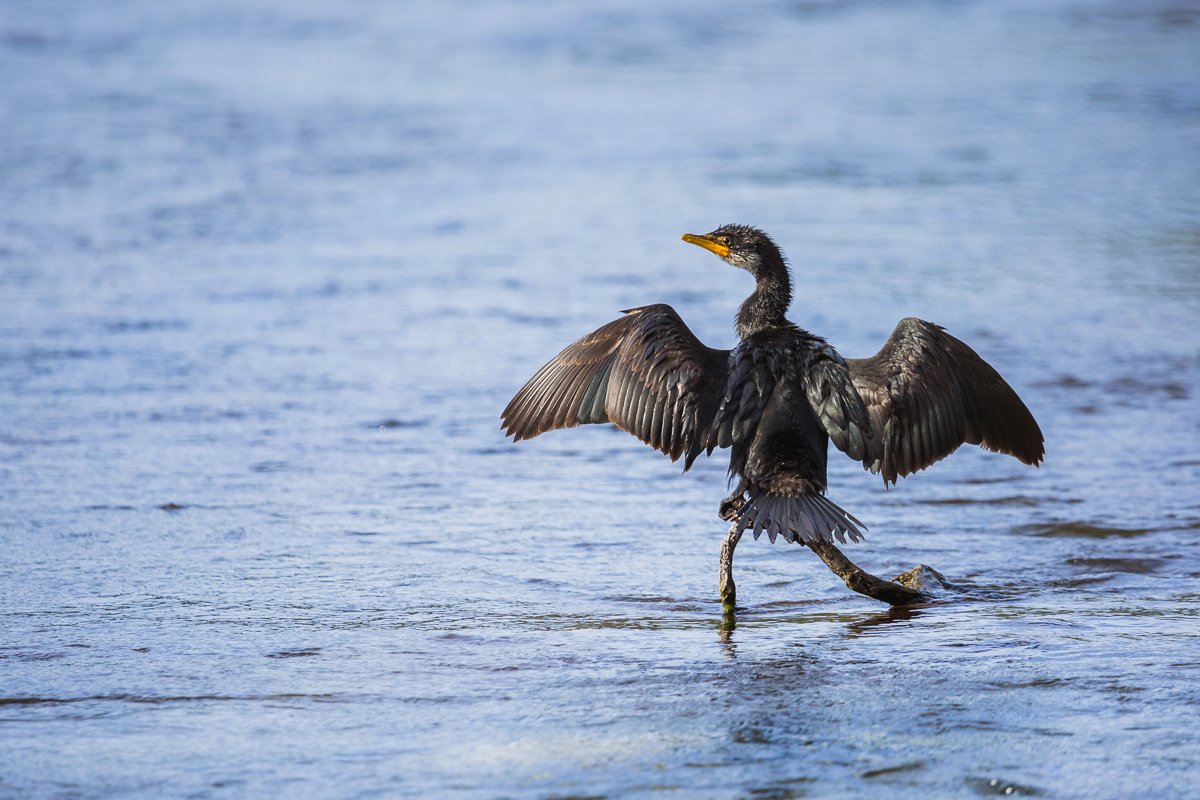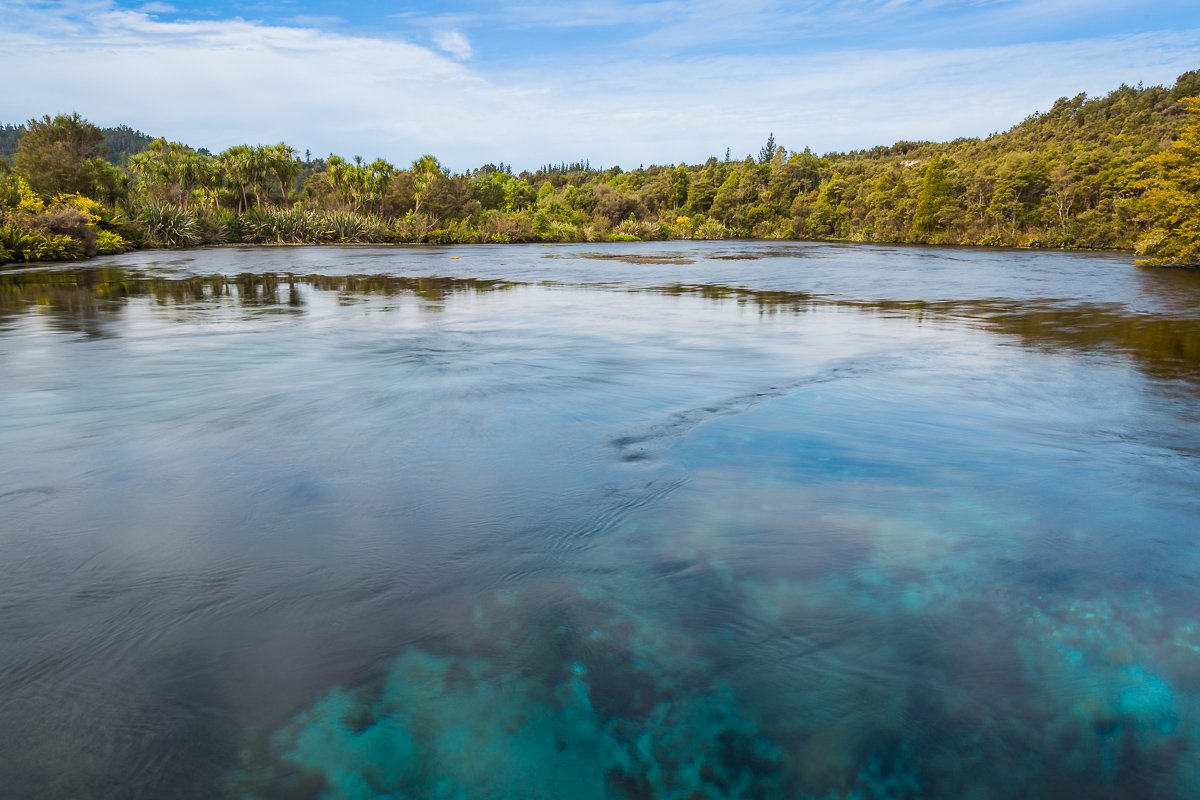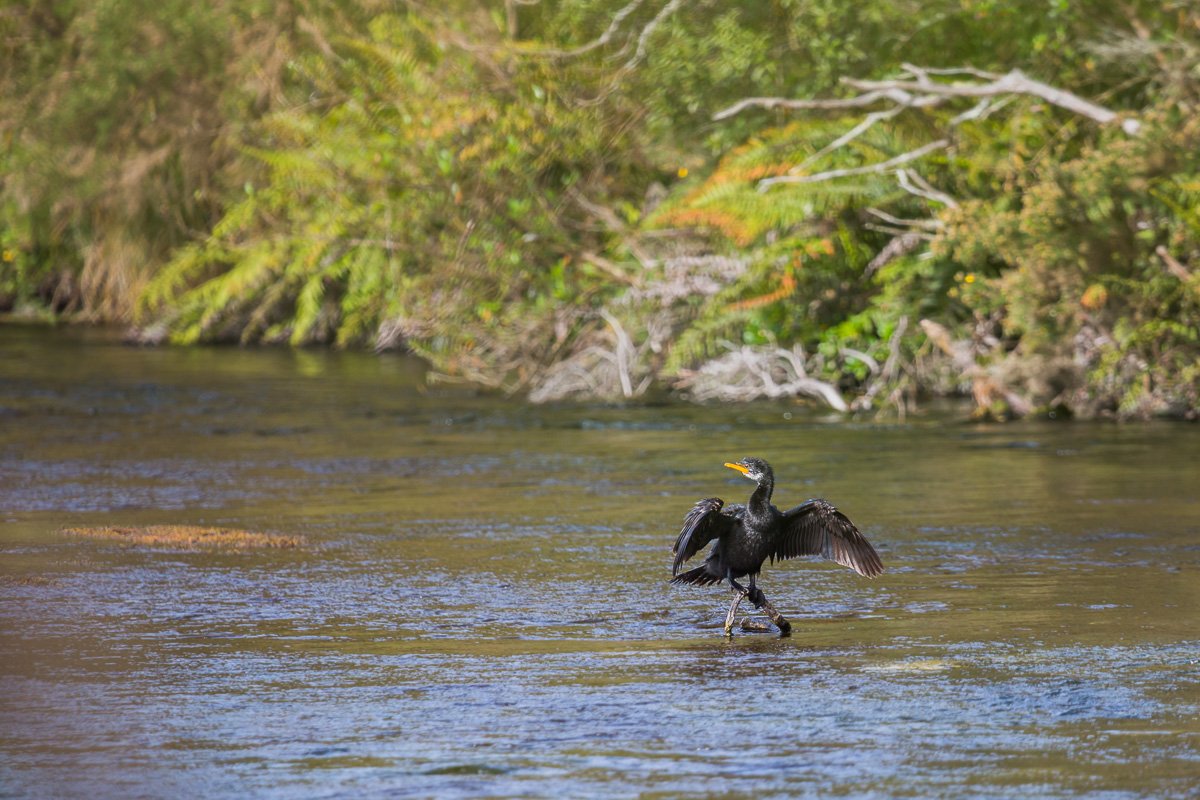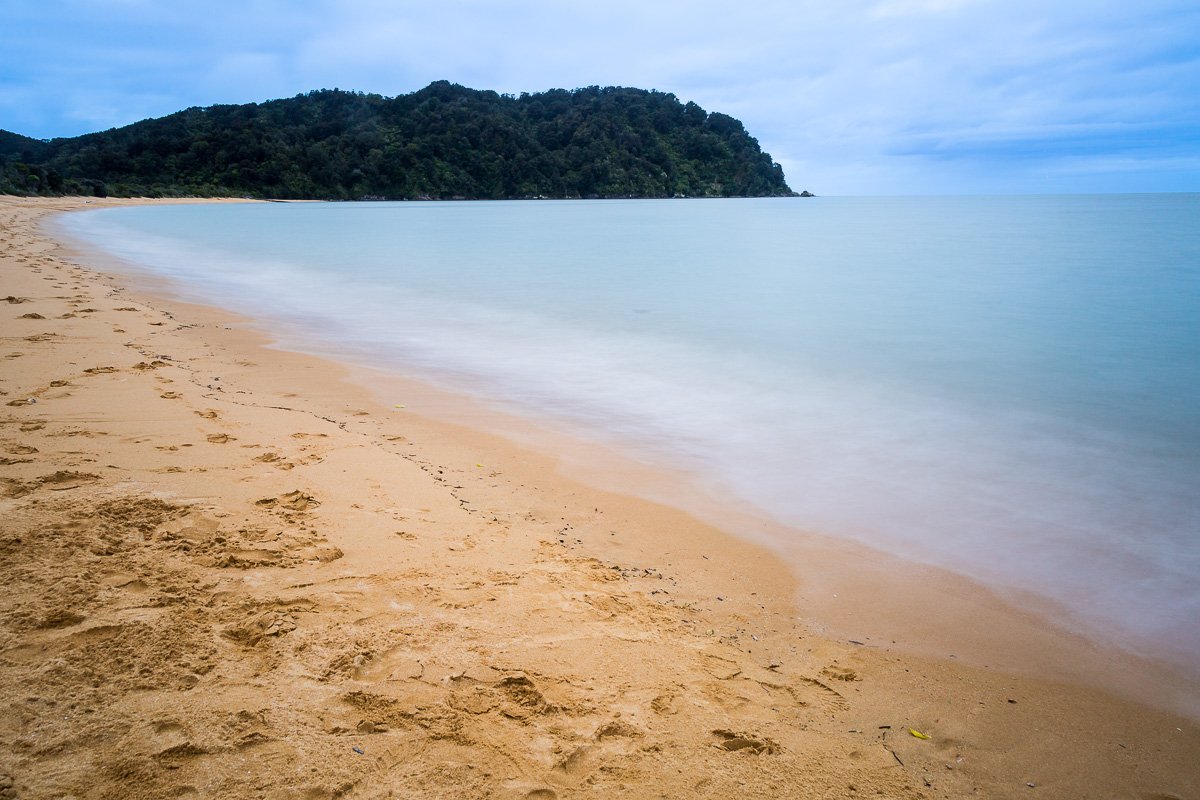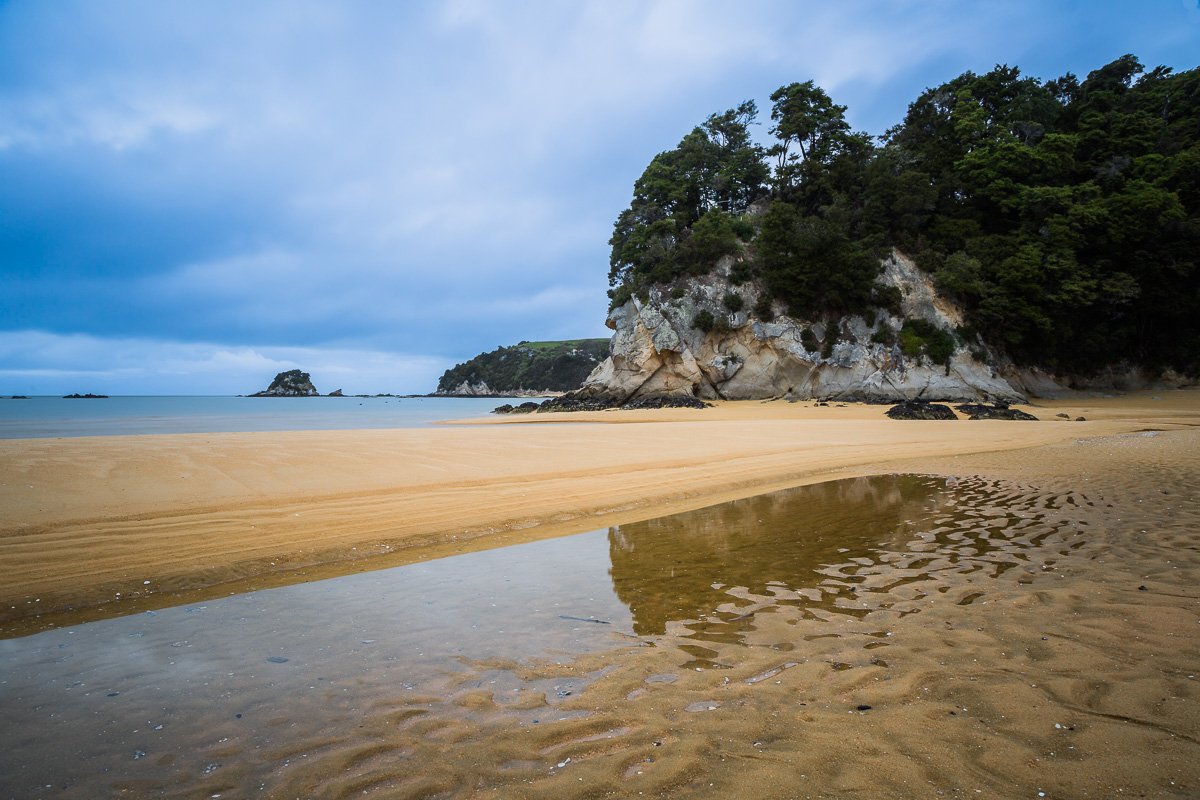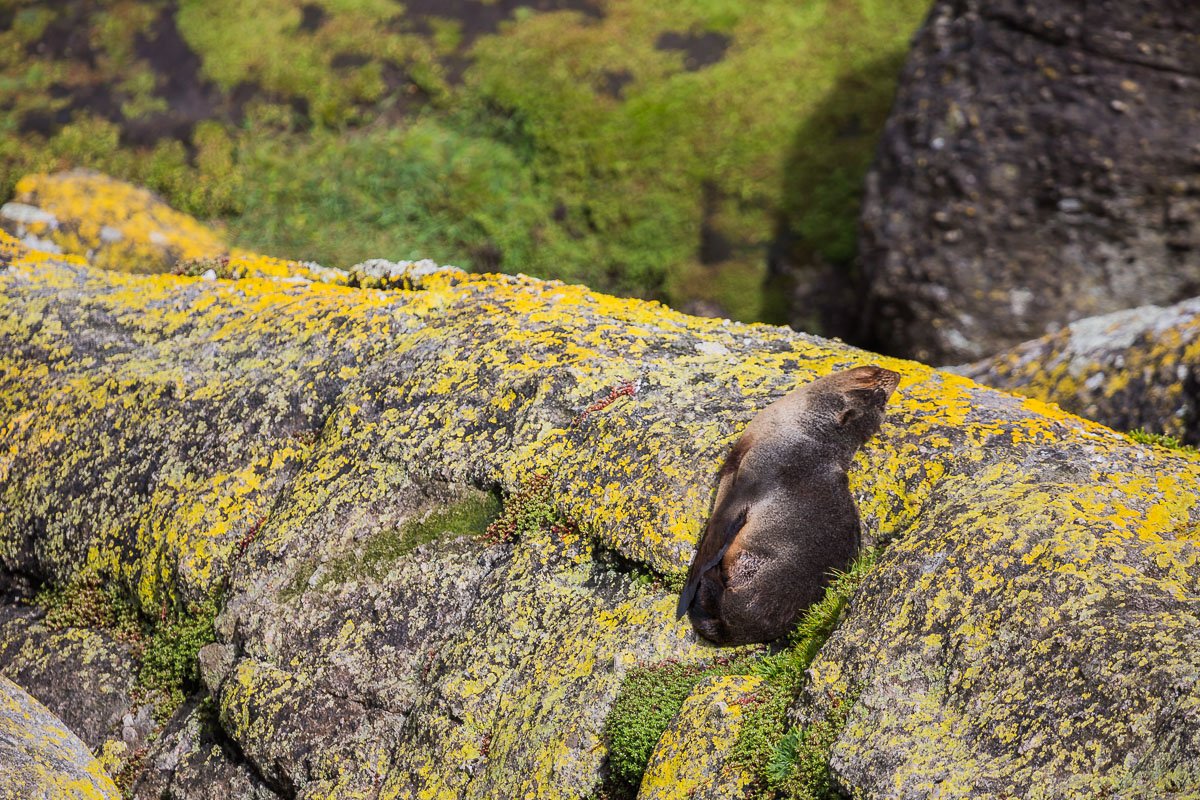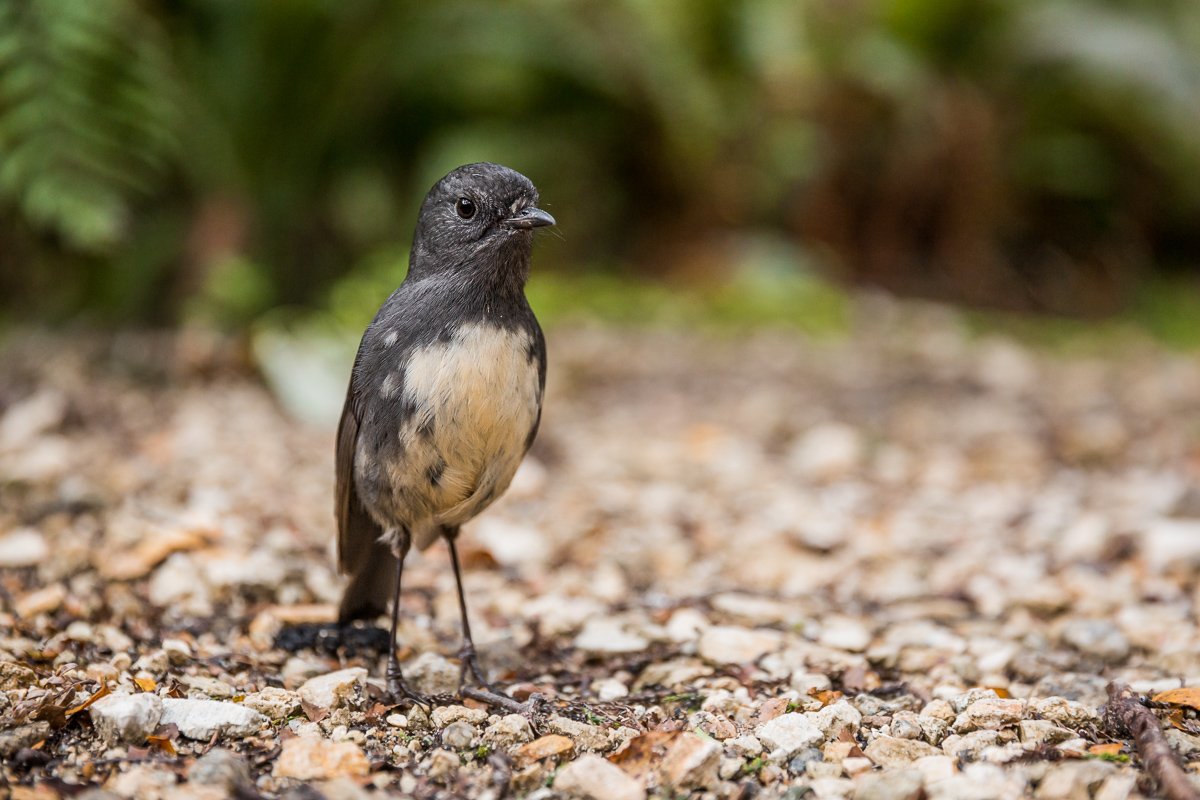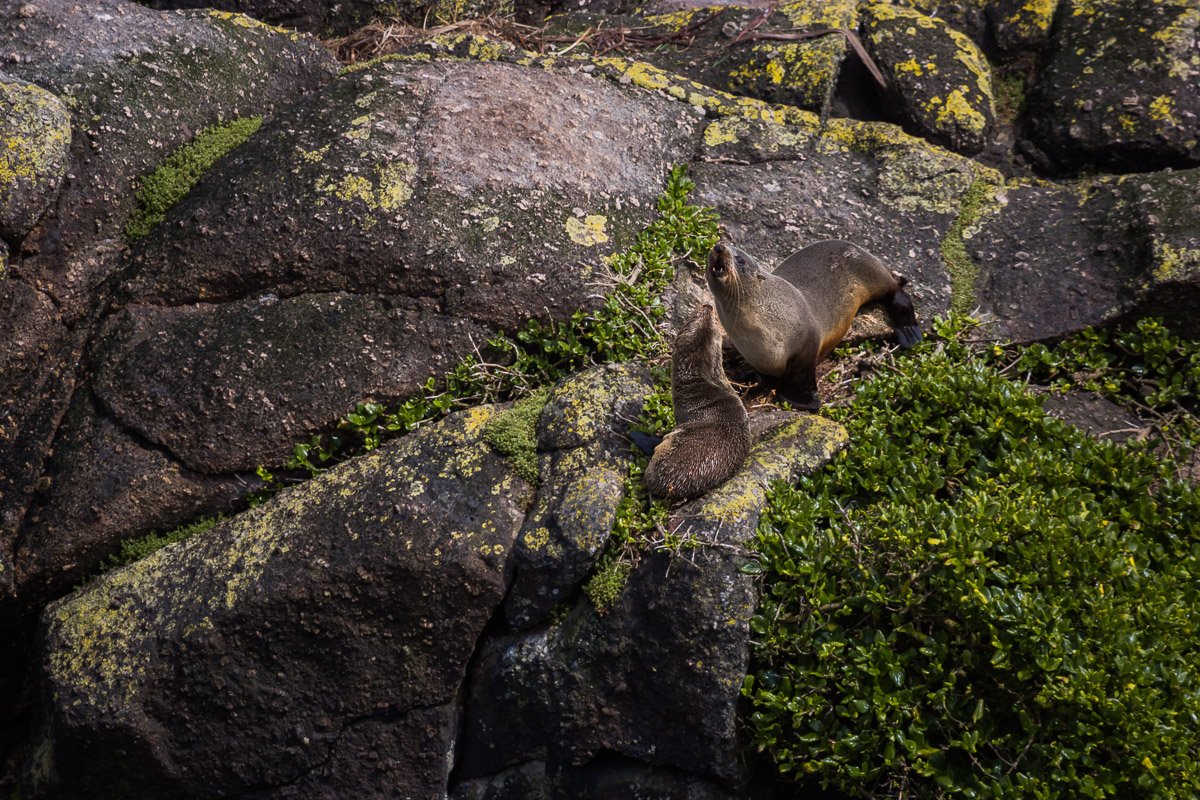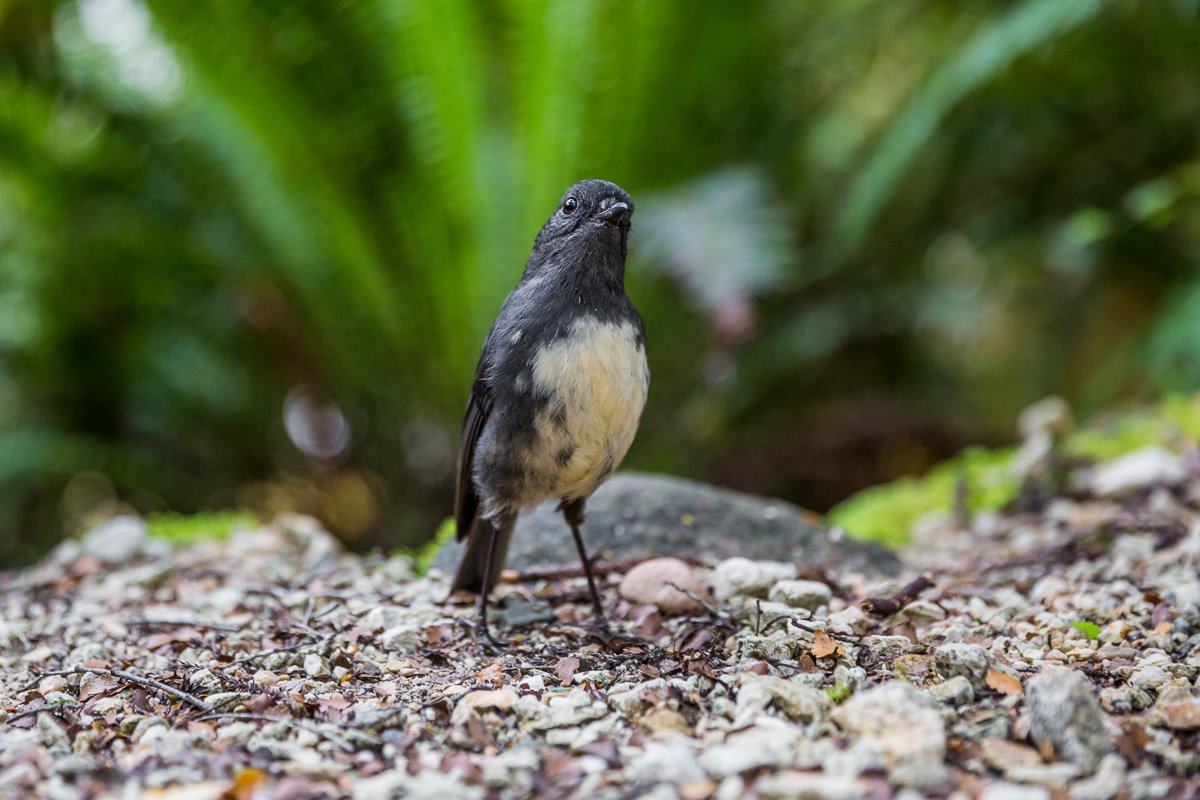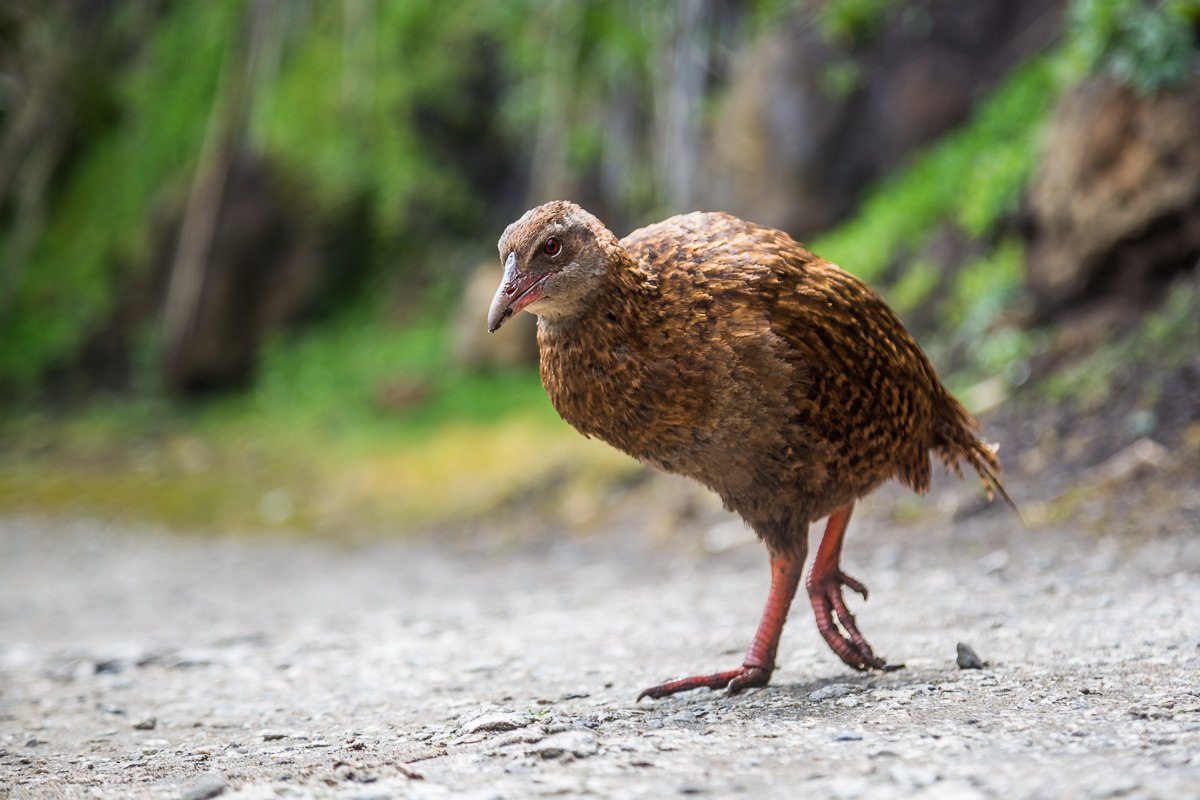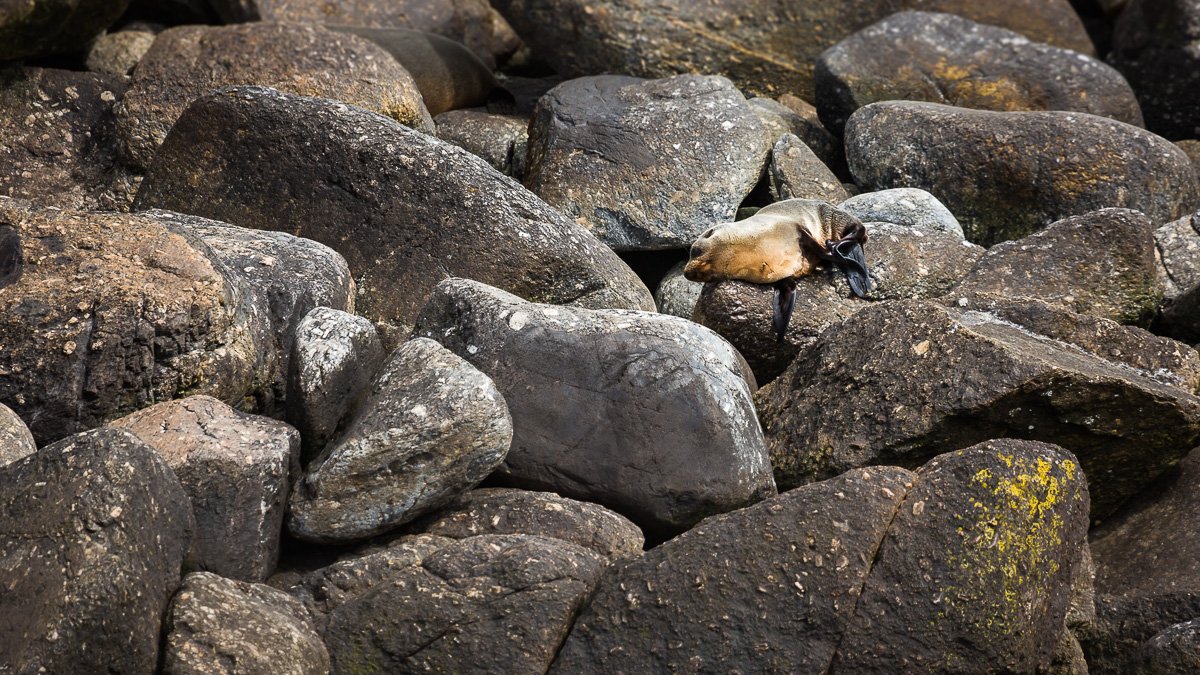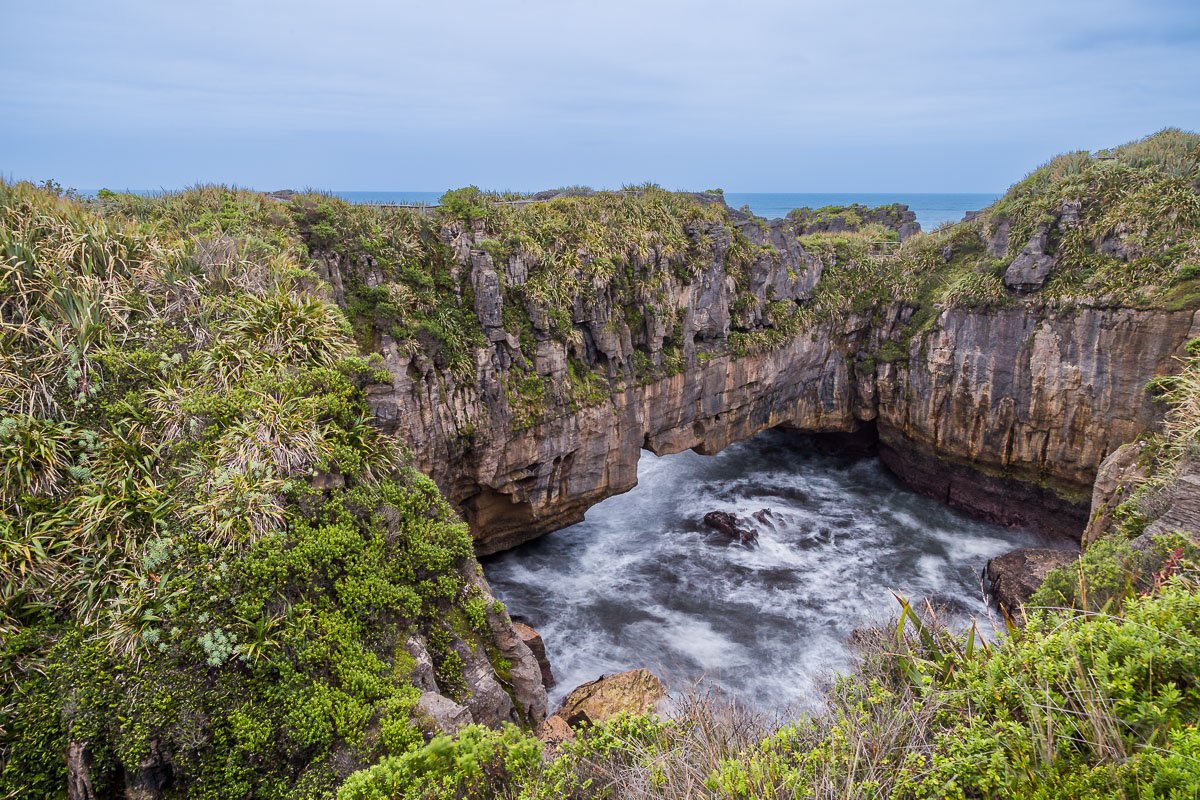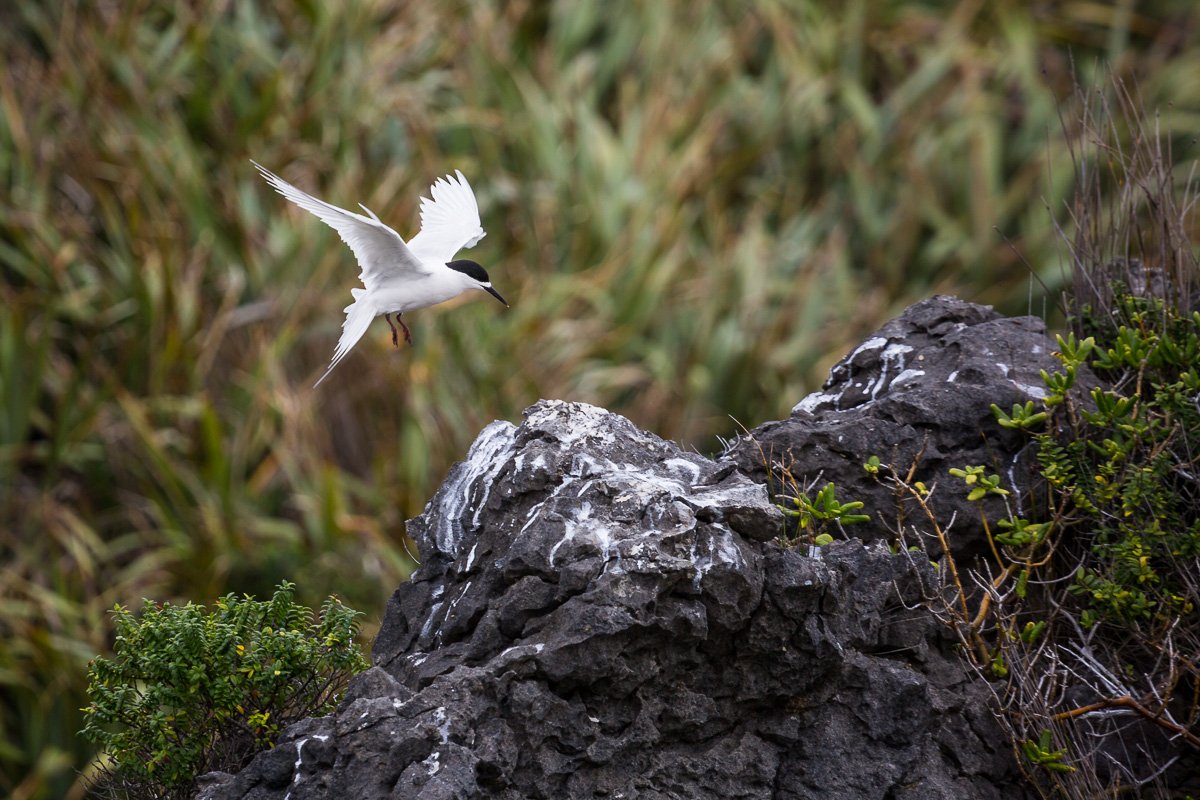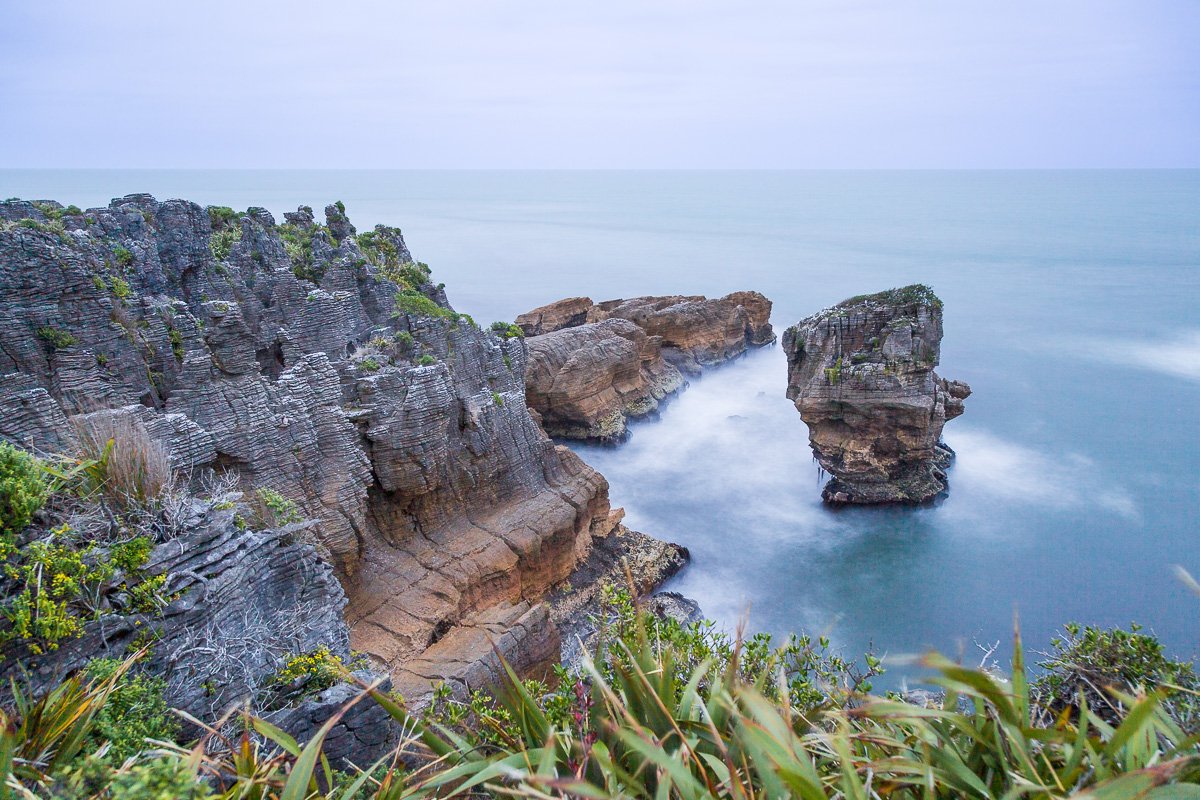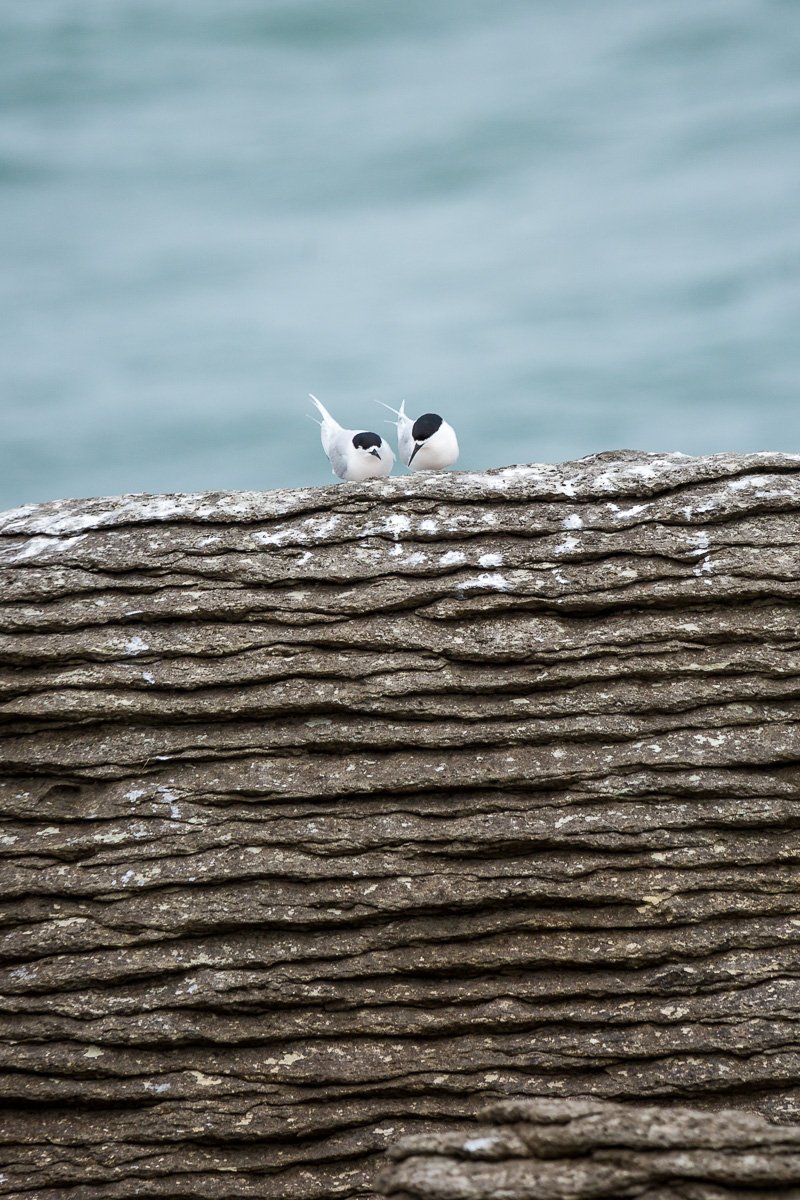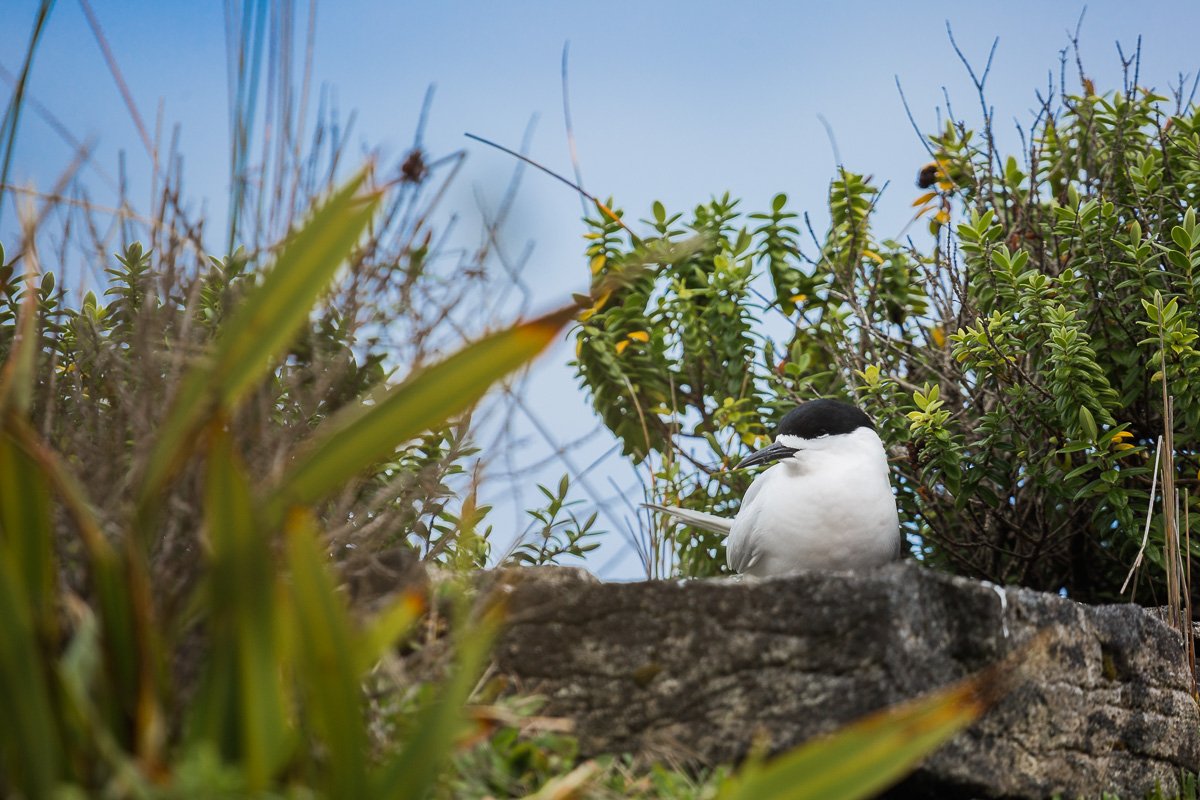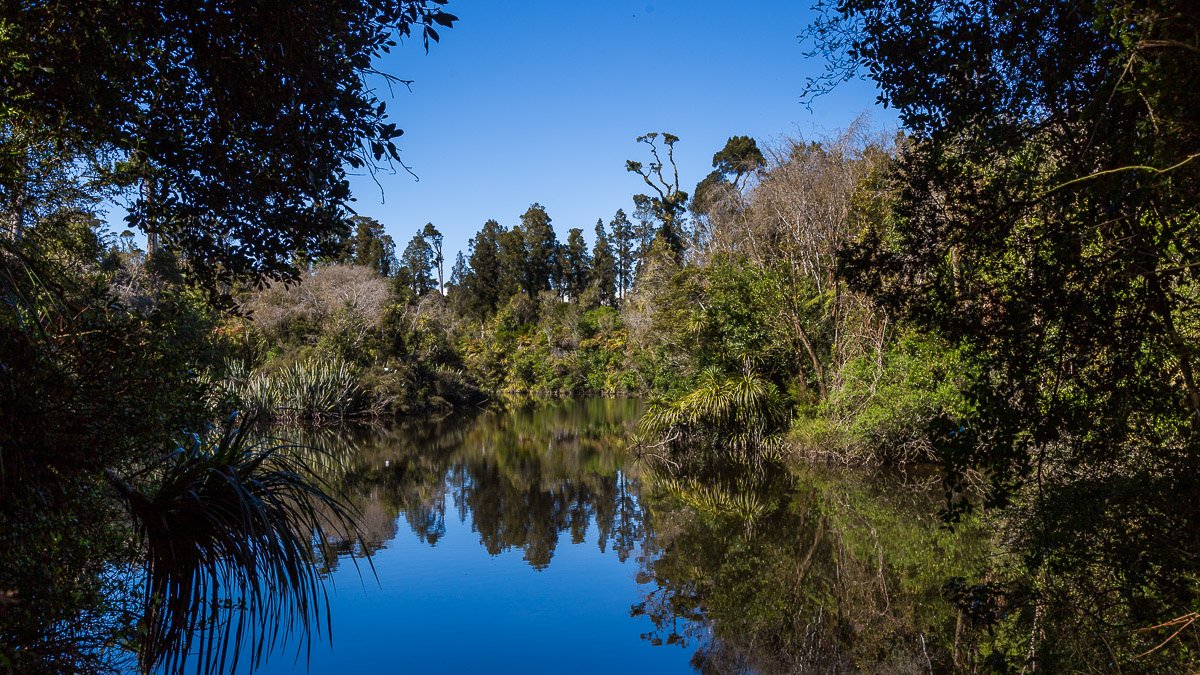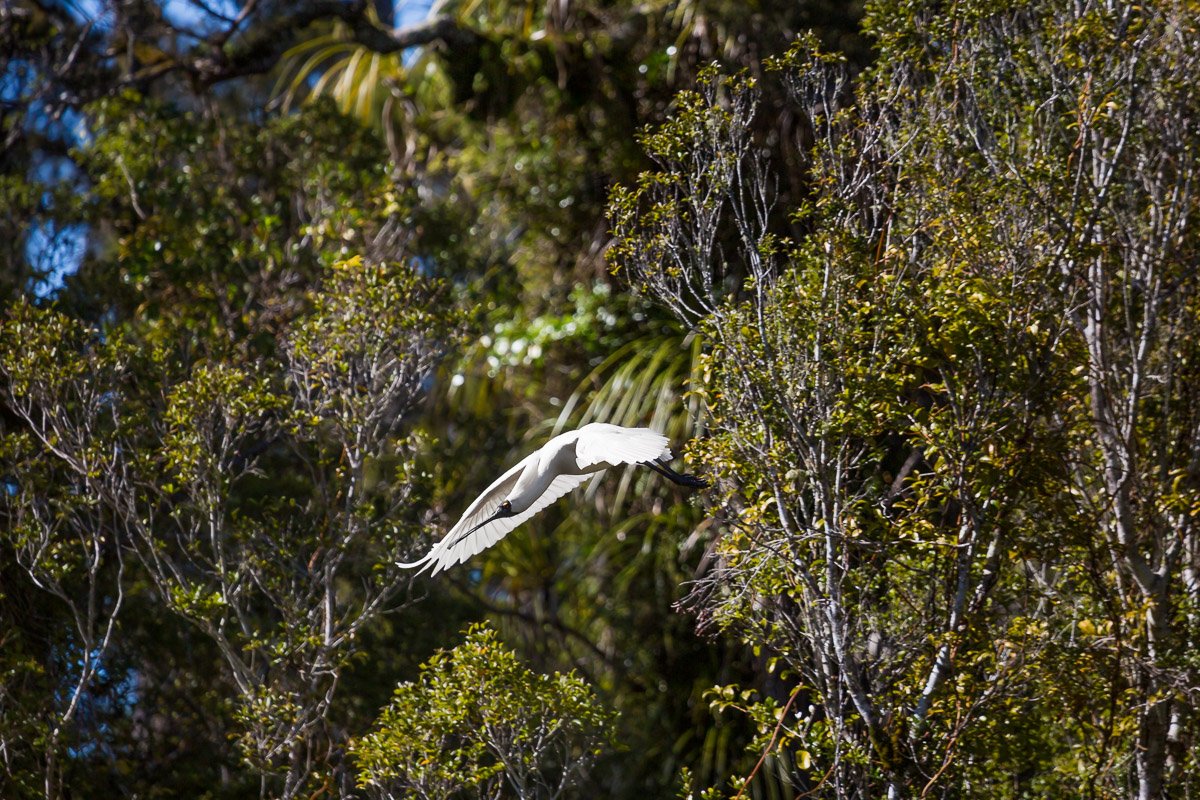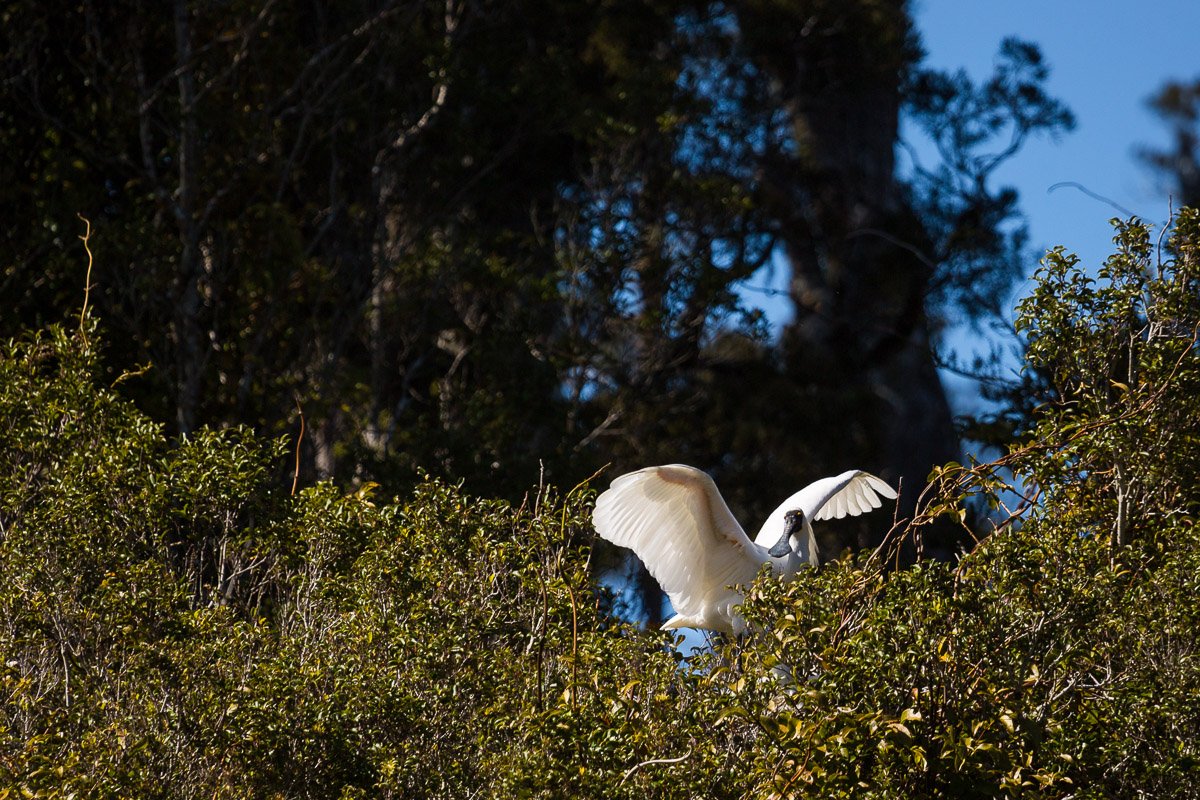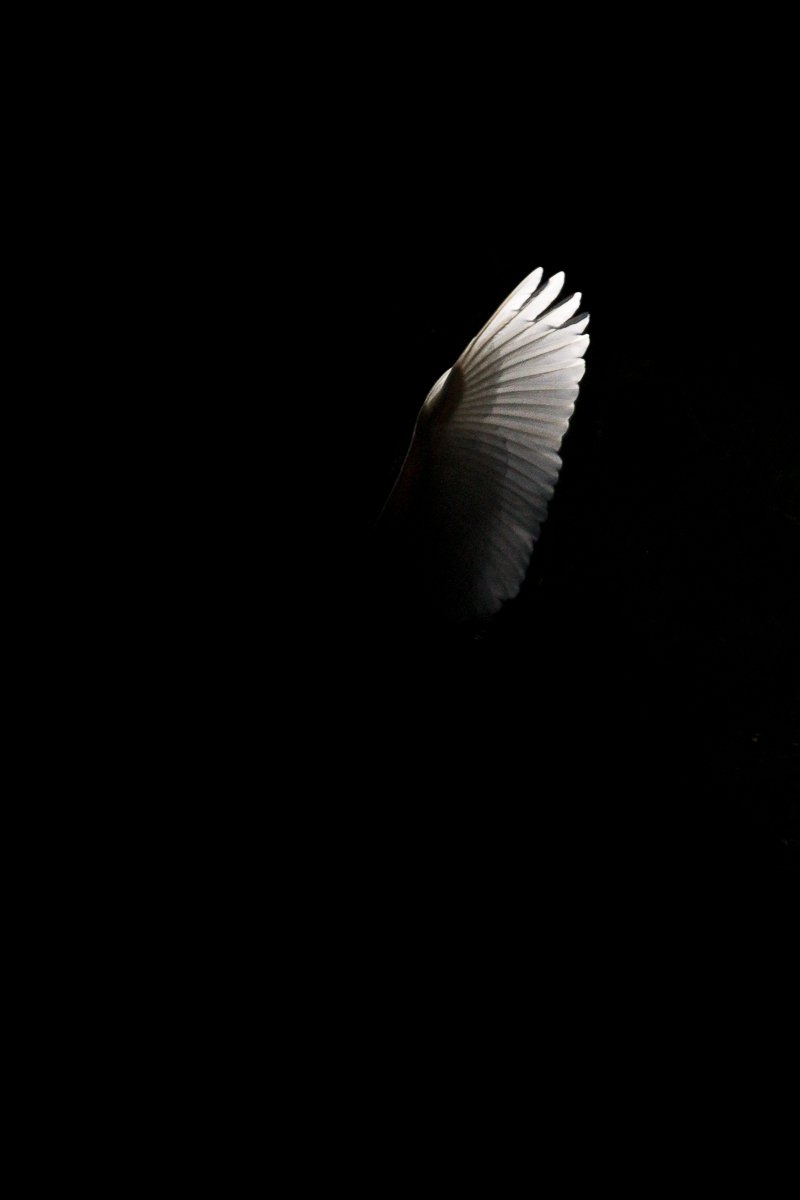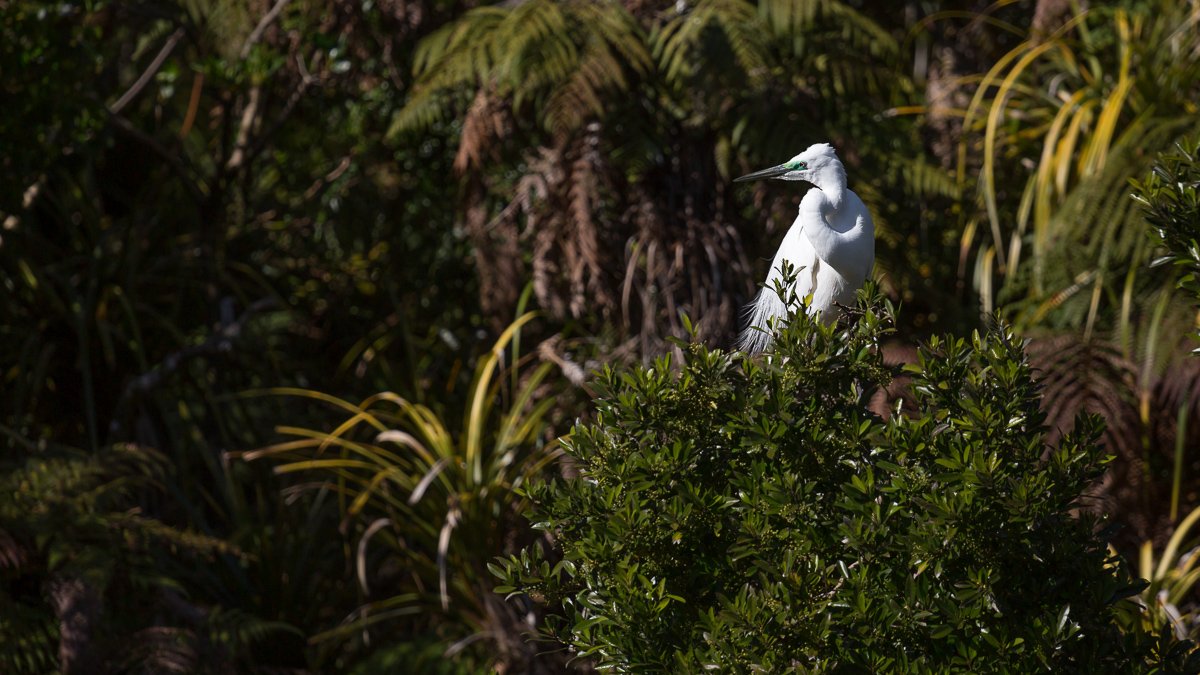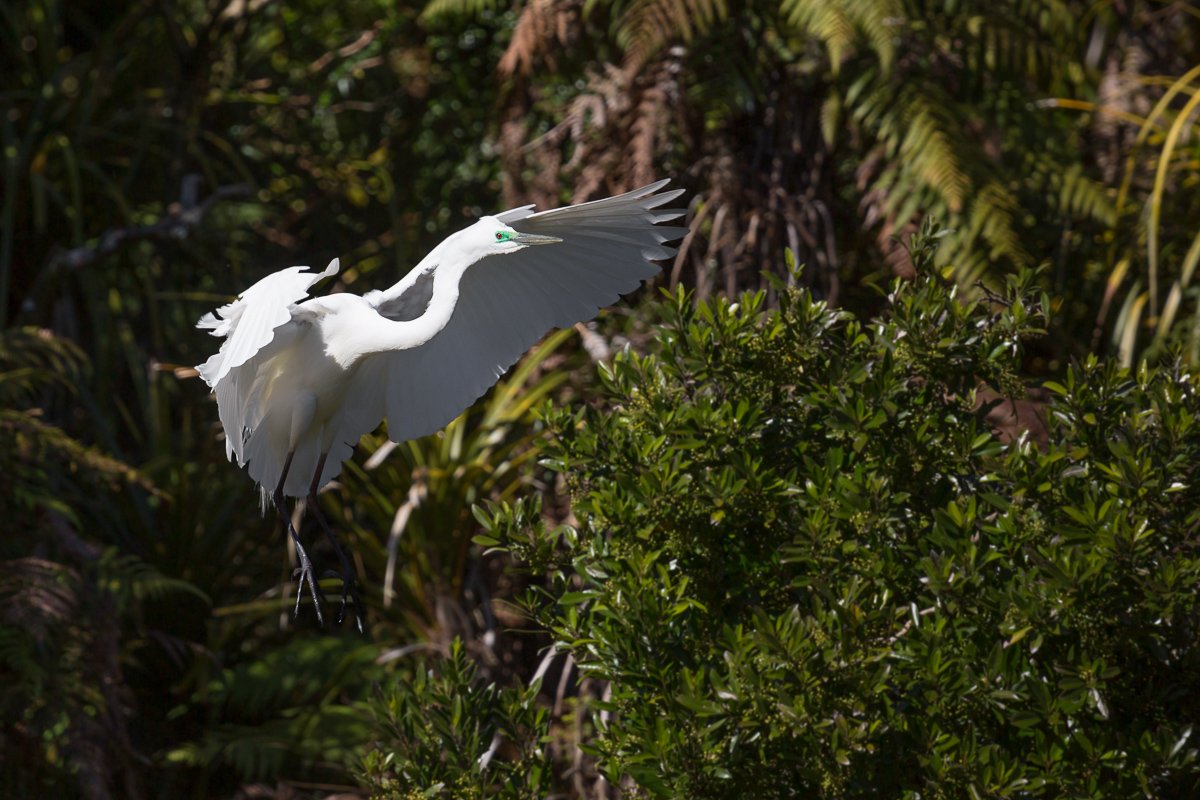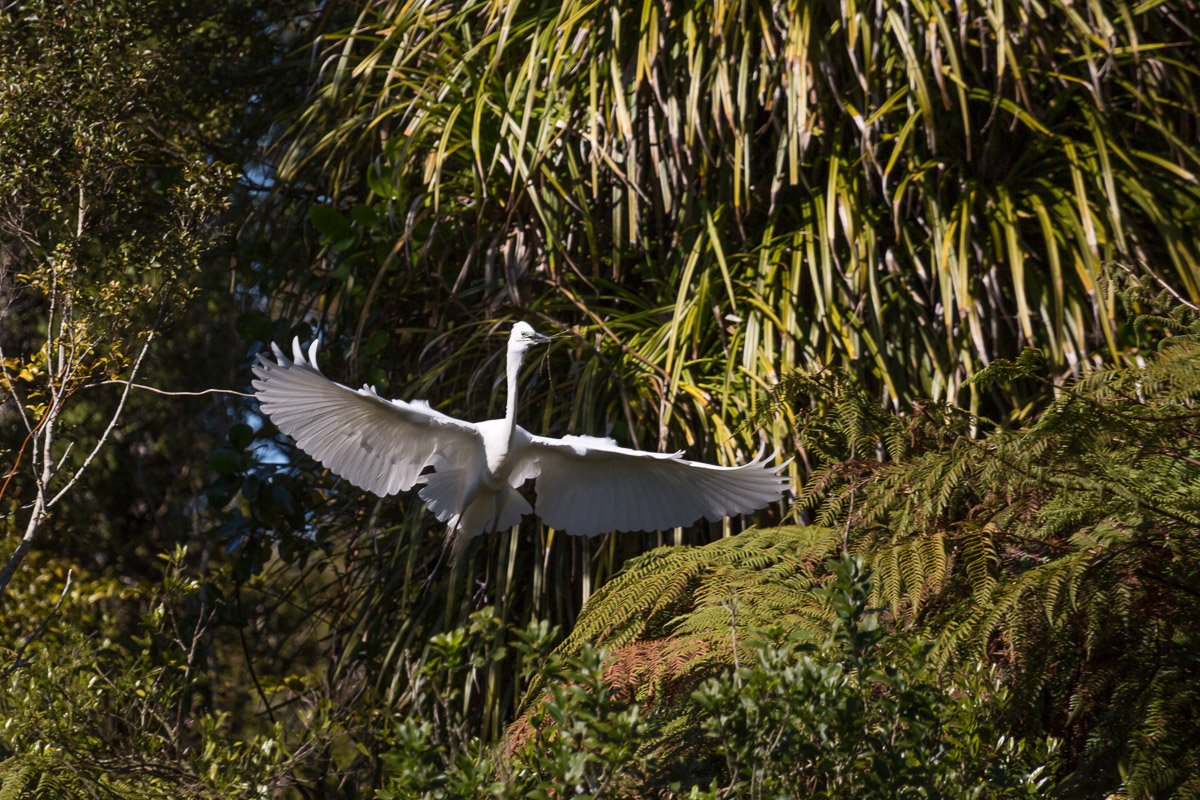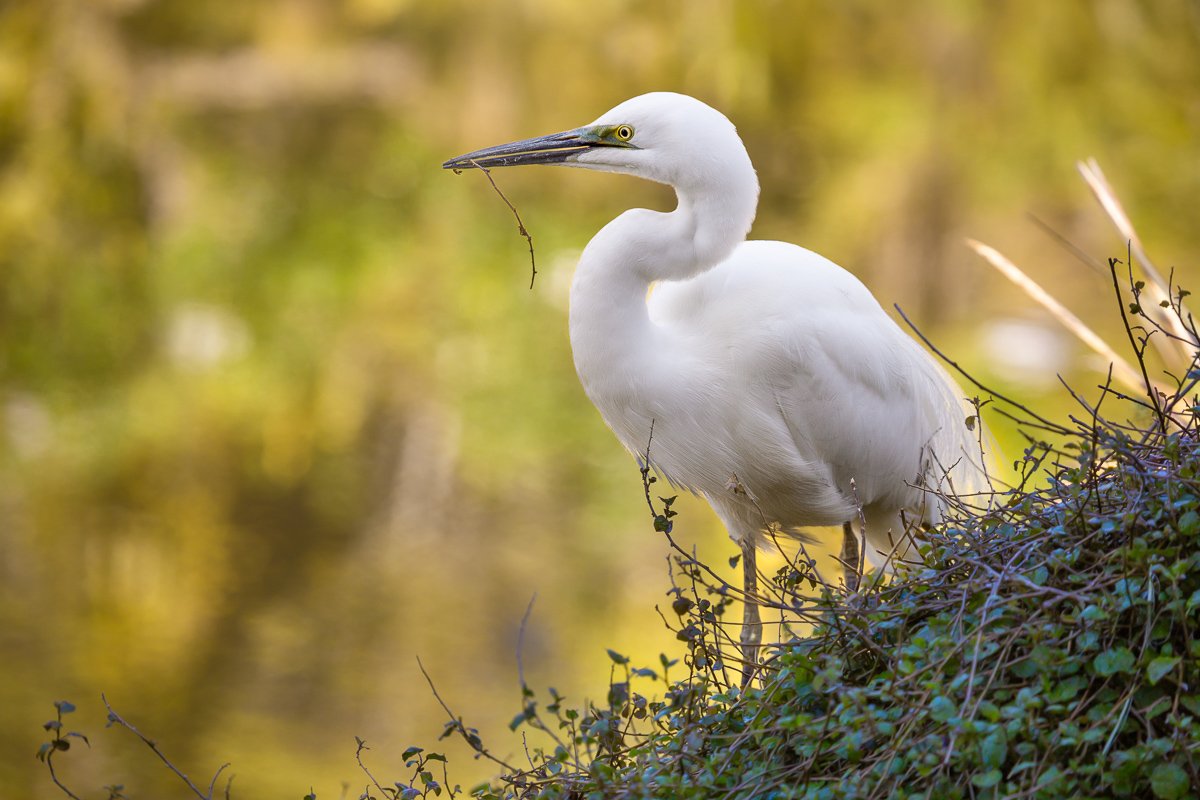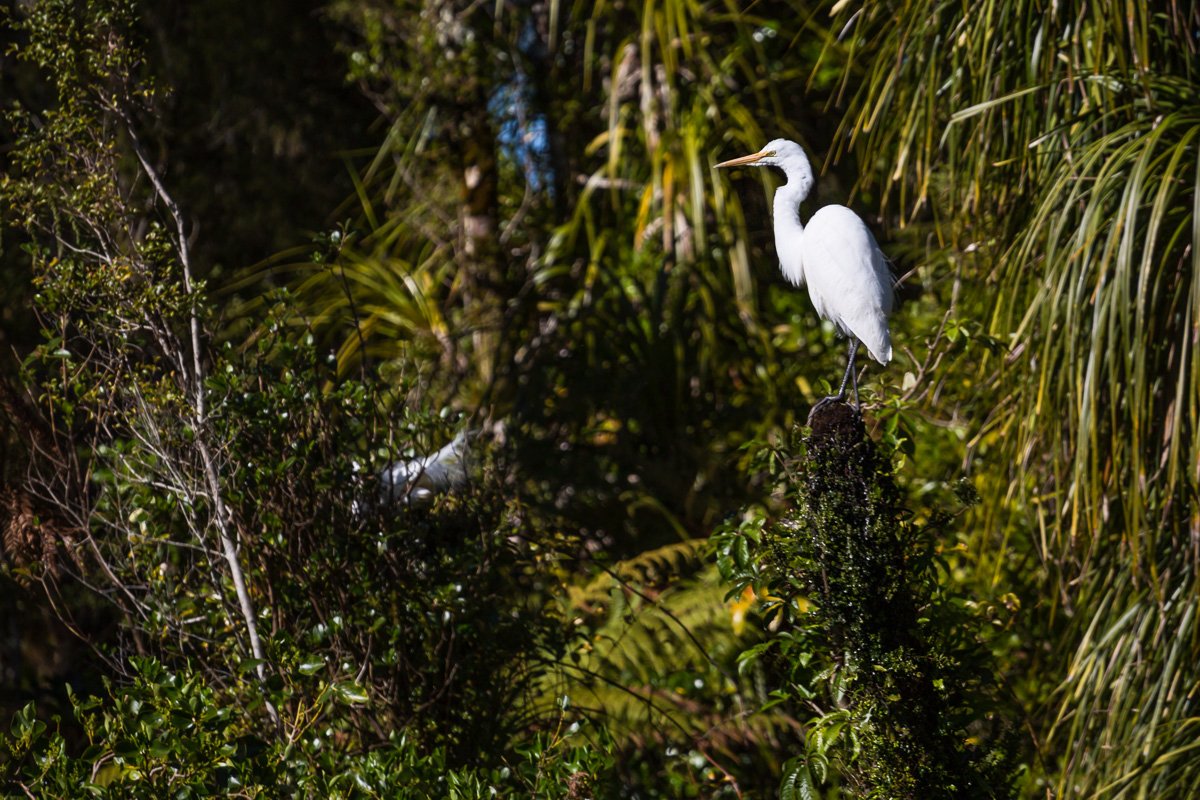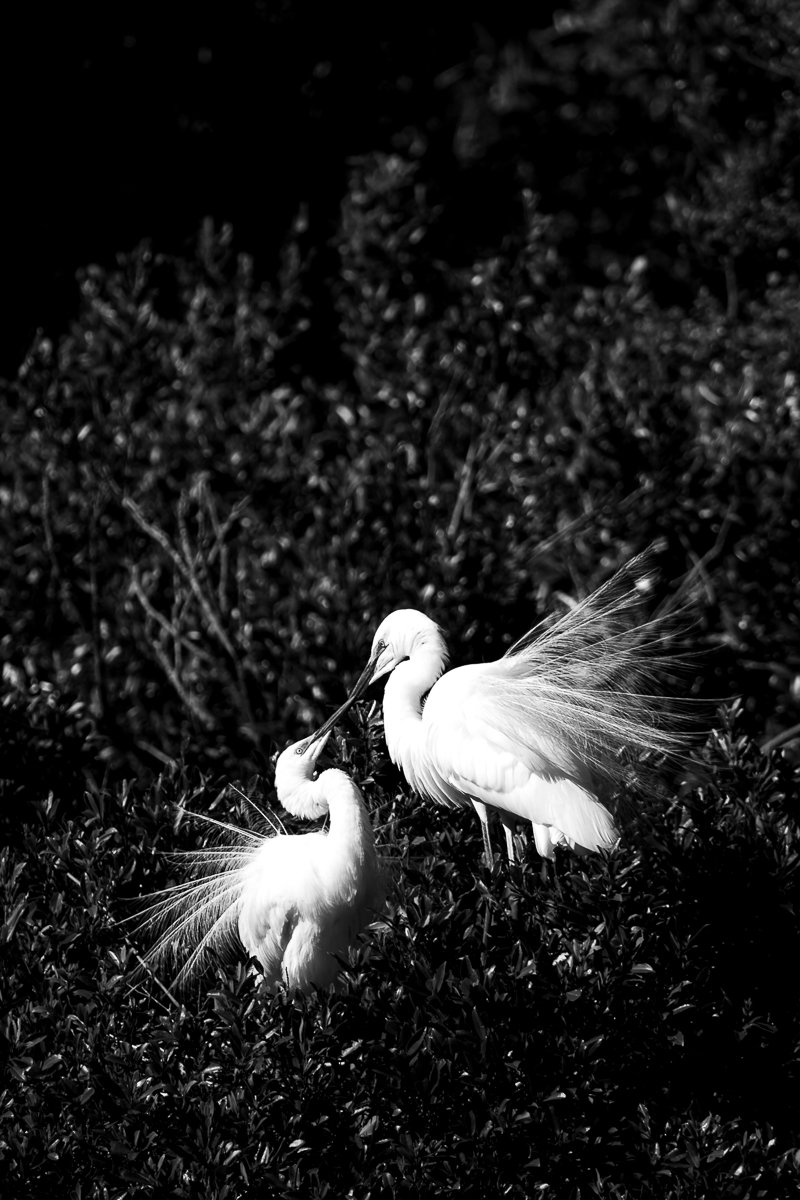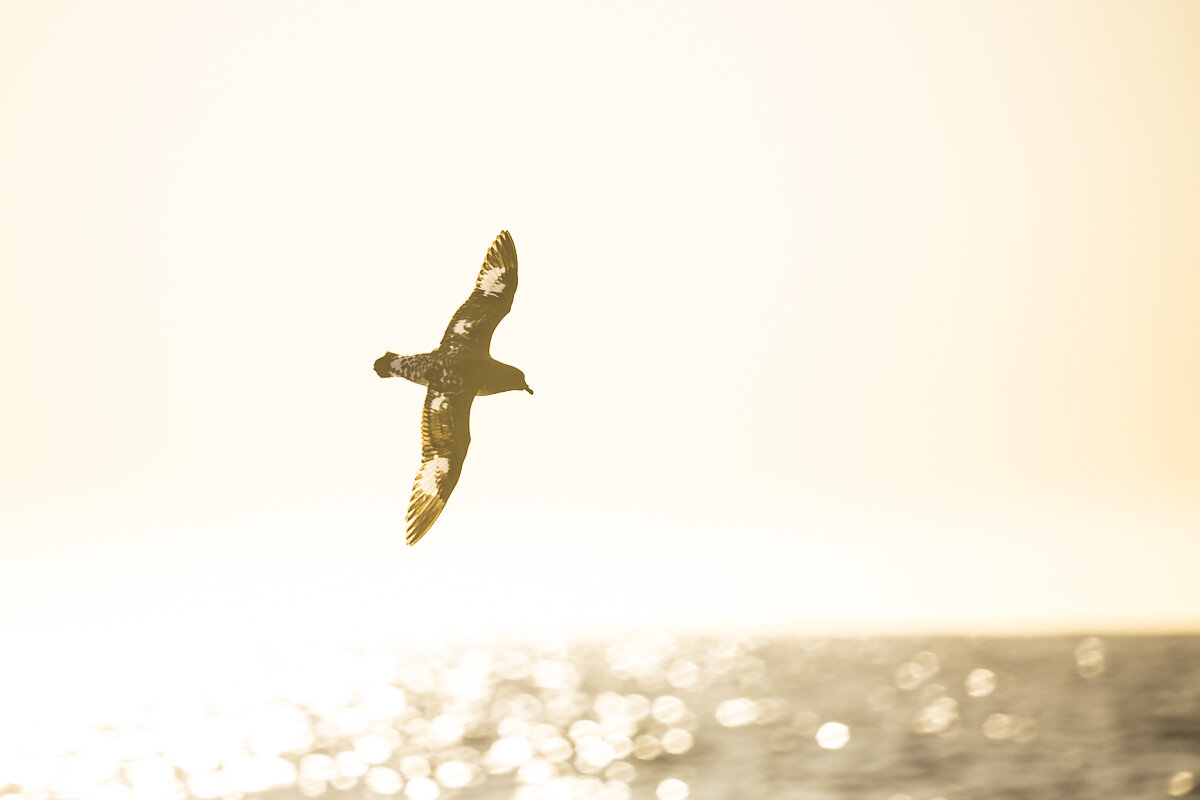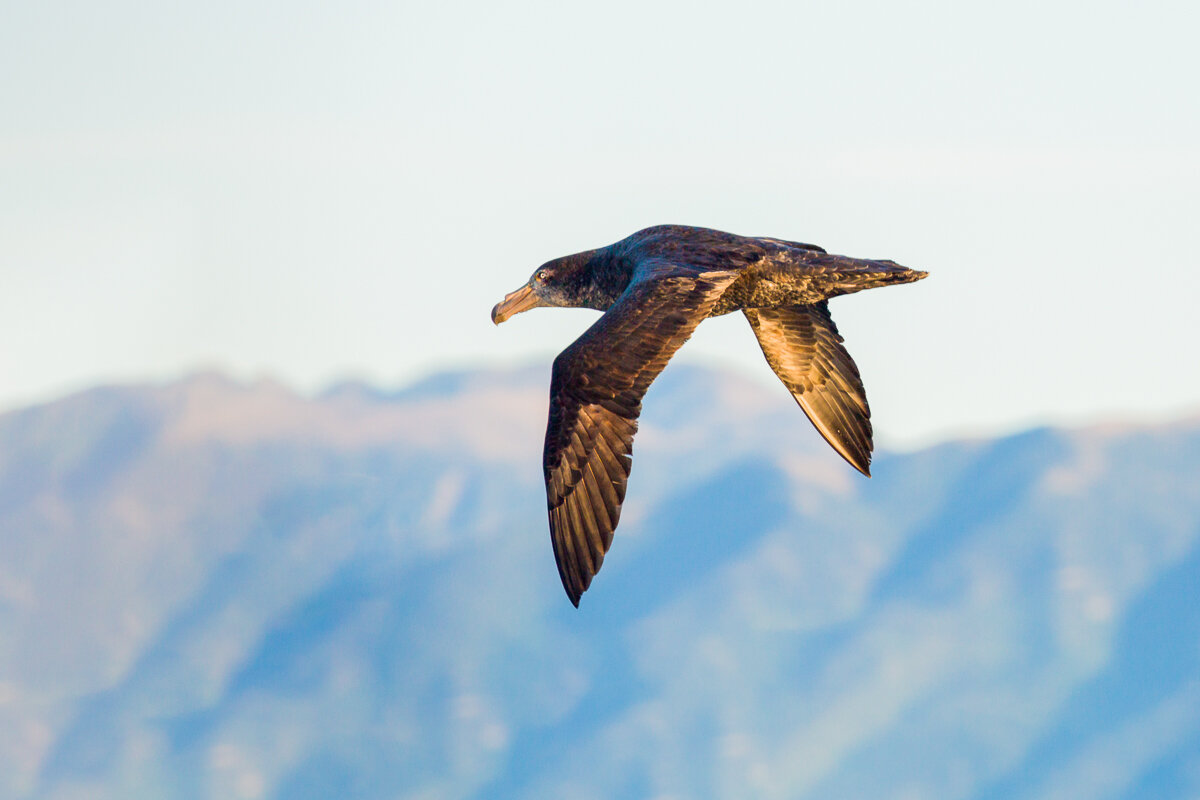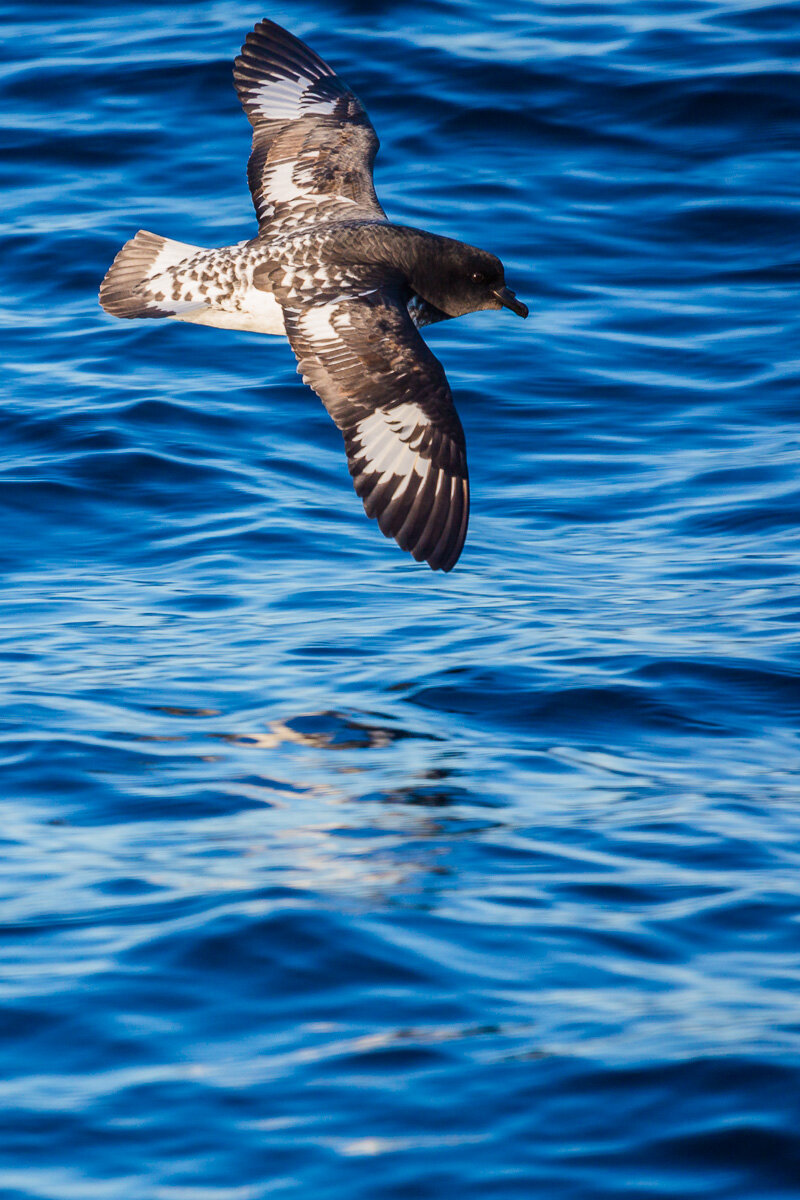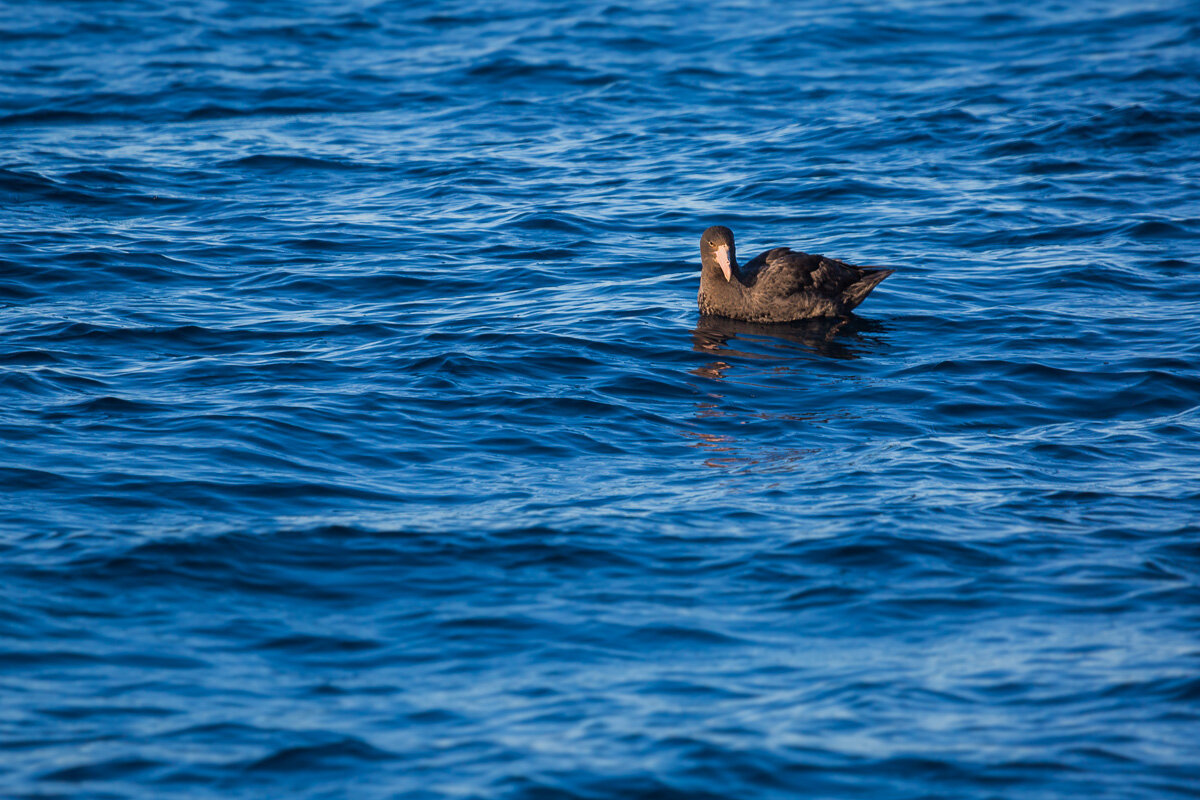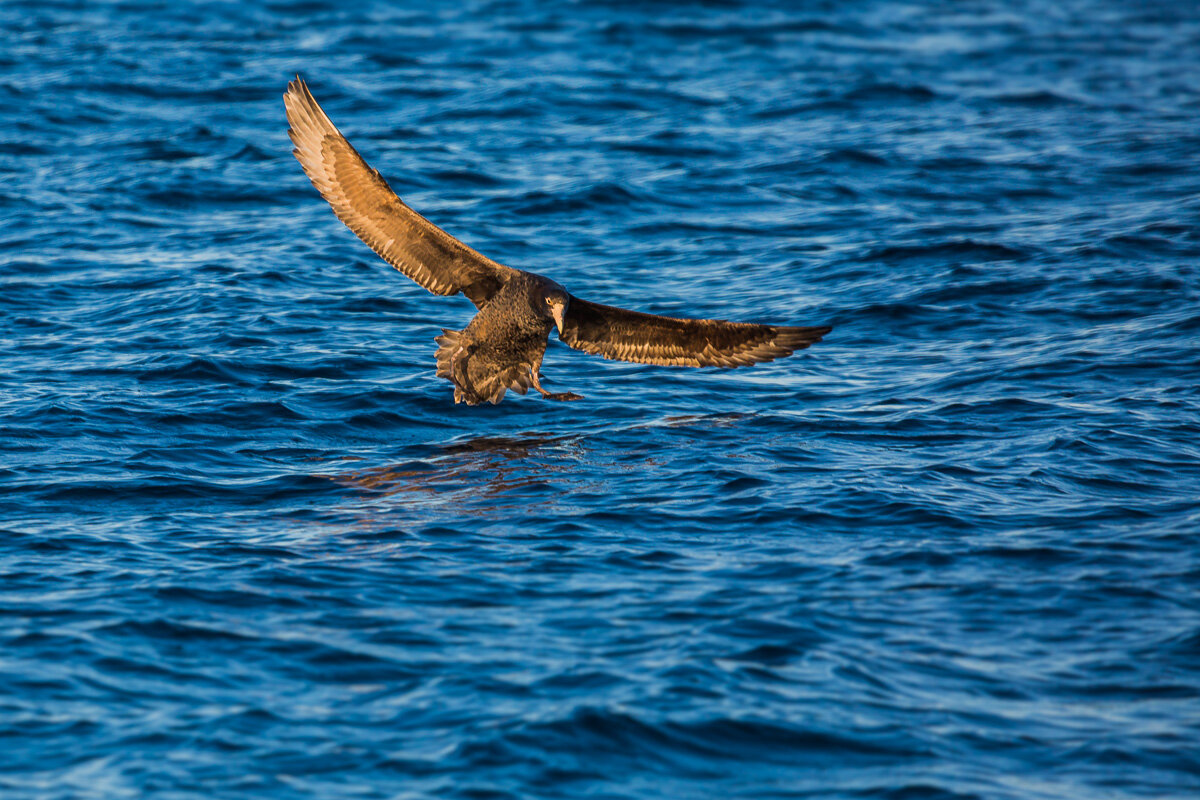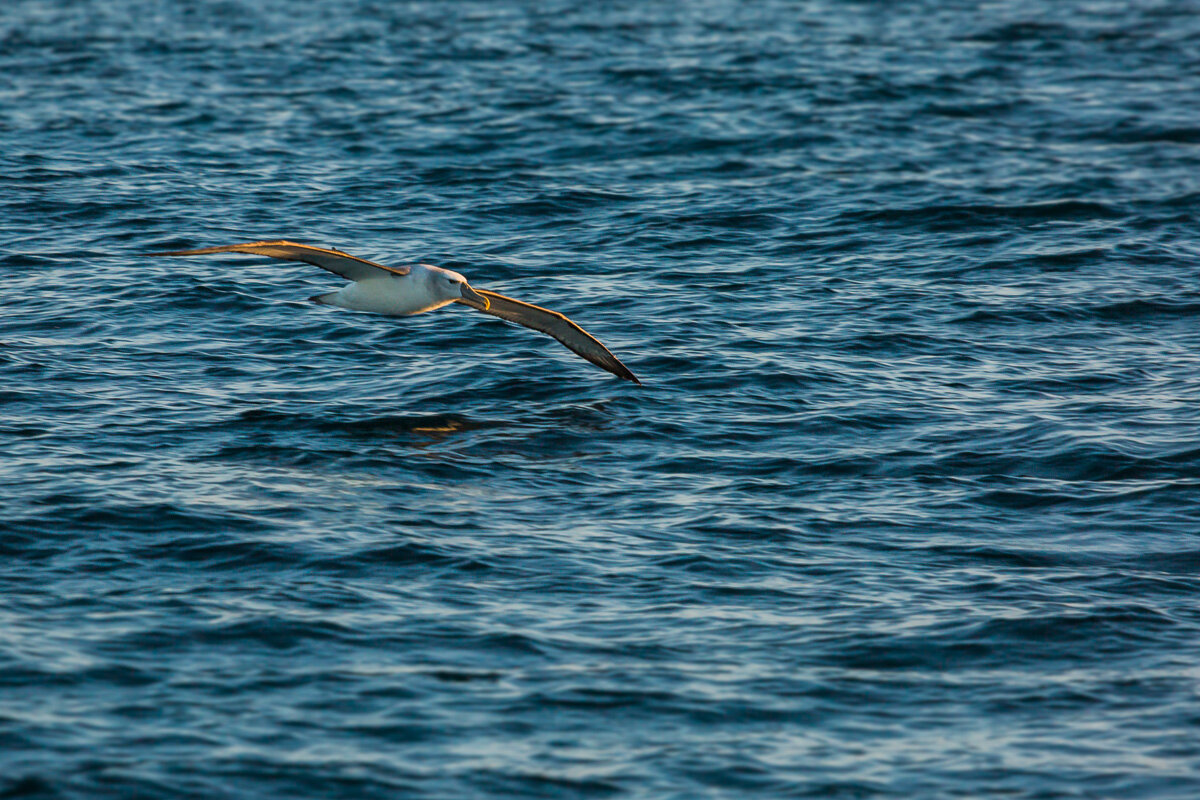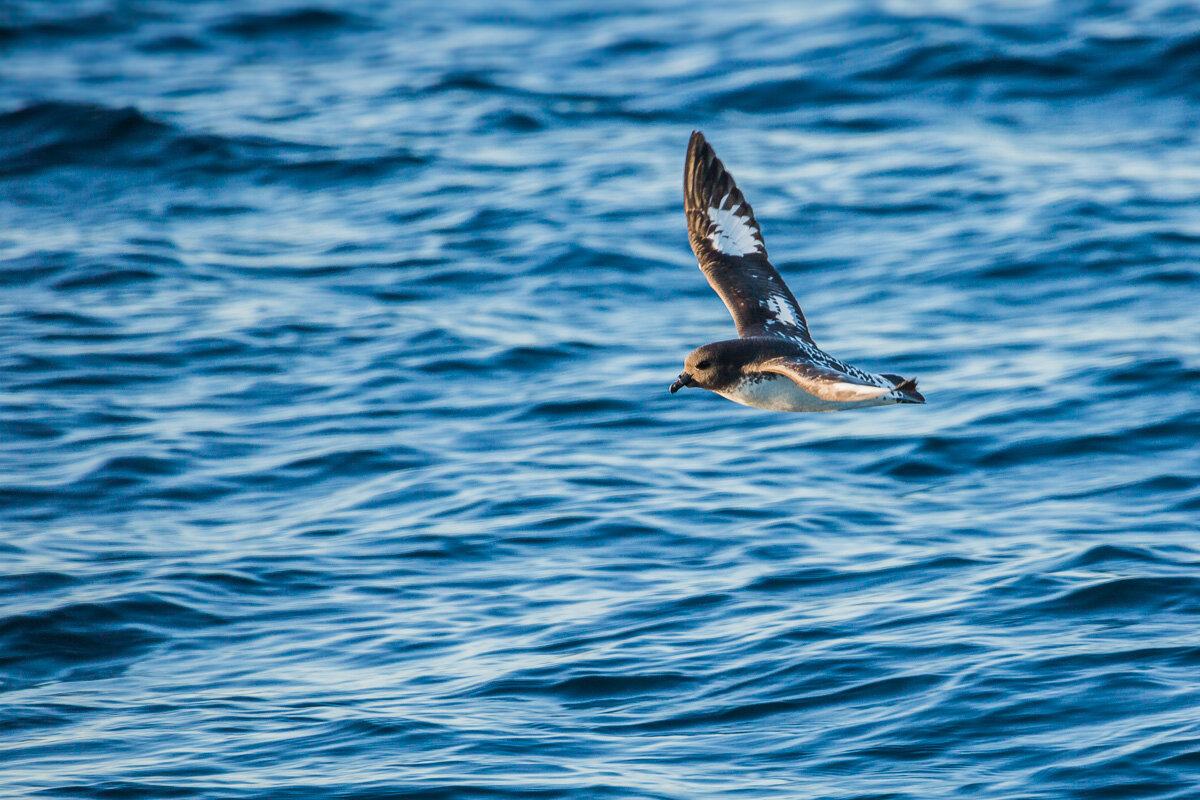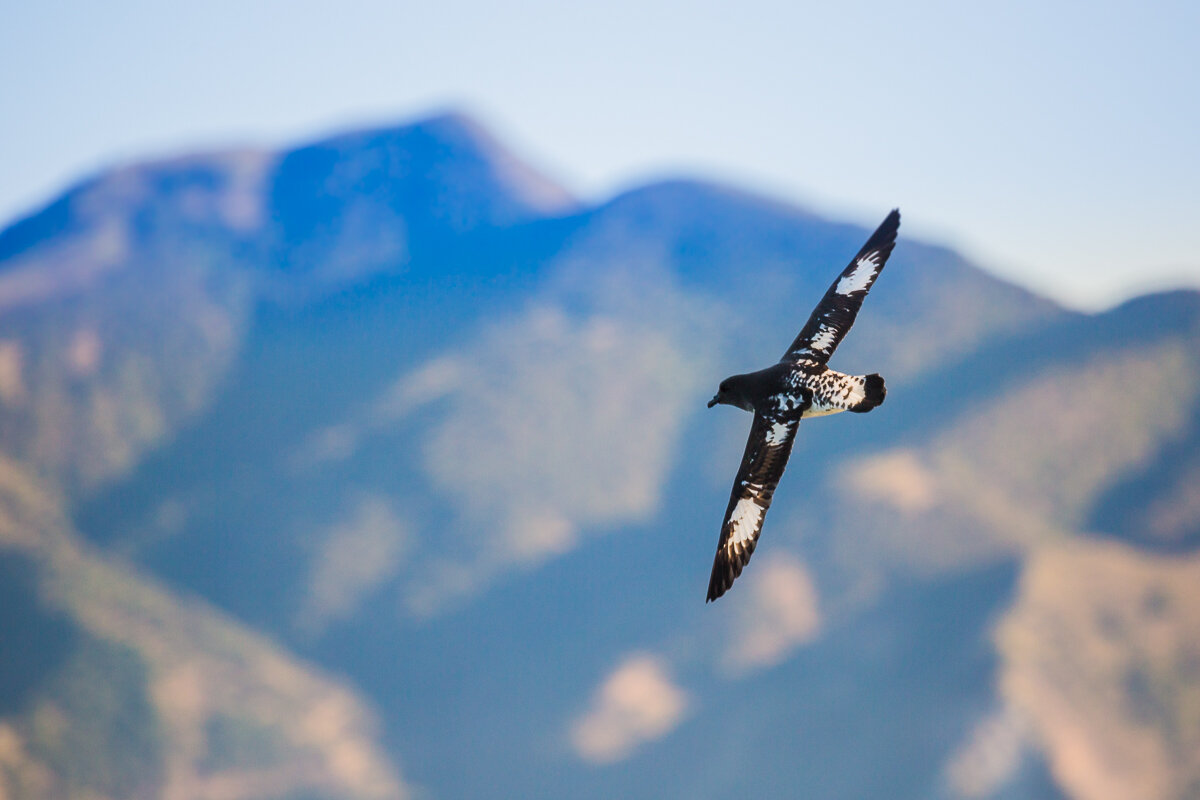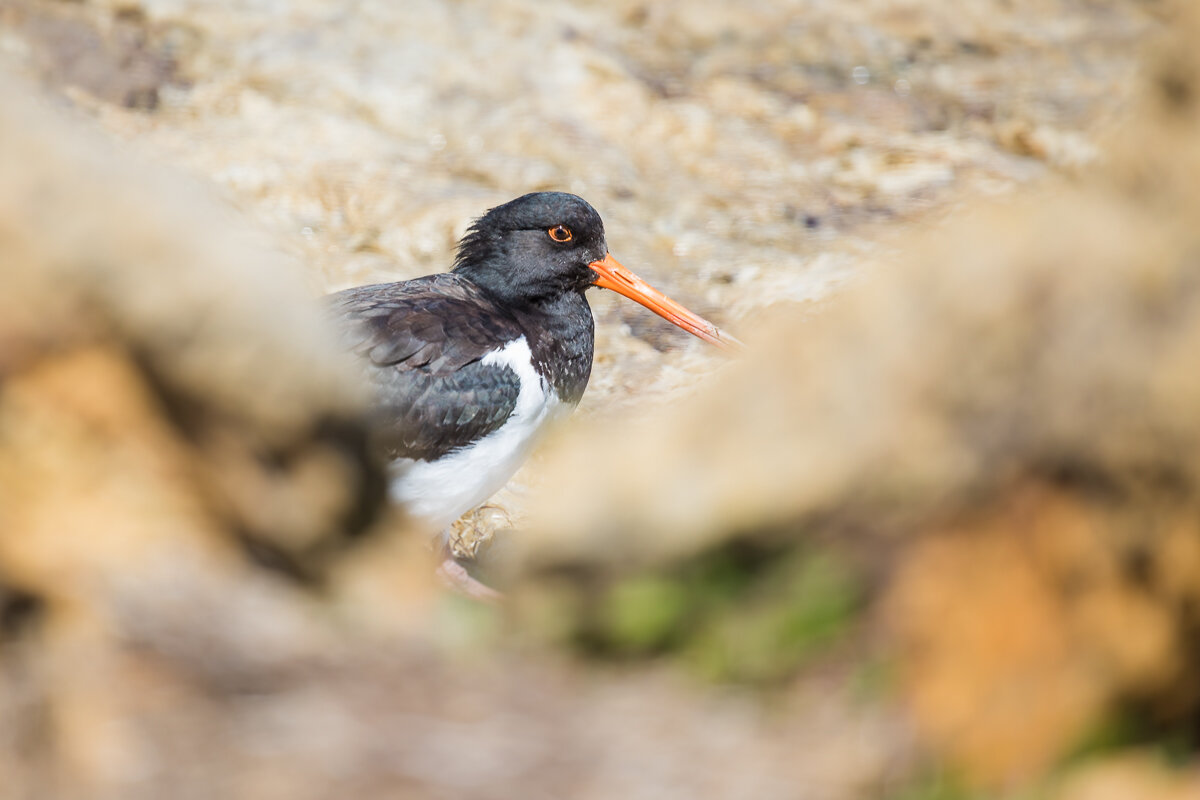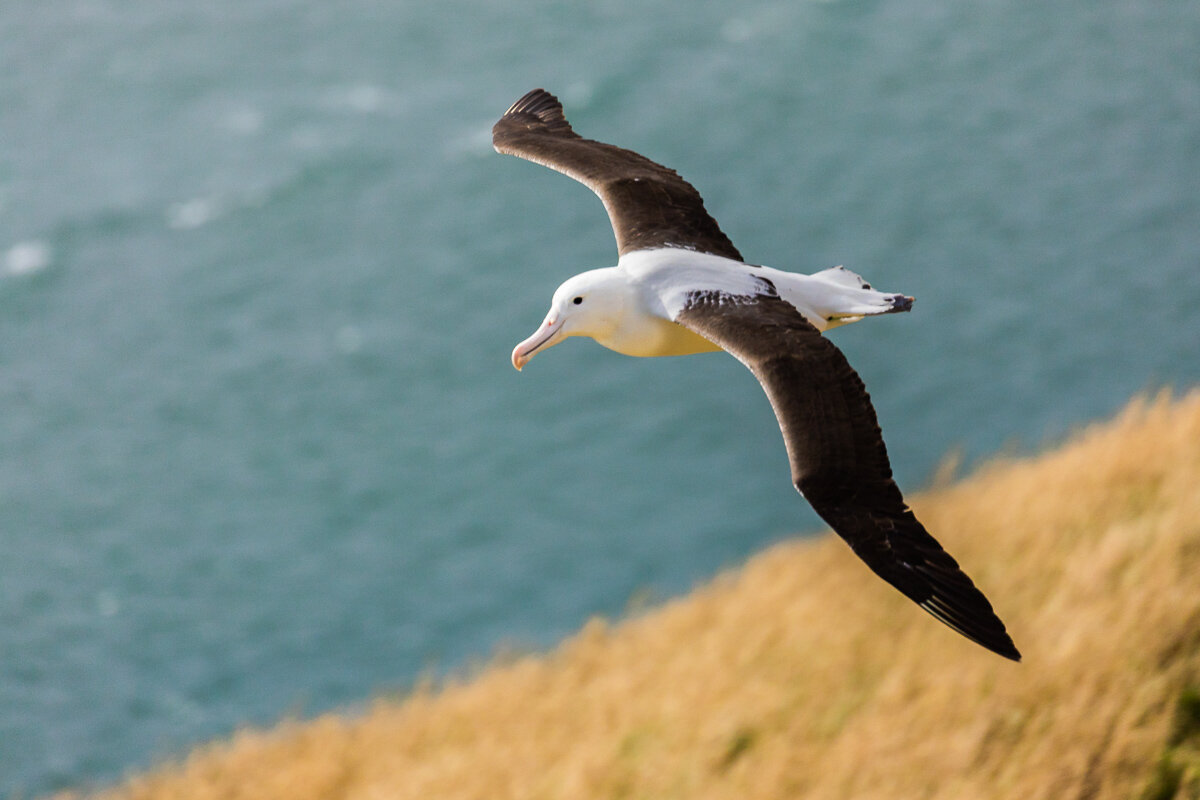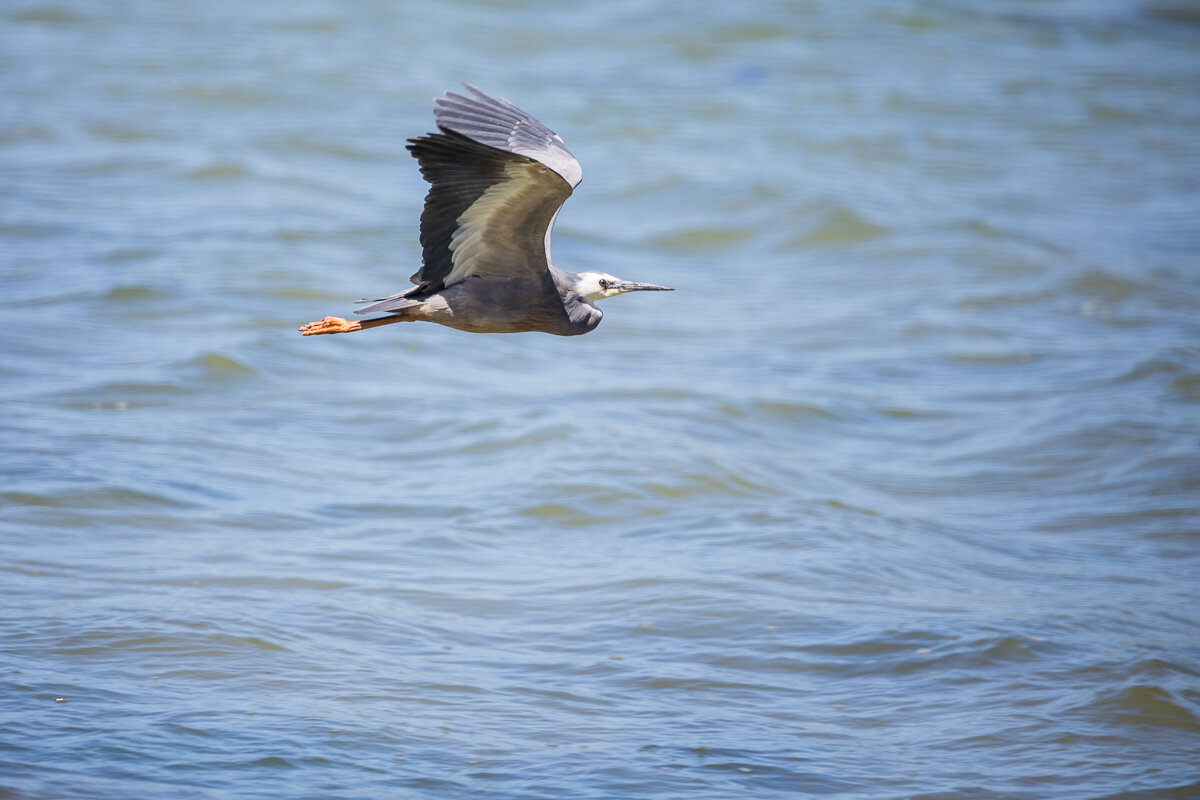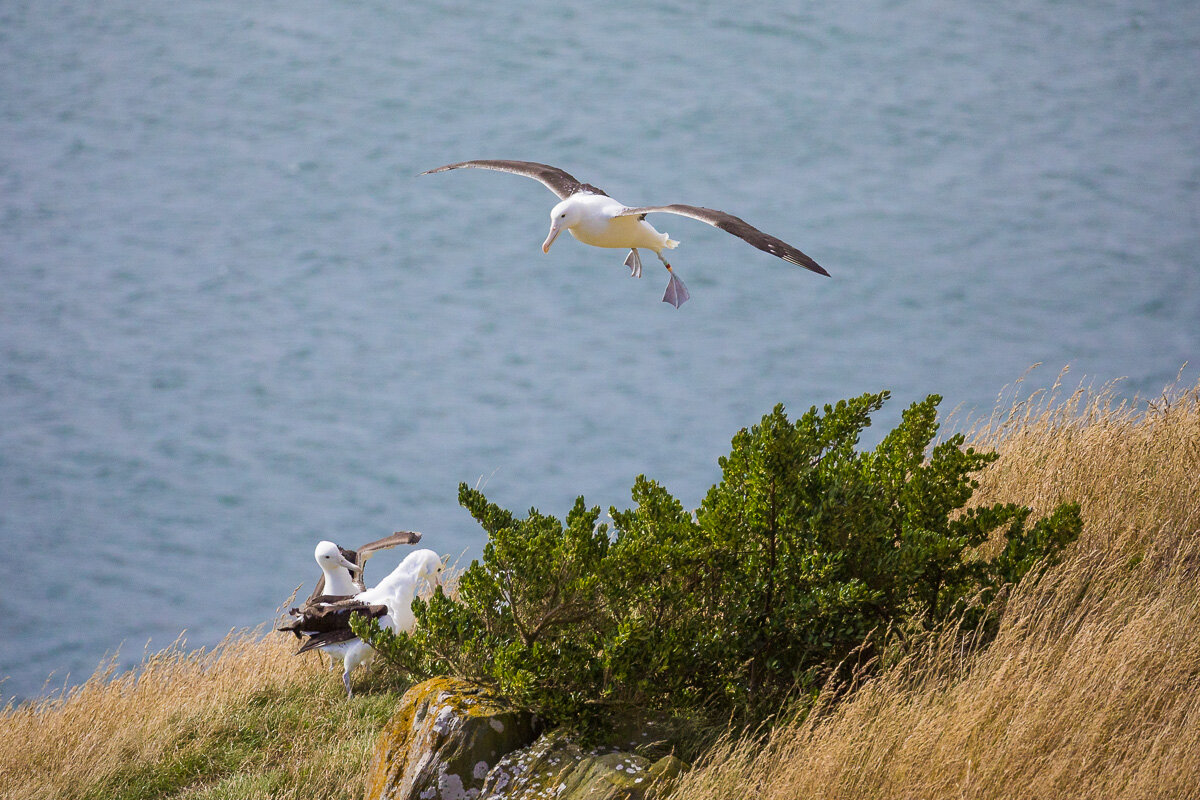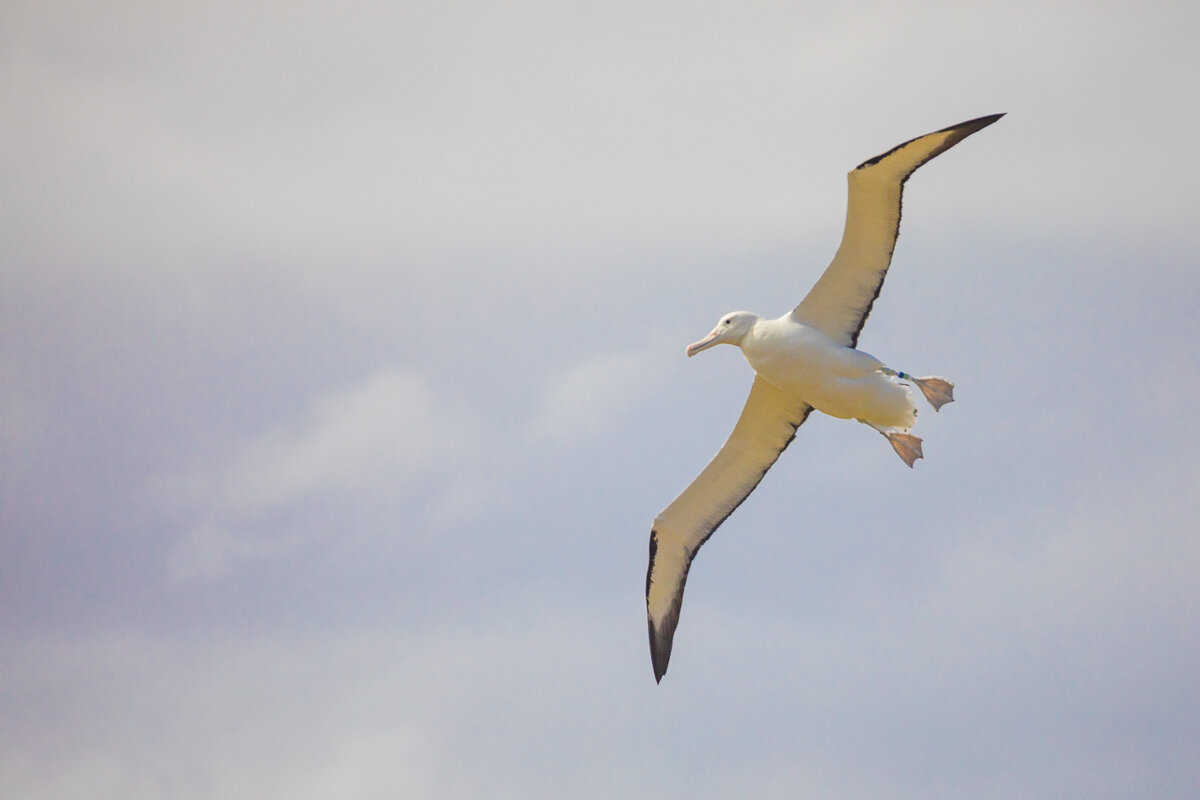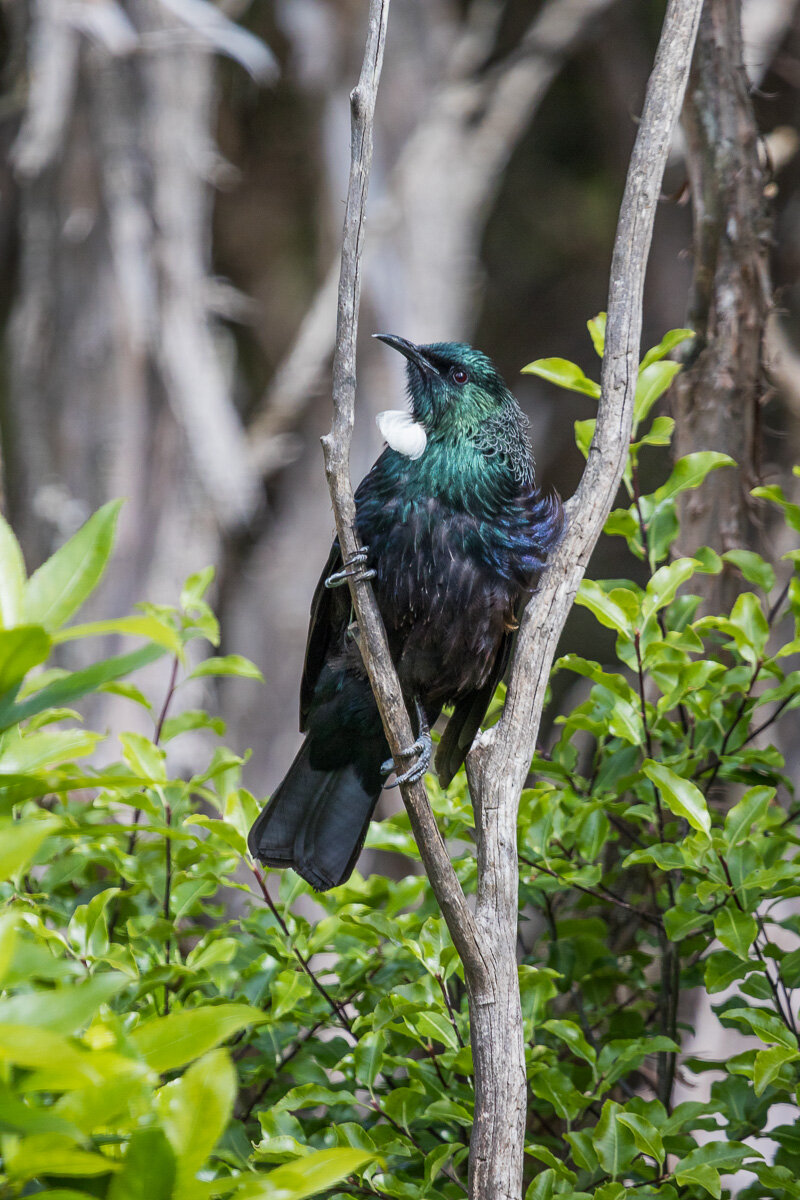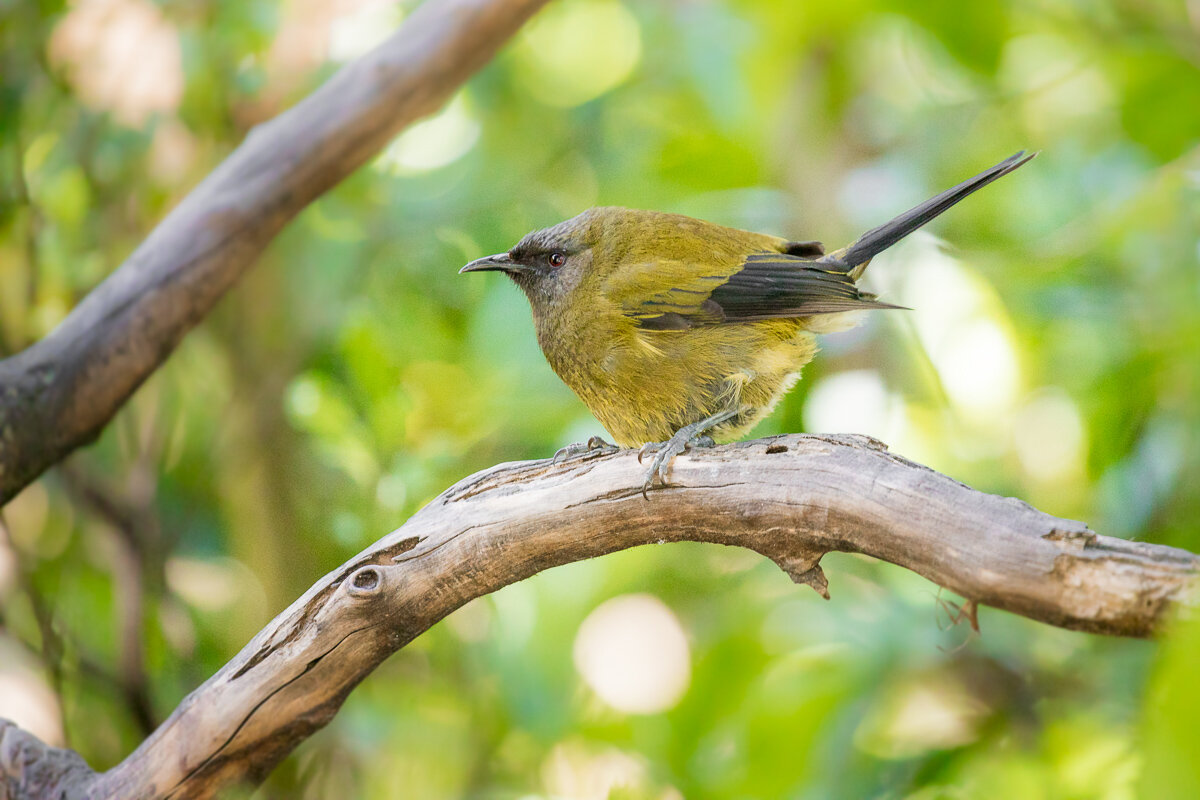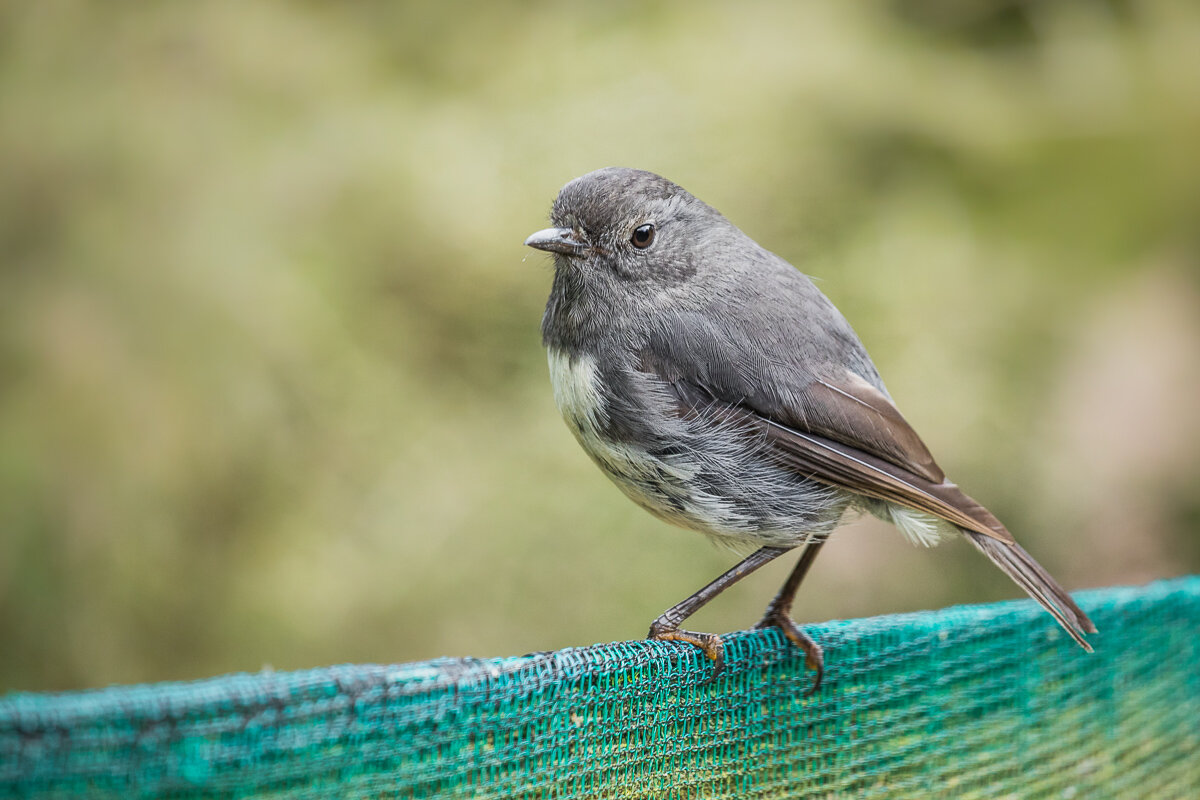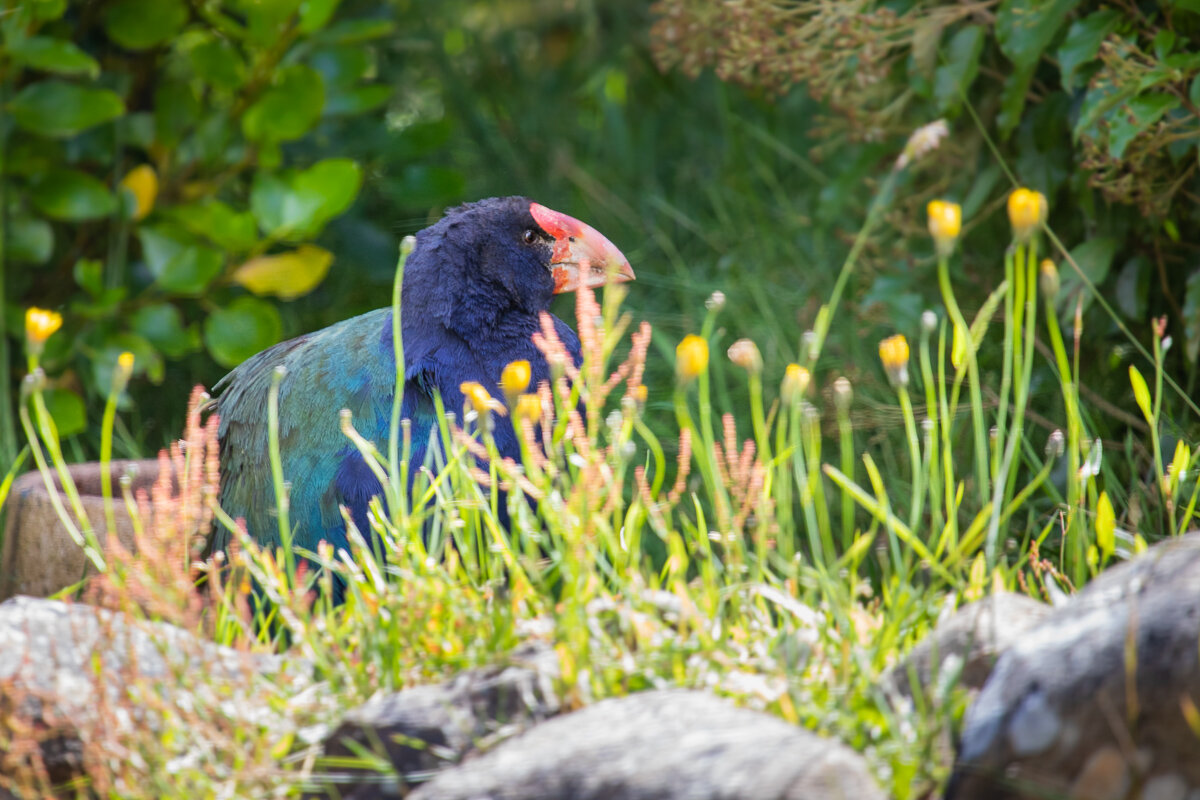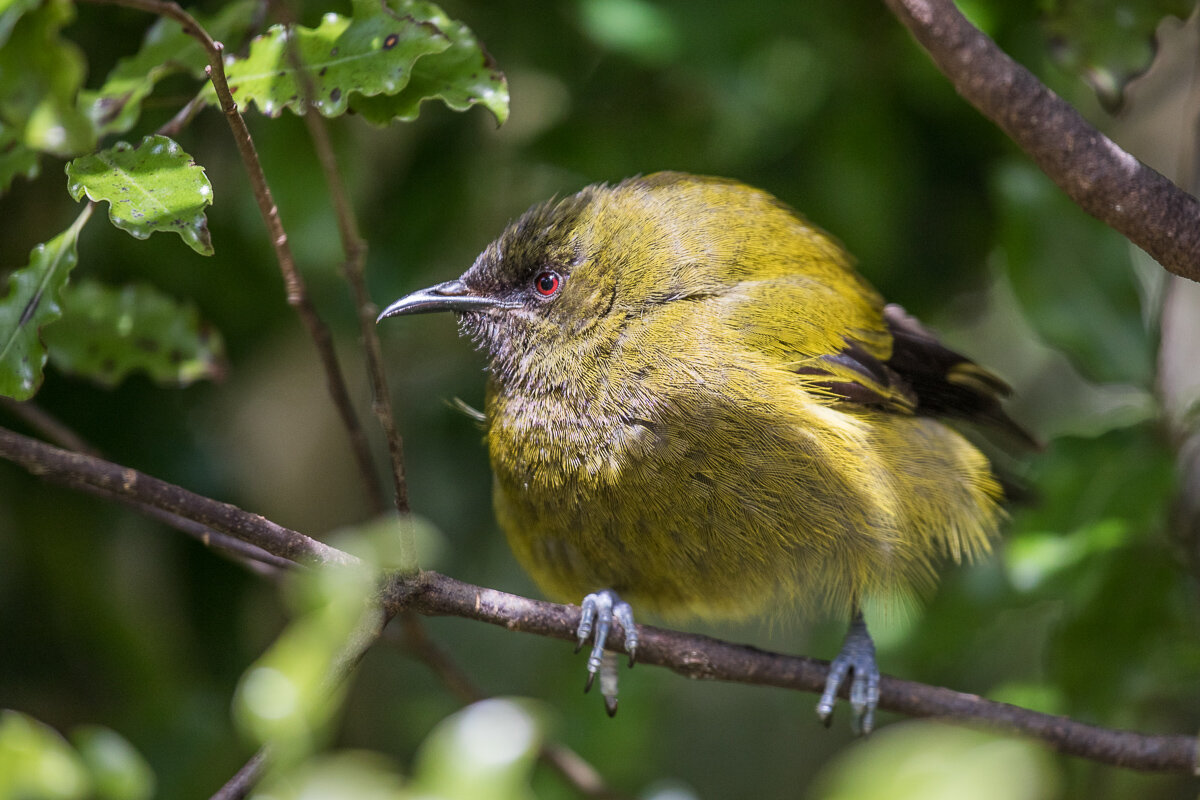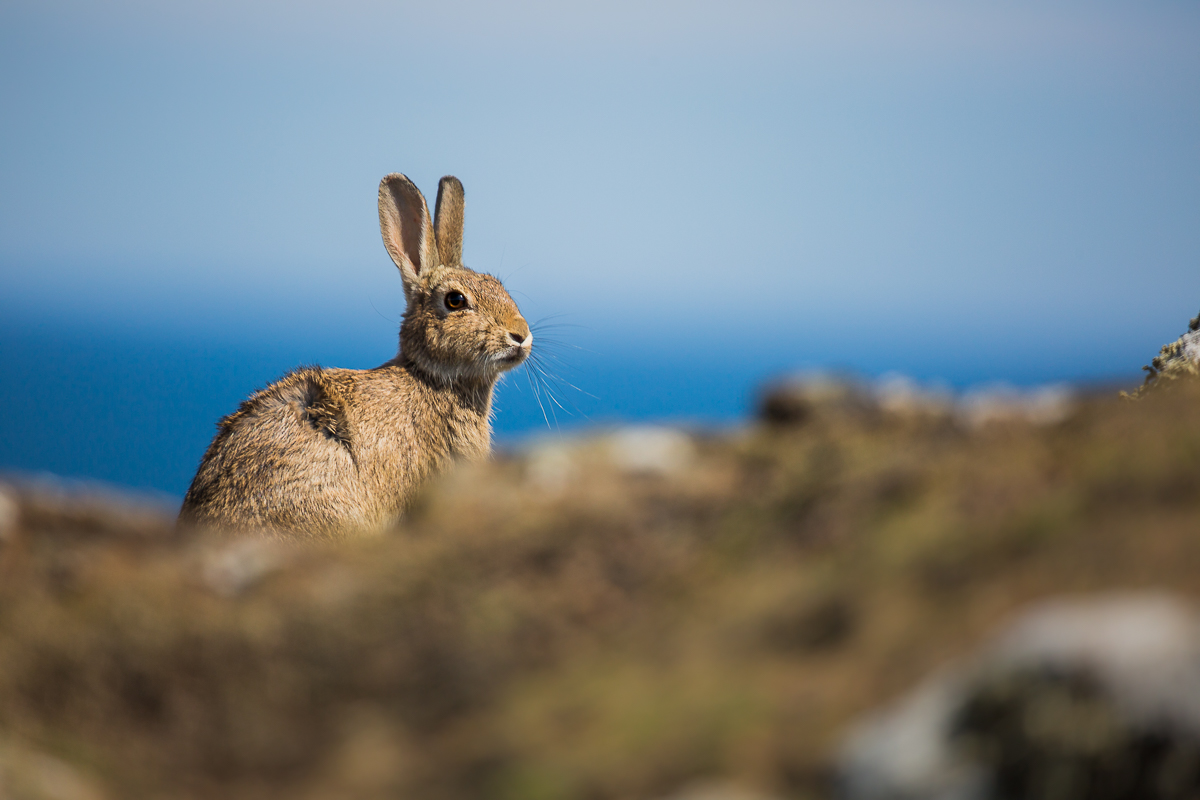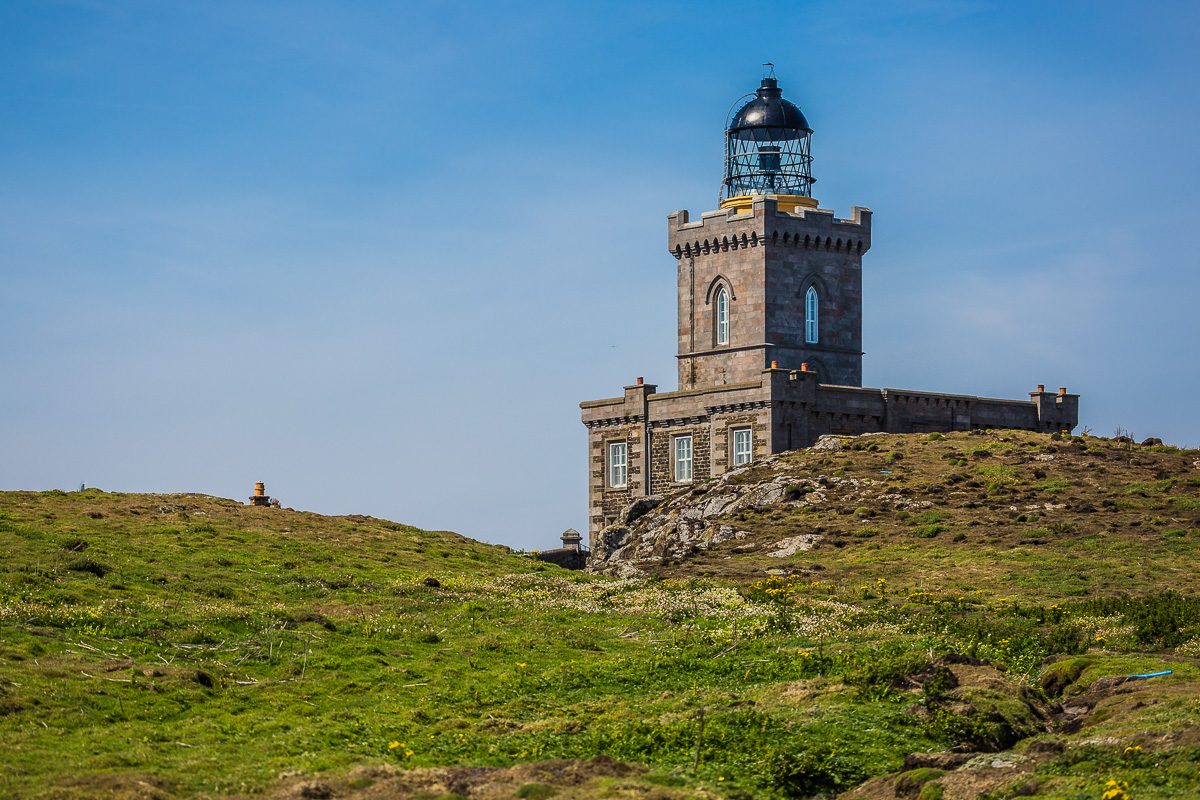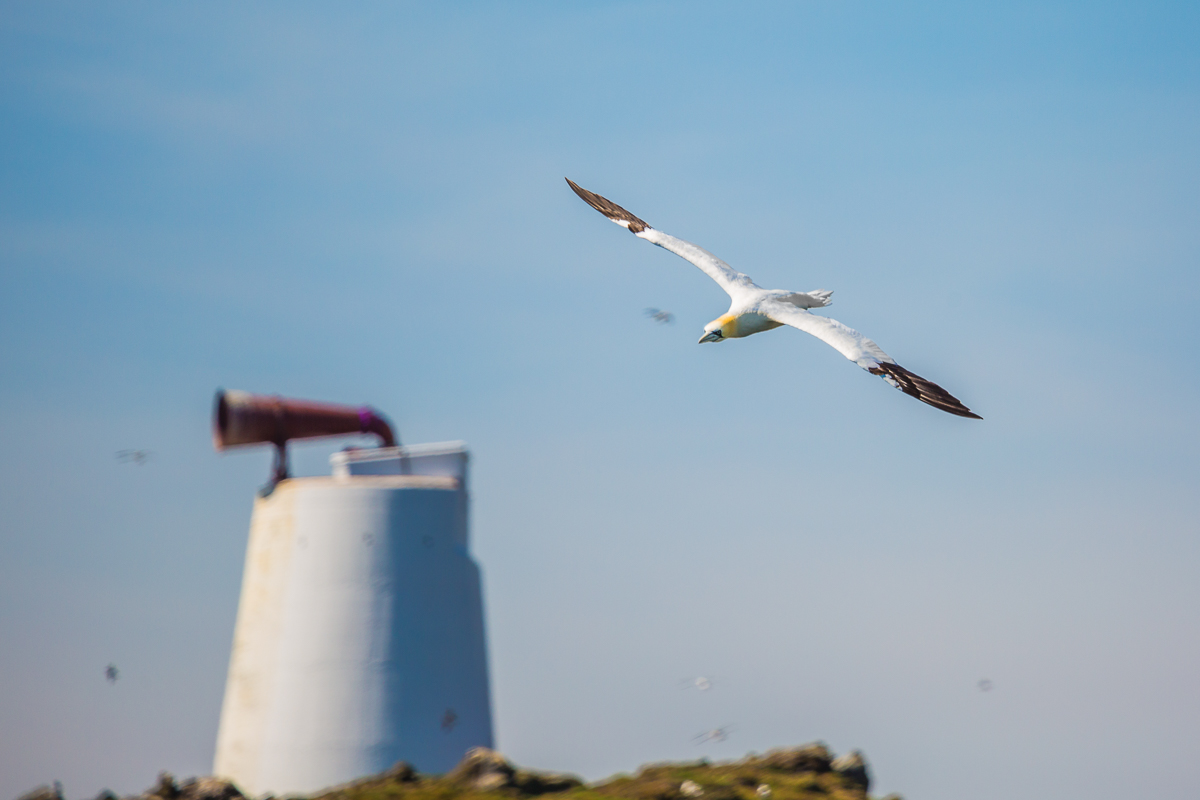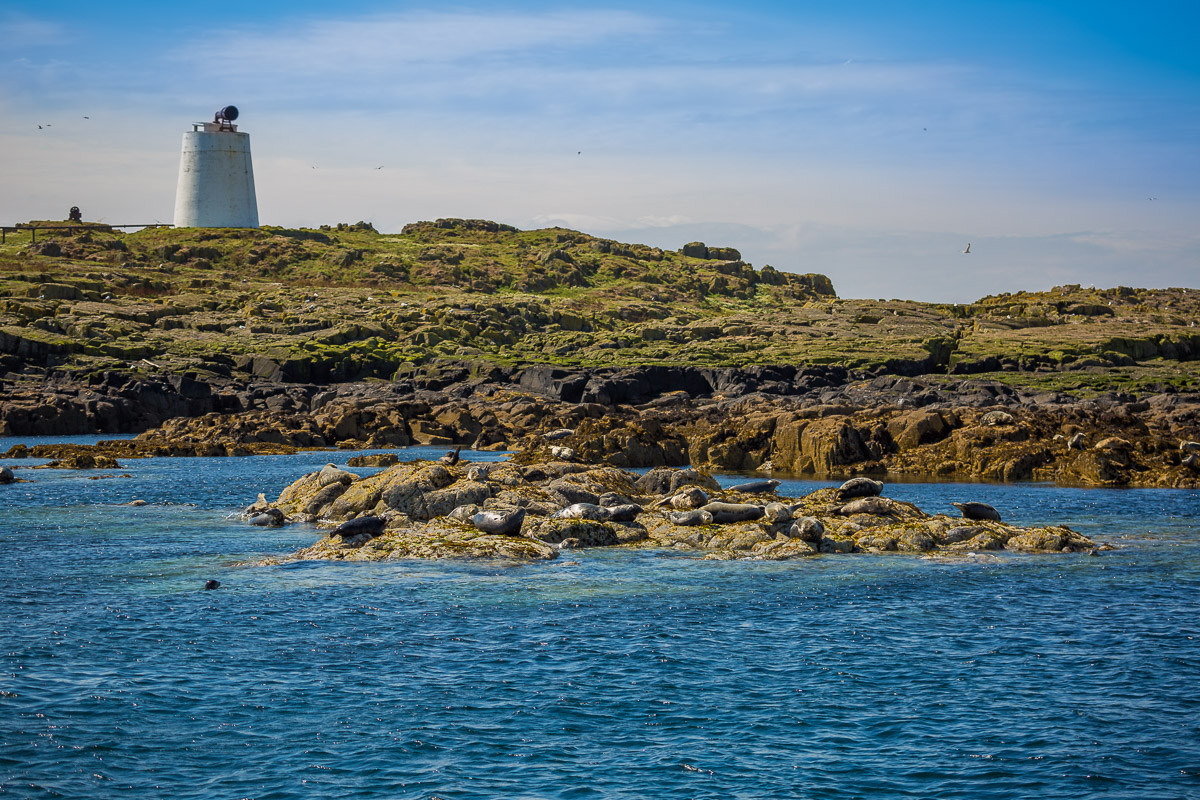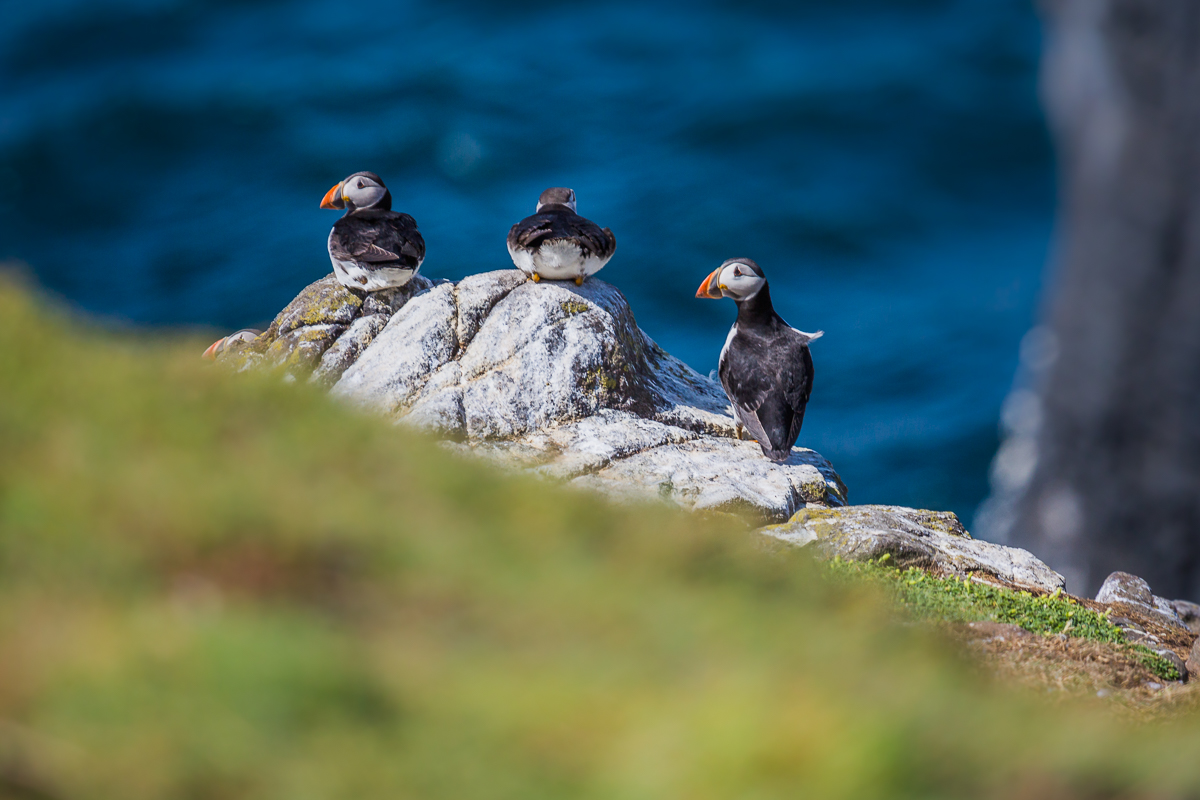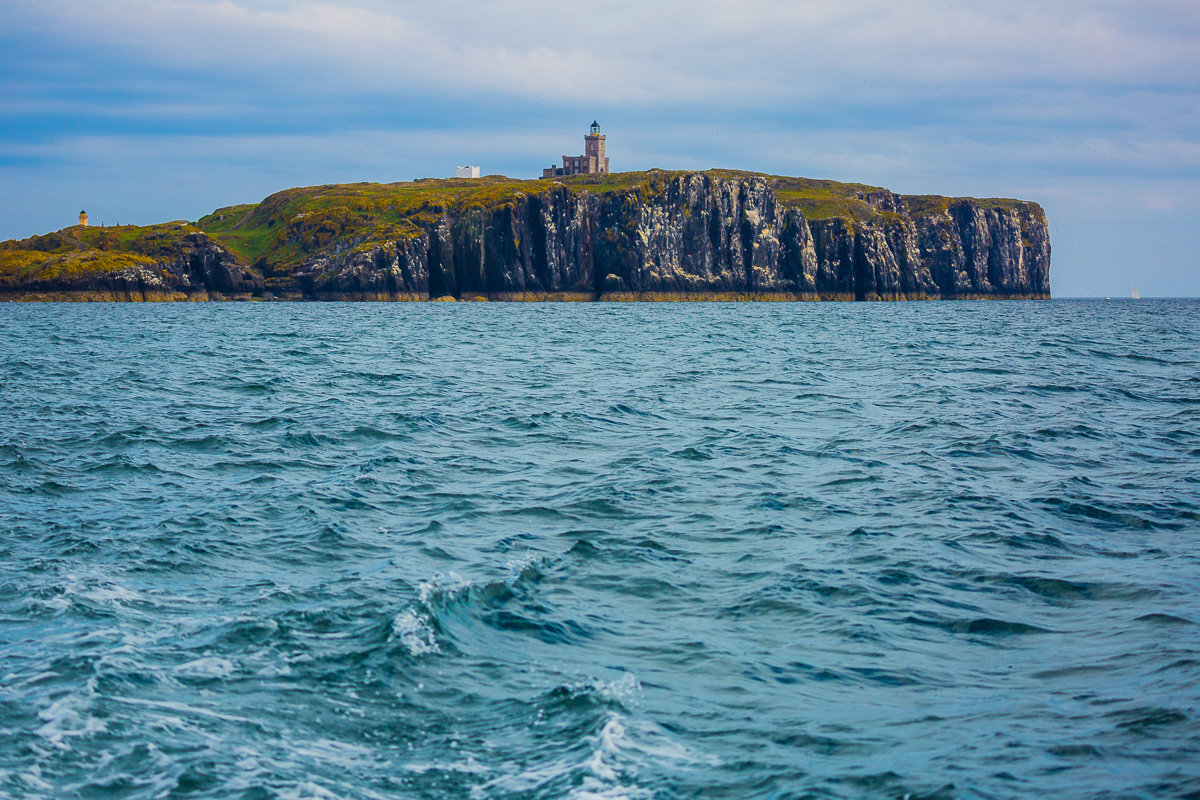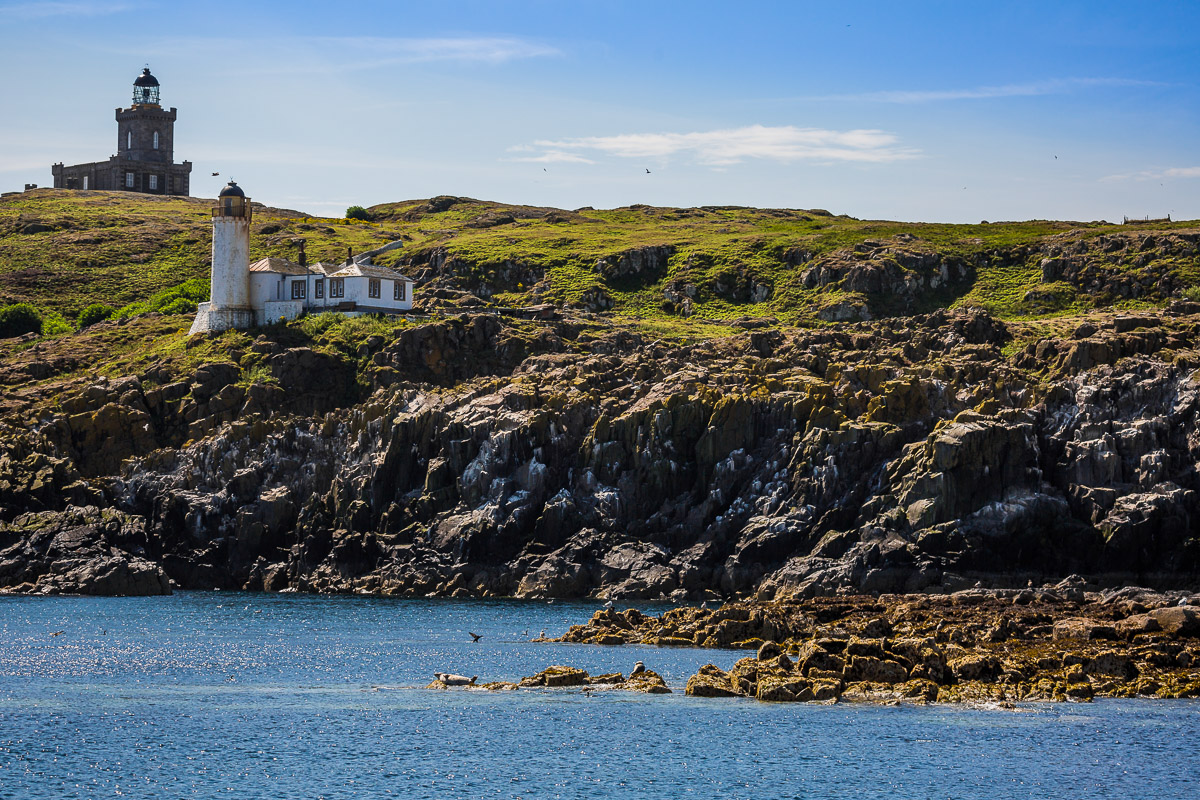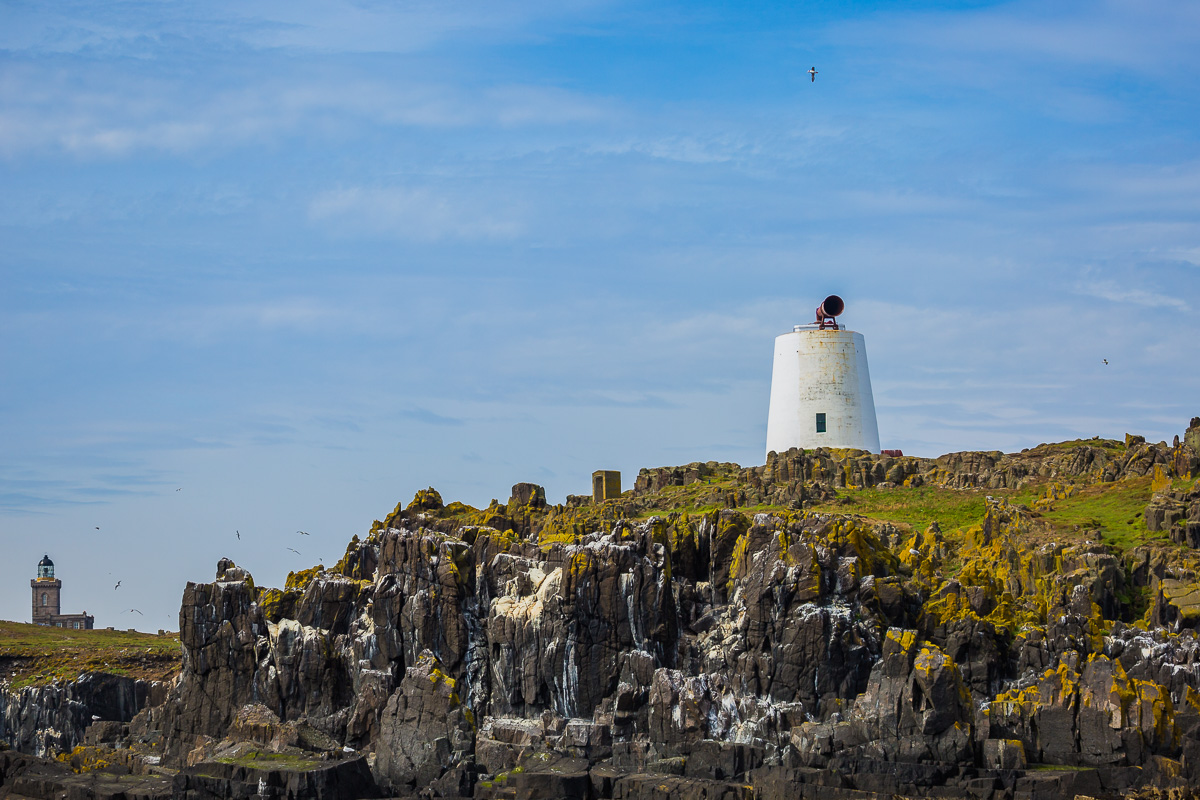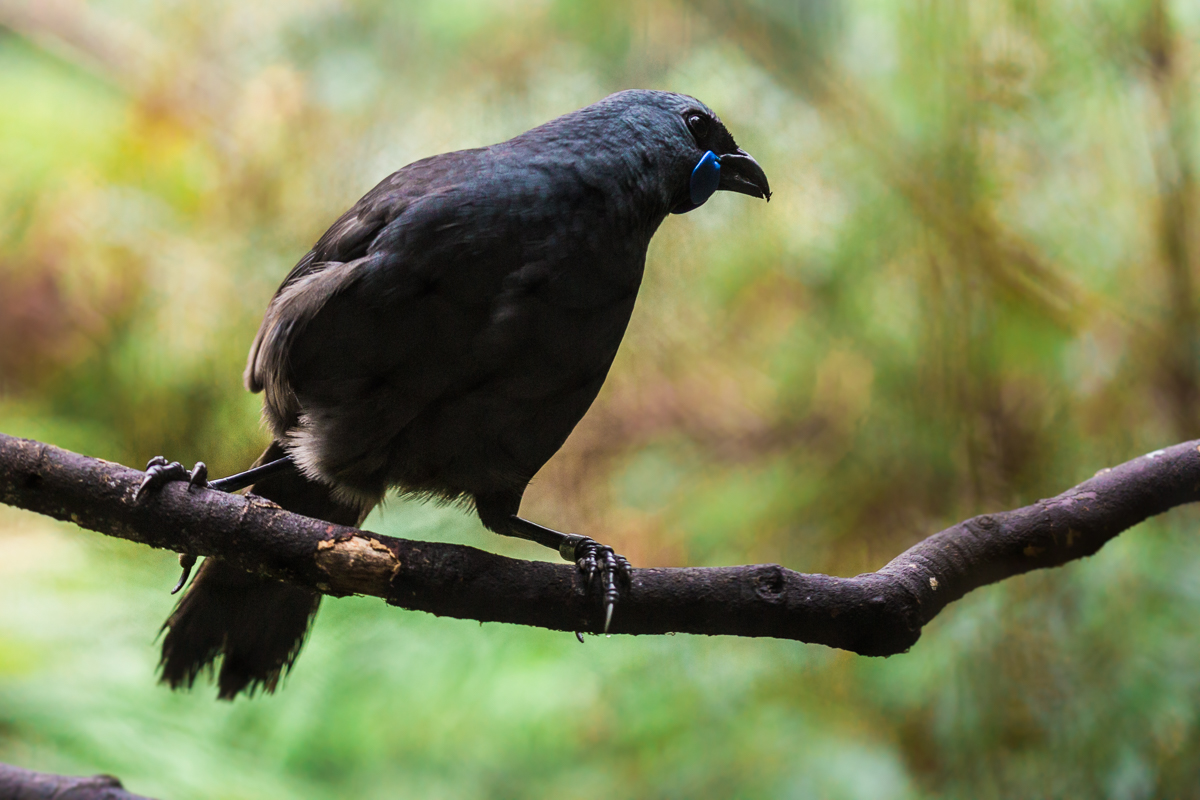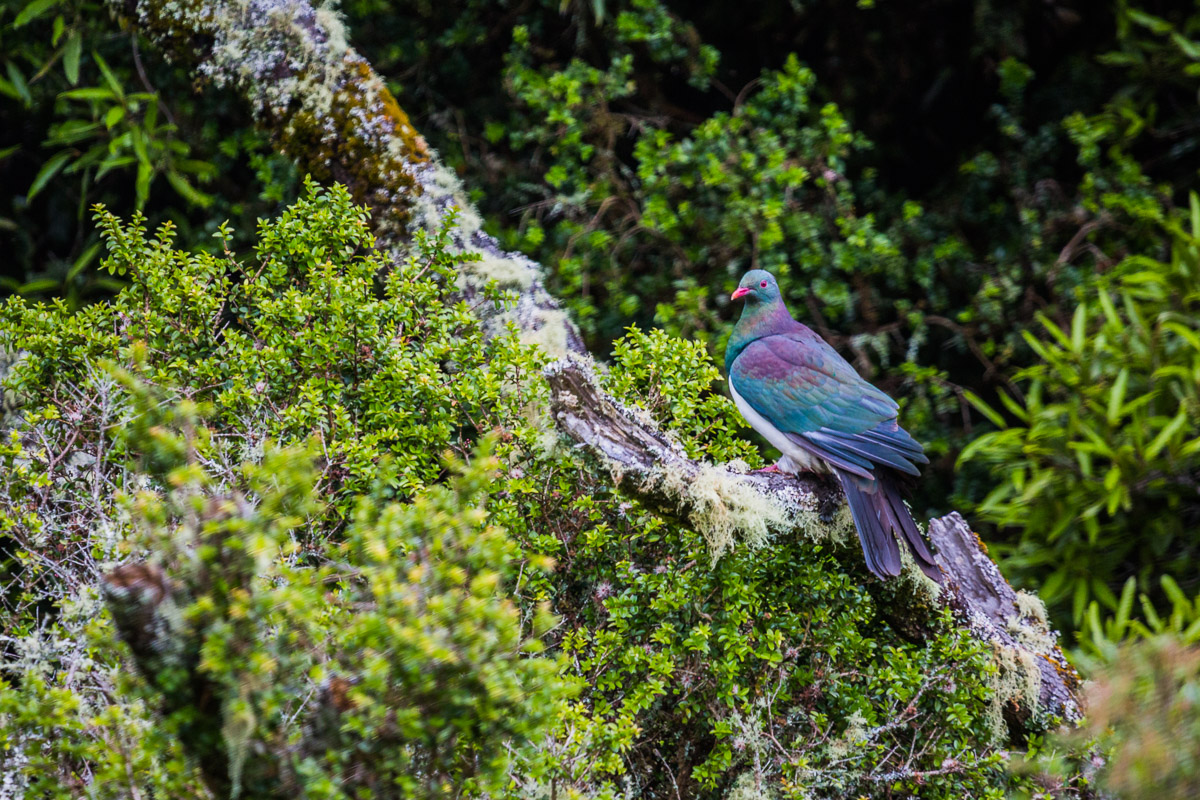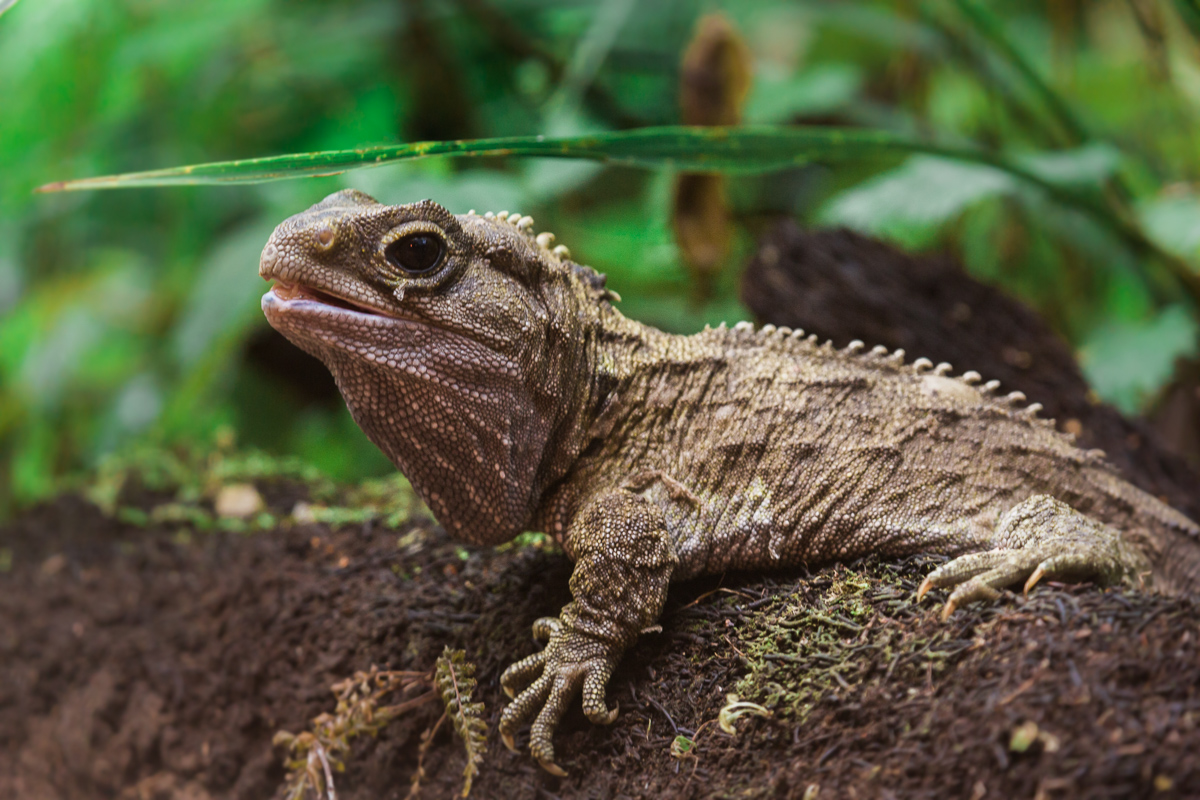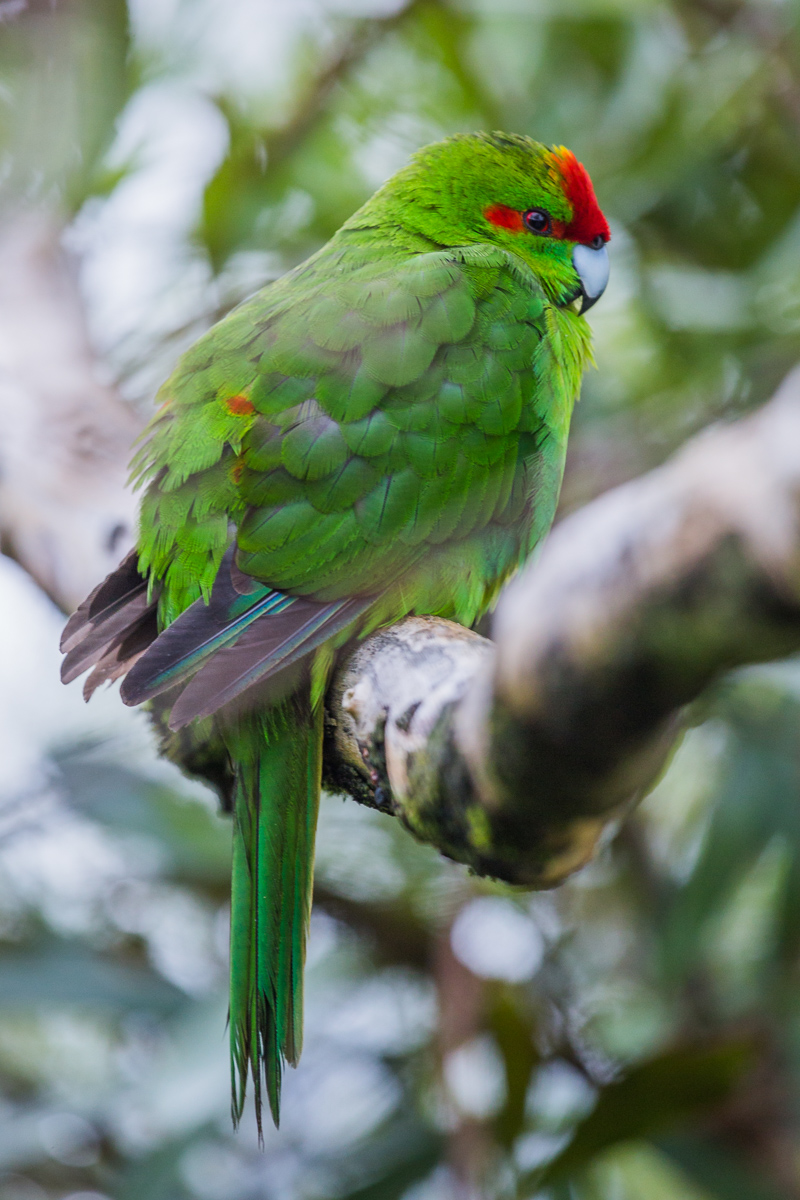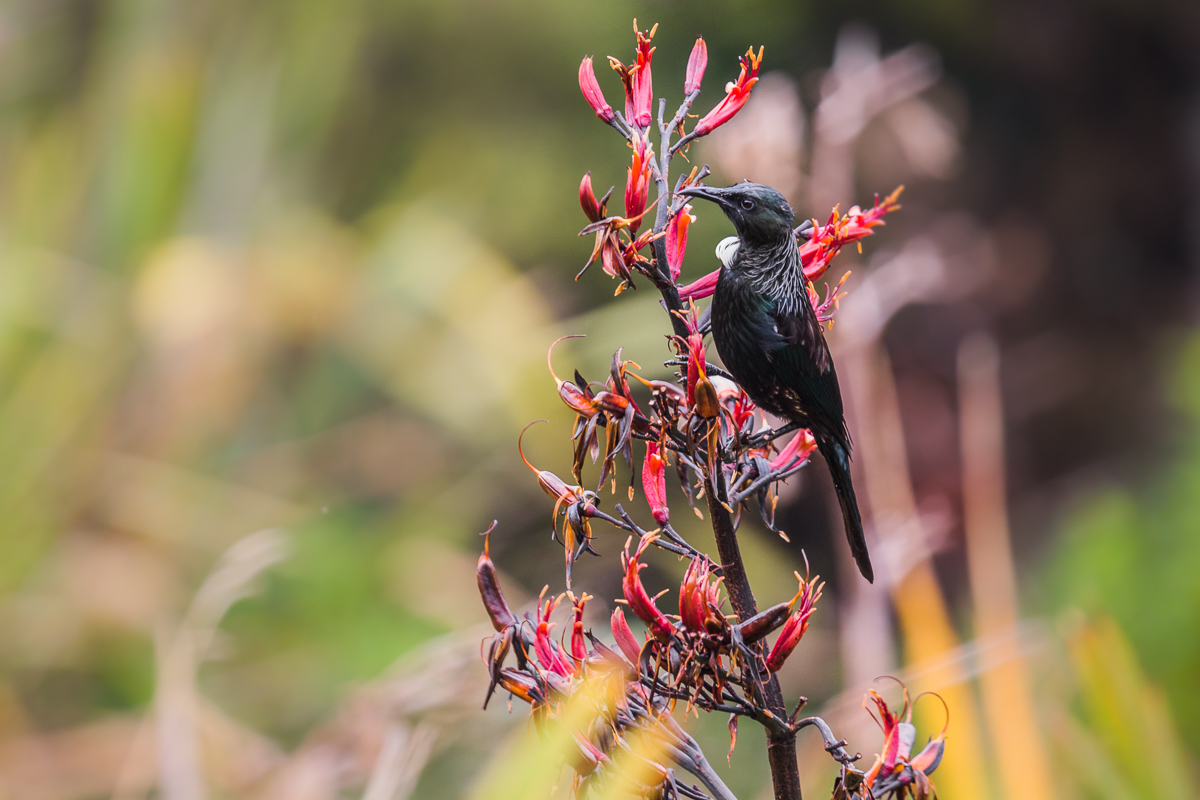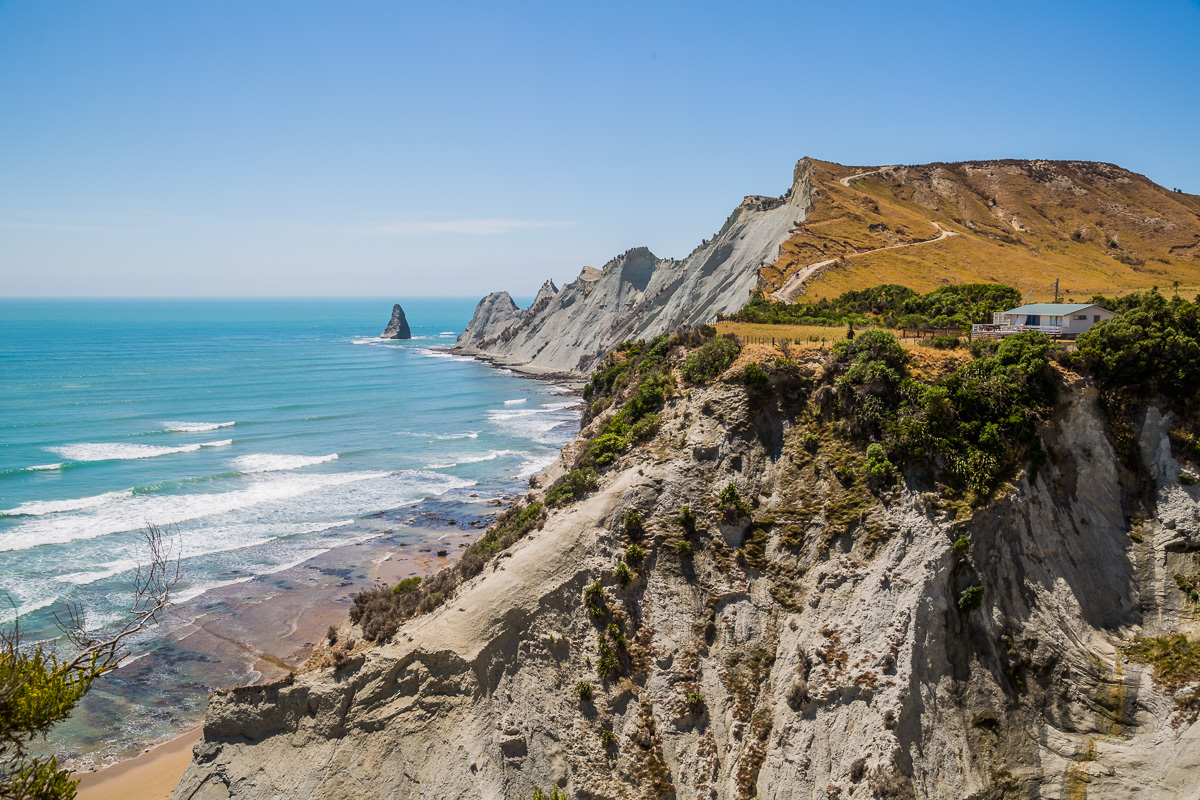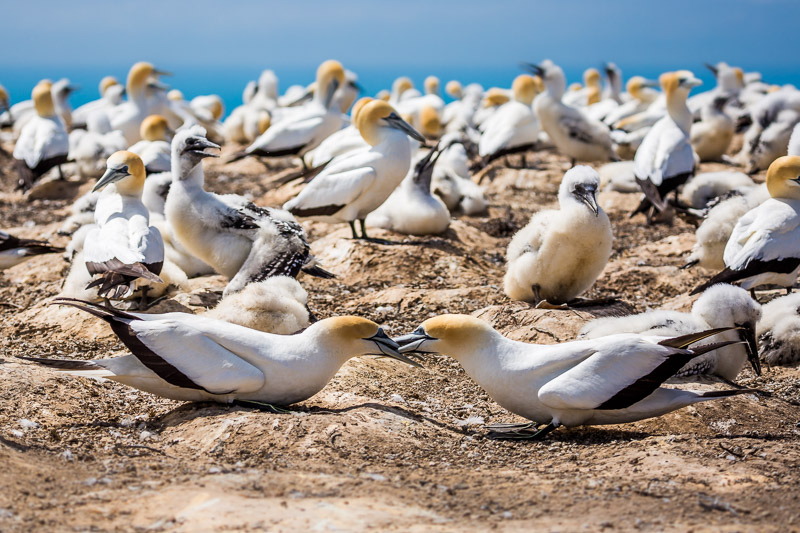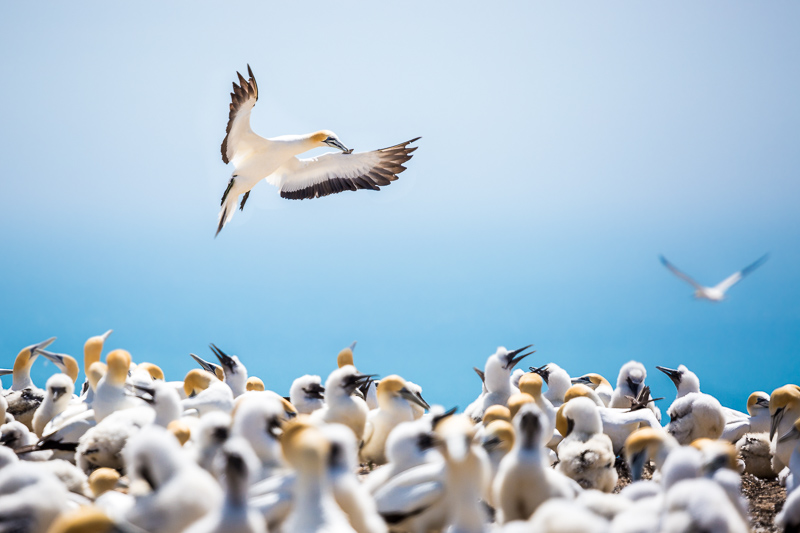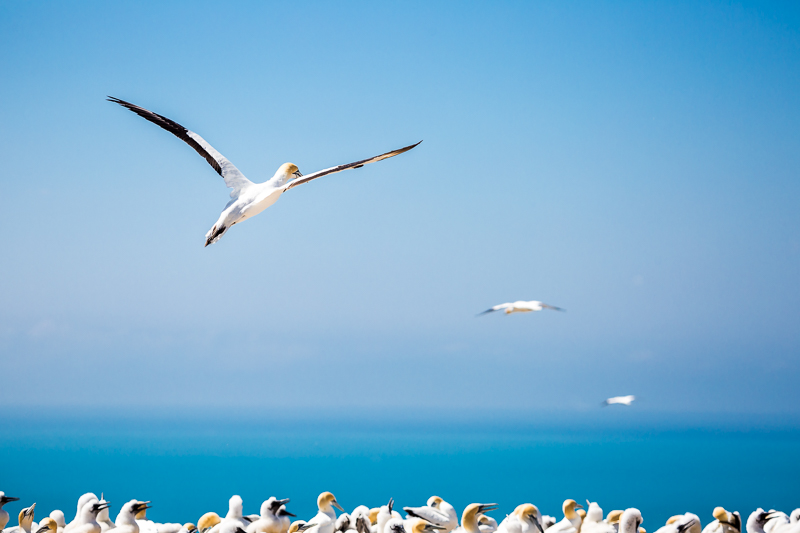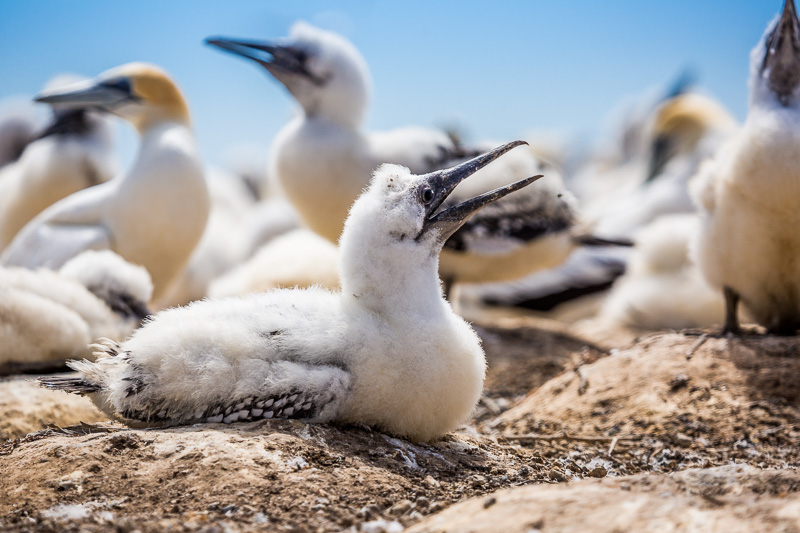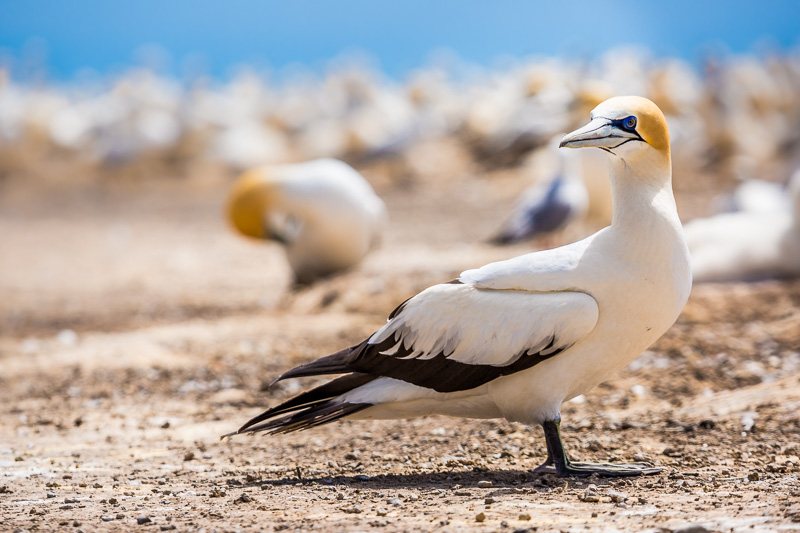In Kings Canyon National Park, I had the privilege of photographing the chipmunks, American robins, Western Bluebirds, and White-headed woodpeckers that inhabit the park’s forests. The forests at this park offered some really incredible lighting for some of the images - particularly the contrasted side lighting in the chipmunk images I am sharing here. Join me through a little walk in the woods where we encounter a range of inhabitants of this beautiful valley…
birdwatching
An Oasis Full of Birds
Fortynine Palms Oasis in Joshua Tree National Park, which I featured in my last blog post, is a rare and special place where desert wildlife unexpectedly thrives. One of the highlights of the oasis is the diverse range of bird species that call it home. Some of the most common include the Cactus Wren, which is known for its distinctive cactus-like nest, and the Black-throated Sparrow, which is often heard before it is seen due to its melodious song. I was also incredibly lucky to spot a kestrel amongst the fronds of the Californian fan palms, but didn’t get a good enough shot!
Memories of Sunnier Summer Days
Brrr! It sure has been cold outside these days! (For those of you who are not in the US, much of the country has been facing some serious ice storms this week). Although I do love the cold - and especially the snow -, I thought it might be a good idea to share some images of a warmer summer day at La Jolla Cove in San Diego. So, huddle up in your warmest layers and join me as I share some images of the incredible marine life of California, including sea lions, pelicans, cormorants, and even an osprey.
Pelicans at La Jolla
There’s something so captivating about the highly contrasted golden light that follows a dramatic sunrise. Following on from my previous post, where I shared some images of the cormorant colonies at La Jolla Cove, this week I want to showcase this stunning light on the local California brown pelicans.
The birding enthusiasts among you will quickly note that these birds are not in breeding plumage. This visit was late in the summer, after the chicks were fully fledged and looking almost indistinguishable from the adults. However, I have plans to return in January next year to see them in all their breeding plumage splendour. Here’s to hoping that the stunning light makes up for their drab feathers this time!
Last Stop in Aotearoa
The Nelson Lakes National Park was the final destination on our travels through the South Island of New Zealand. The region is known for its large lakes with crystalline waters. In the winter, it also serves as a ski destination, nestled perfectly between the lakes and the surrounding alps. An excellent way to end our time in Aotearoa, and one of the very final places we had left to see here.
Keep an eye out for my blog posts over the next few weeks to see what I’ve been up to since moving all the way from New Zealand to the United States!
Abel Tasman Surroundings
The Abel Tasman region of New Zealand has many wonderful views to offer - green countryside, perfectly transparent water springs, and orange sand beaches! It is also at the very top of the South Island, meaning it has milder climate than most of the remaining island, and warm summers. Besides, the biggest city in the region, Nelson, has some of the best restaurants and wineries in all of New Zealand. It is no wonder the place is so popular with holidaymakers and retirees!
Below are just a few of my images from my brief visits to the Te Waikoropupū Springs and two of the local beaches…
West Coast Wildlife
New Zealand’s West Coast is full of opportunities to observe the local wildlife - from the friendly South Island robins and curious weka, to crowded colonies of New Zealand fur seals. In this blog post, I have gathered only a few of my images of the fauna that inhabit this special corner of Aotearoa.
Pancake Rocks and Their Inhabitants
These rock formations in New Zealand’s West Coast are, of course, named after their looks - they look like stacked rounded layers somewhat resembling pancakes. Pancake Rocks even boasts a suitably-themed pancake-serving café near the entrance to the park. I visited on a stormy evening and, although the weather left much to be desired, the white-fronted terns (Sterna striata) that inhabit this location more than made up for the moody skies.
Royalty of the Wetlands
Rare as they are, even in their full breeding plumage, I’m afraid White Herons still can’t compete with Royal Spoonbills (Platalea regia) in my books. It’s a matter of personal opinion, of course, but to me these enormous birds are the uncontested kings and queens of the wetlands. I thoroughly enjoyed photographing these avian giants swooping between their nesting sites, and occasionally fighting each other, during our birdwatching tour with White Heron Sanctuary Tours.
Kotuku Breeding Colony
The Kotuku, or White Heron (Egreta alba modesta), is commonly found across Oceania and Asia. However, they are not usually seen in their plumage, where they gain exaggerated wing feathers and a blue tint to their faces. There is only a single breeding colony of White Herons in New Zealand, located in the Waitangiroto Nature Reserve. Access is only possible with a guided White Heron Sanctuary Tour, as the land is under protection of the Department of Conservation. The tour is certainly worth it, as it is a pretty guaranteed way to view dozens of Kotuku pairs courting, nesting, and tending to their chicks. We were there during peak courtship time, and so also caught the full spectacle of the species’ breeding plumage. Our visit took place in mid-morning, meaning light was a bit harsh, although that did make for some very dramatic images.
Birdwatching at Sea
During a whale-watching cruise in Kaikoura, I photographed a number of seabird species that inhabit these coasts. Some of those migrate long distances each year, going as far as Antarctica. Here, I share some images of the Cape petrel, Northern giant petrel, Southern giant petrel, and the Subantarctic Black-browed Albatross. You can find more information about these birds at the Albatross Encounter Kaikoura website.
Birds of Dunedin
Dunedin, the so-called wildlife capital of New Zealand, is an excellent place to go birdwatching, especially seabirds. This is the home to Taiaroa Head, the world’s only mainland breeding colony of royal albatross. I paid a visit to the Royal Albatross Centre to see these magnificent animals up close, and although it was not the right time to spot chicks, it was still incredible to see these giants take flight so close by.
Orokonui Ecosanctuary
The Orokonui Ecosanctuary in Dunedin is an excellent place to meet some of New Zealand’s most charismatic bird species. This is an open natural reserve where endemic birds can live and breed in a large predator-free area. There are also plenty of bird feeders to supplement the birds’ diets. The many walks at the sanctuary can easily provide a whole day’s worth of birdwatching, and are definitely worth a visit.
An Island of Lighthouses
During my stay at St Andrews, I went on a daytrip to Anstruther and took the ferry to the Isle of May. It was a very sunny day, and although the light was not at its best, it was still a great opportunity to see some truly amazing vistas (including many lighthouses!) and photograph some wildlife along the way.
Here are some of my favourite images from the Isle of May, featuring the island’s incredible landscape.
Pukaha Mount Bruce Wildlife Centre
The Pukaha Mount Bruce Wildlife Centre is located in the region of Wairarapa. It houses a wide range of native New Zealand birds, including the rare kokako and takahe. It was a lovely afternoon stop on a cloudy day.
Here are some images of the New Zealand fauna which can be seen at the sanctuary.
Gannets at Hawke's Bay
Cape Kidnappers is the largest terrestrial colony of Australasian gannets. Every winter, adult gannets flock here to mate. They raise a single chick every year, which fledges by the end of April. Surviving chicks embark on a long trip to Australia’s southern coasts, where they will mature into adults, before they return to their colony of origin. Only thirty percent of all chicks return each year.
We spent our first morning of 2018 here whilst staying in Napier. It was a fantastic way to see in a new year, right up close to these giants with 2 metre wingspans.

